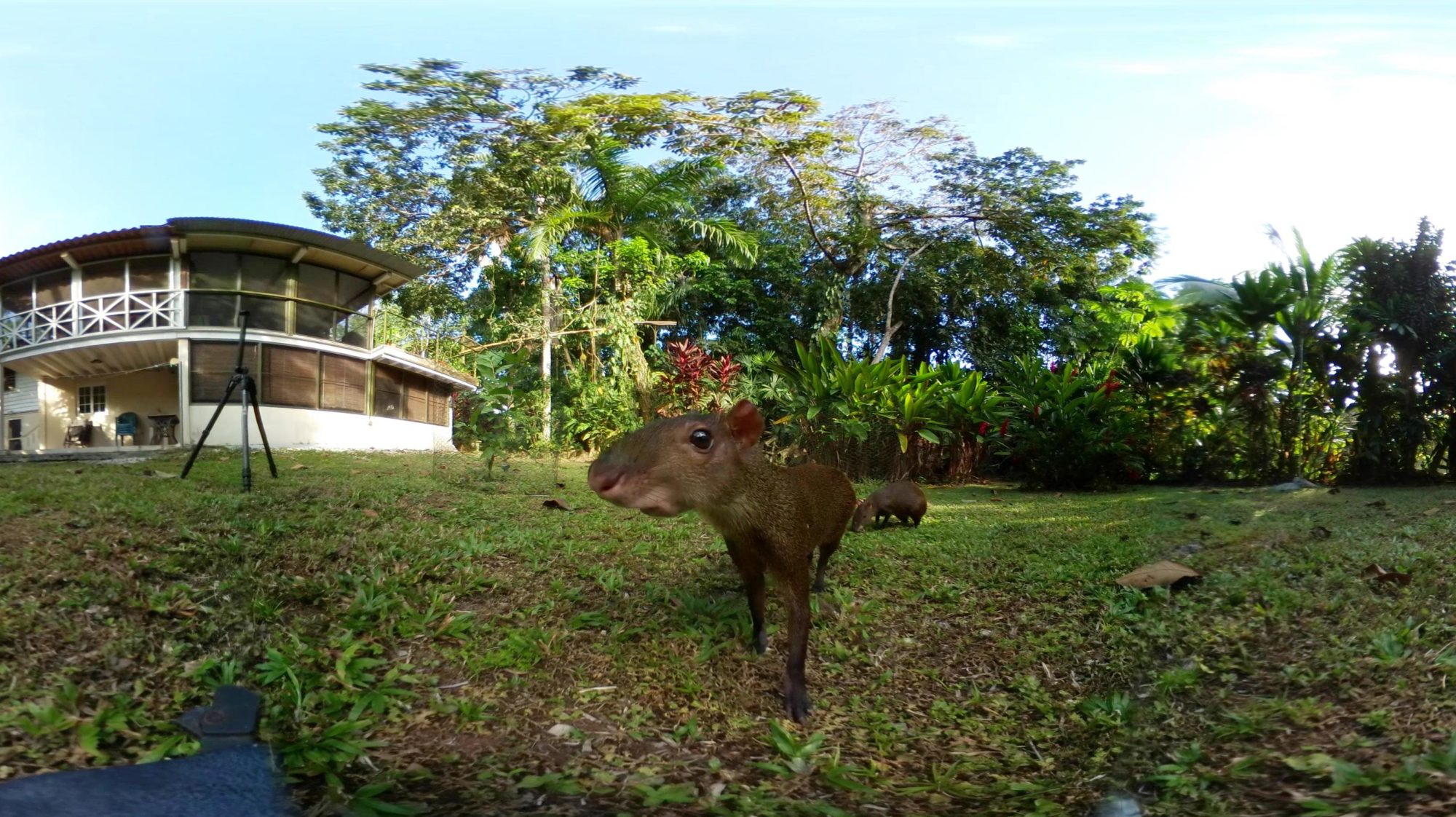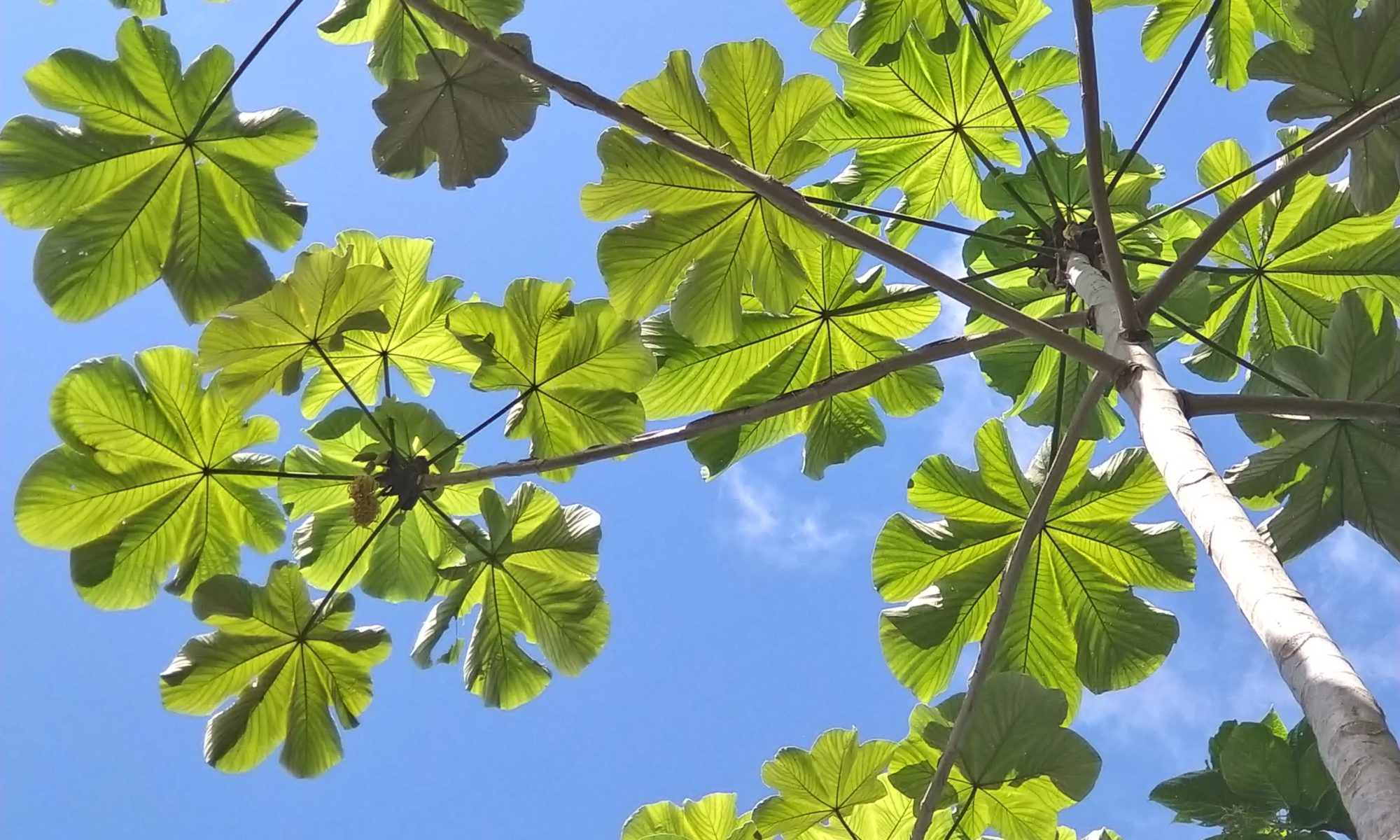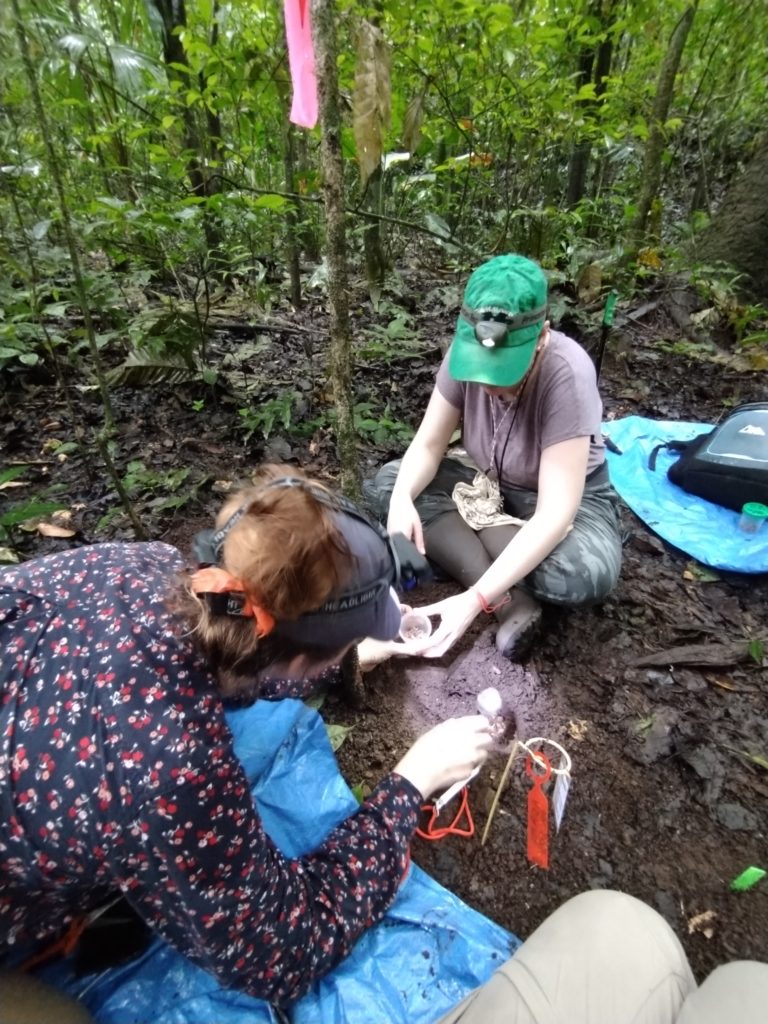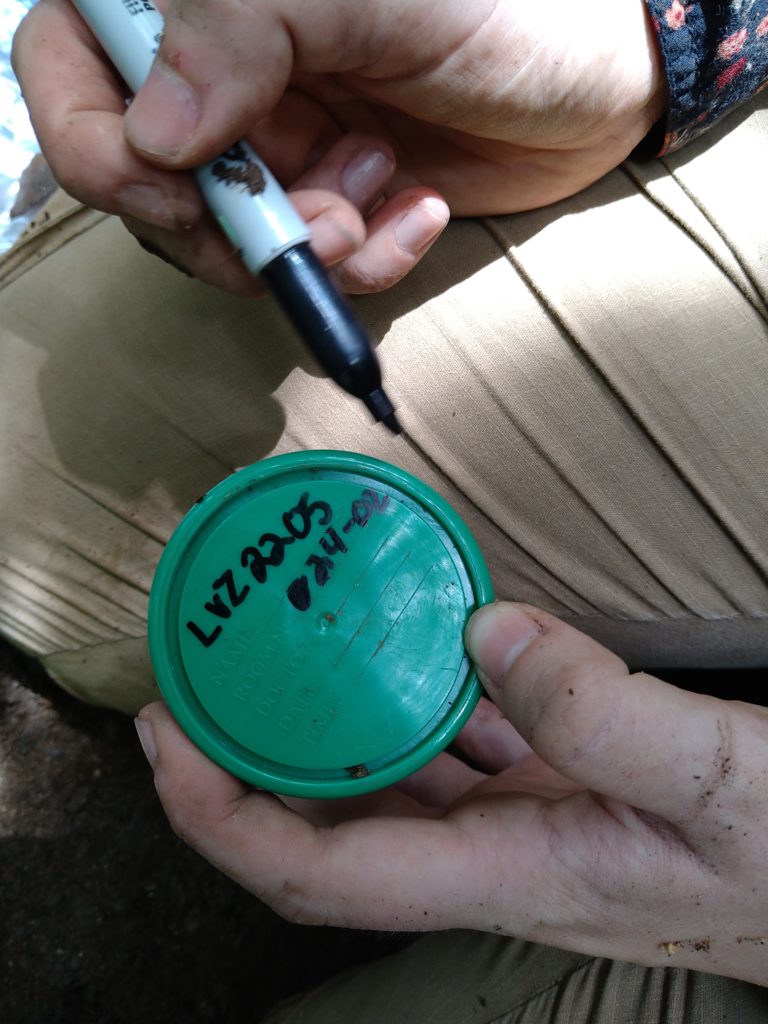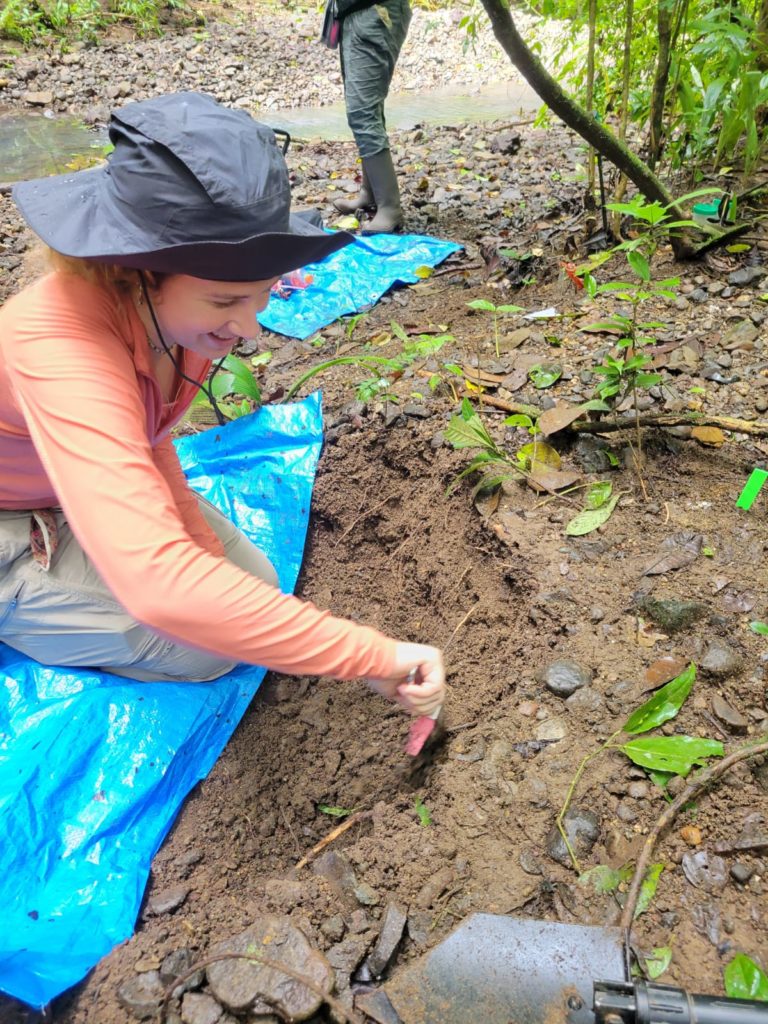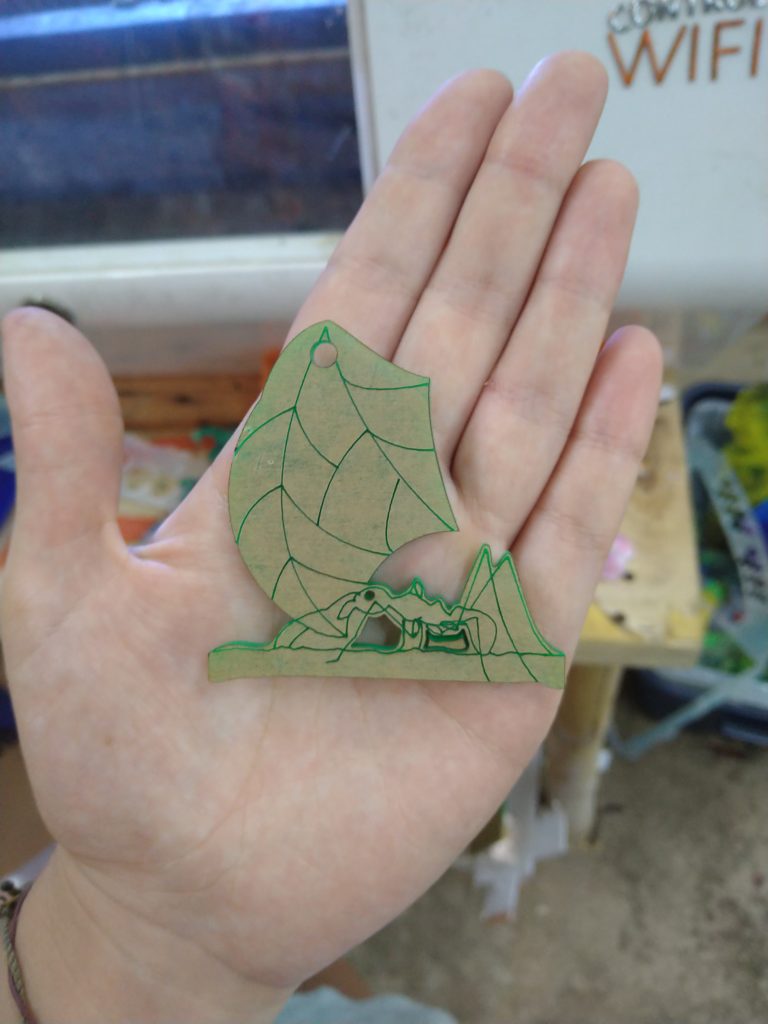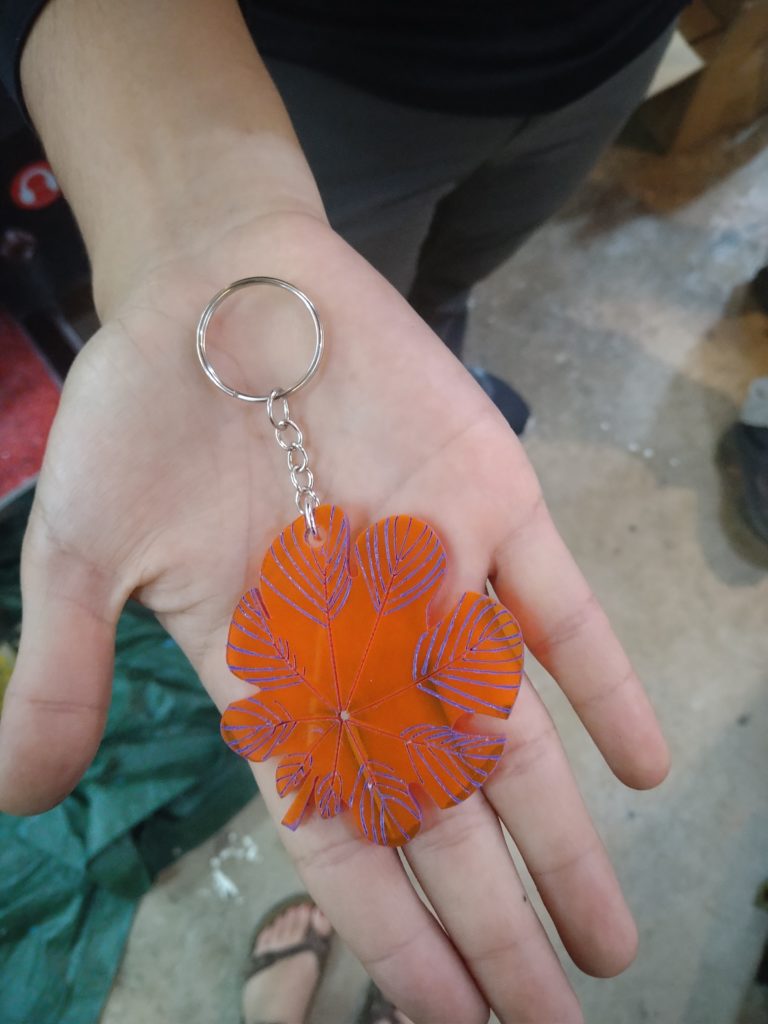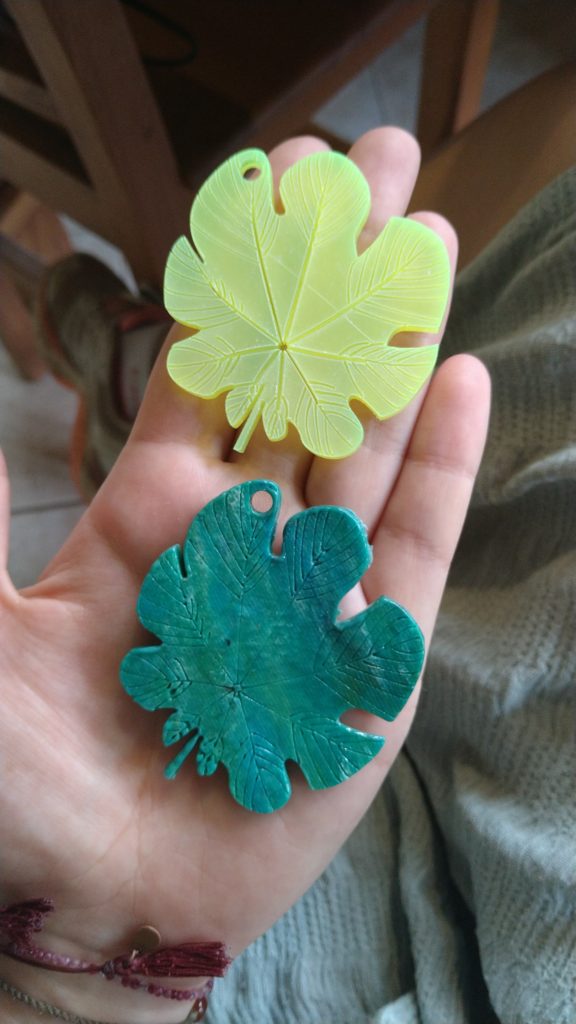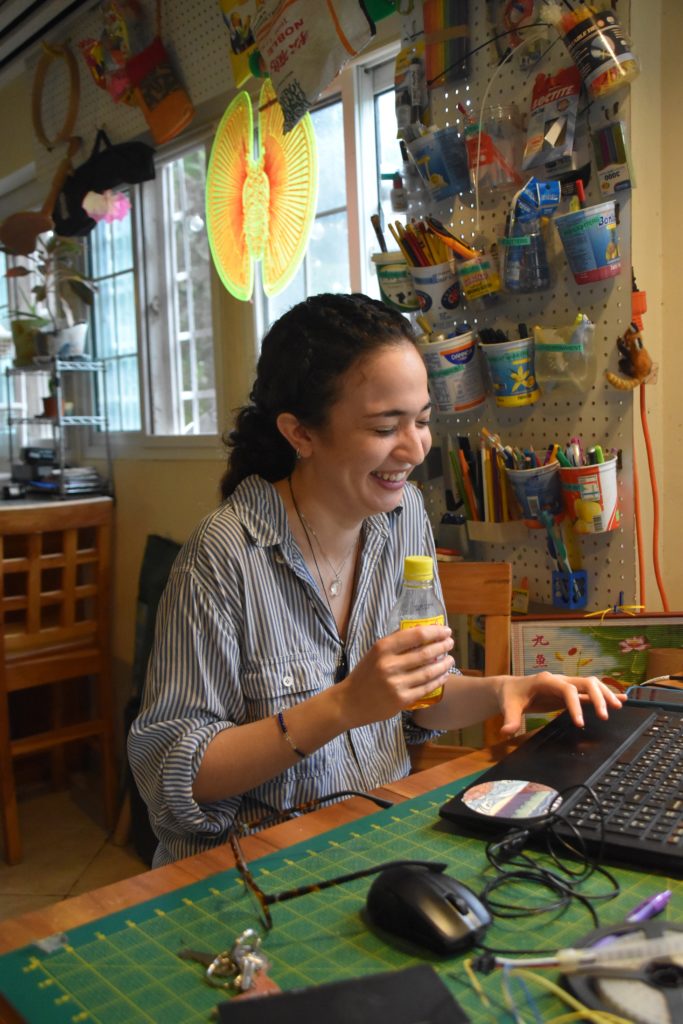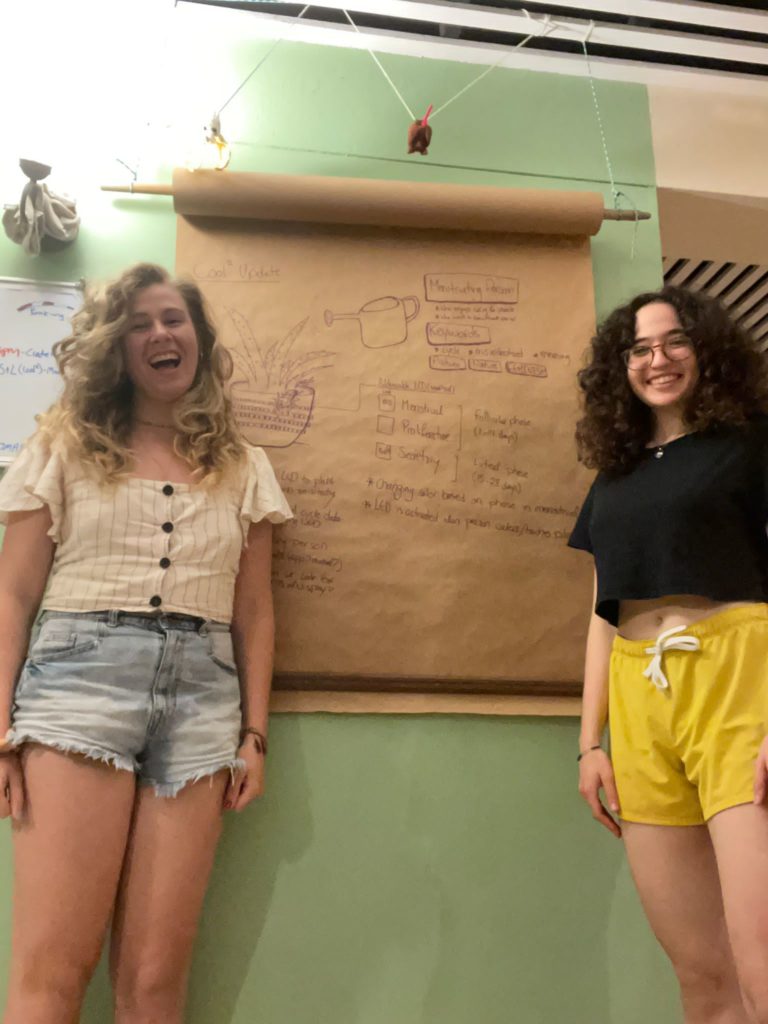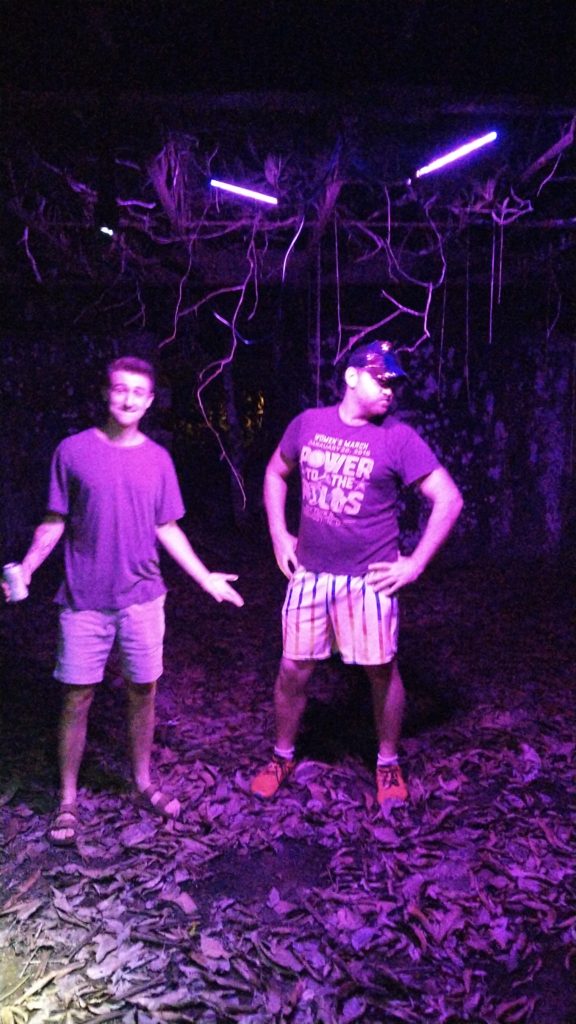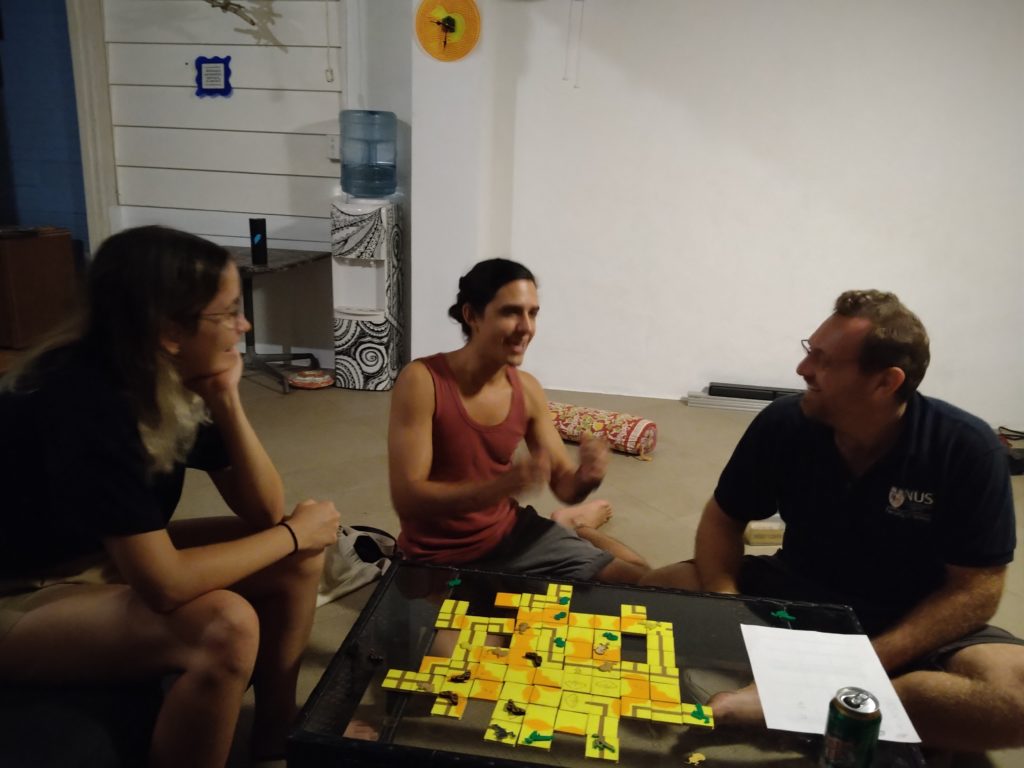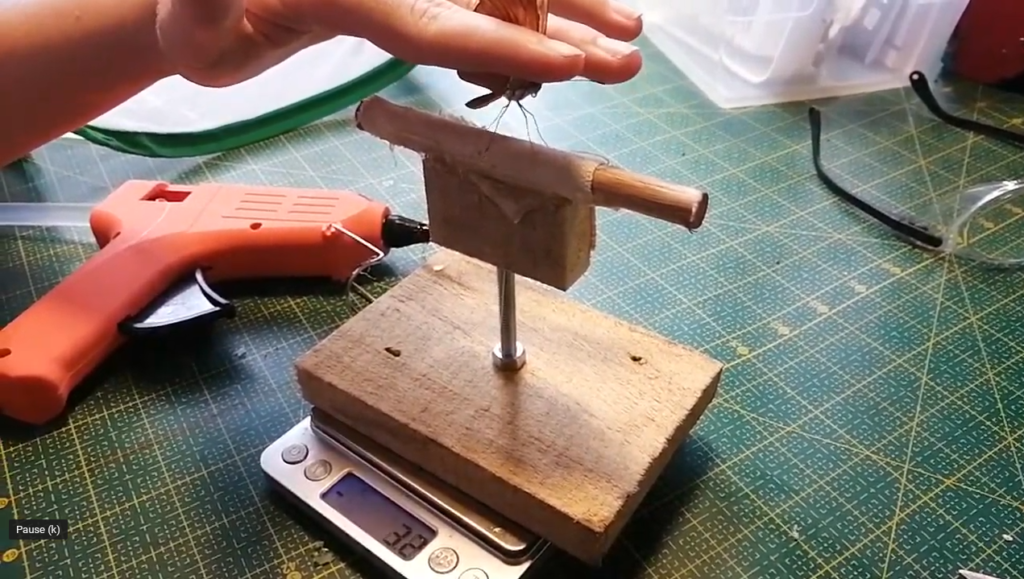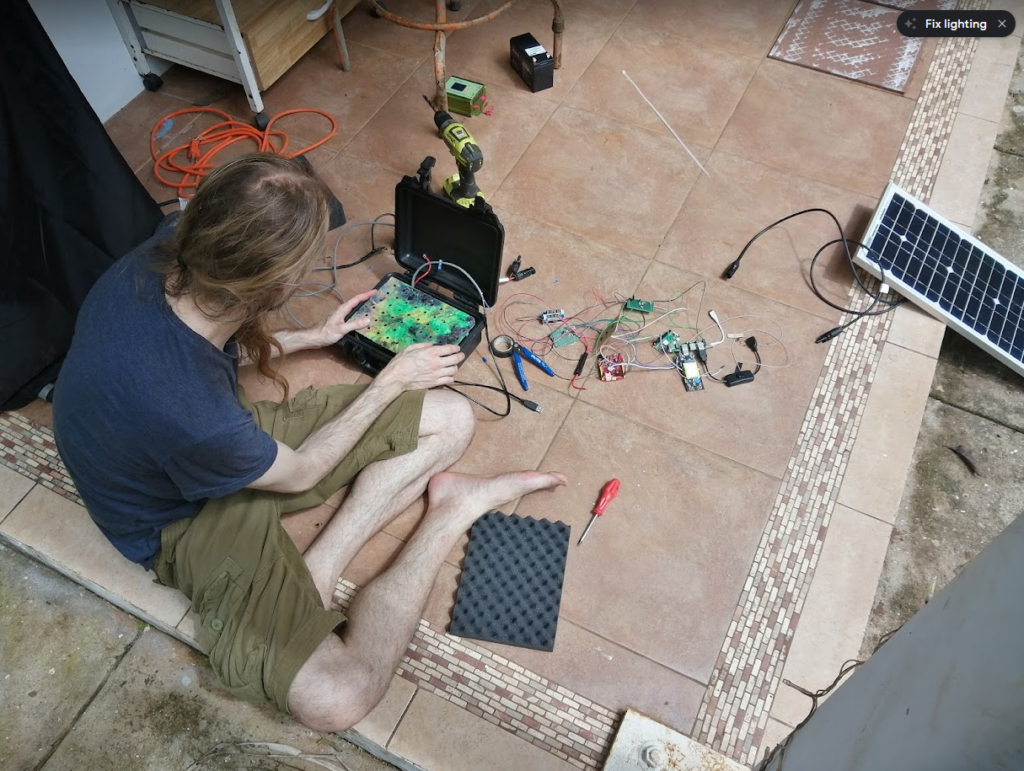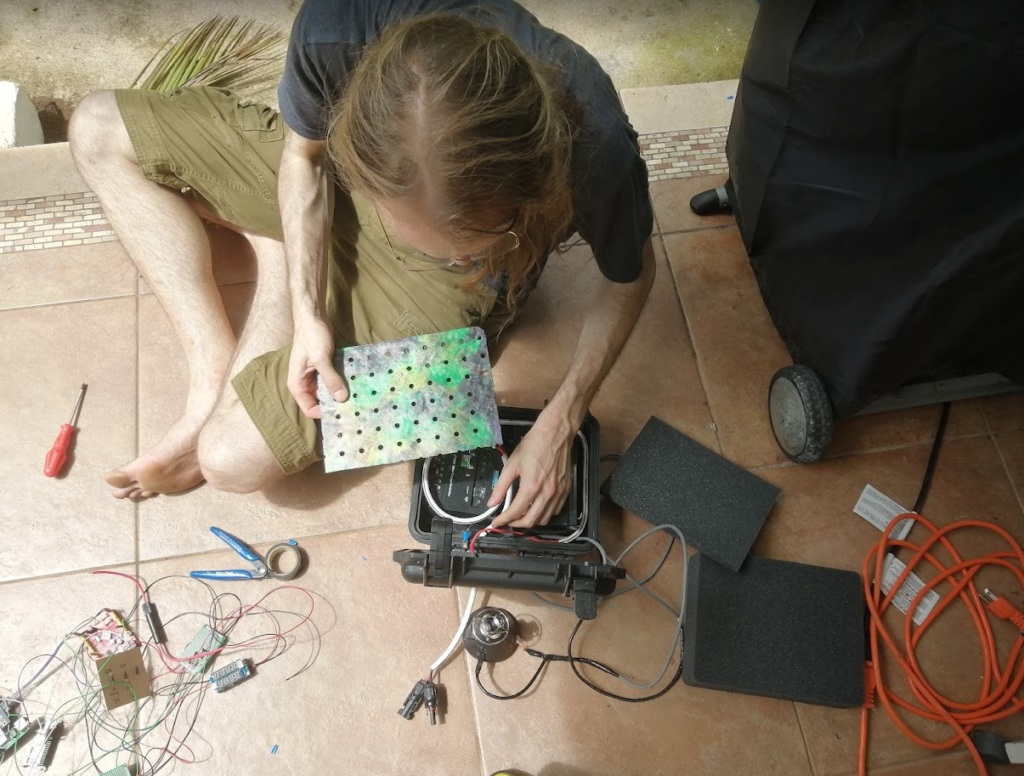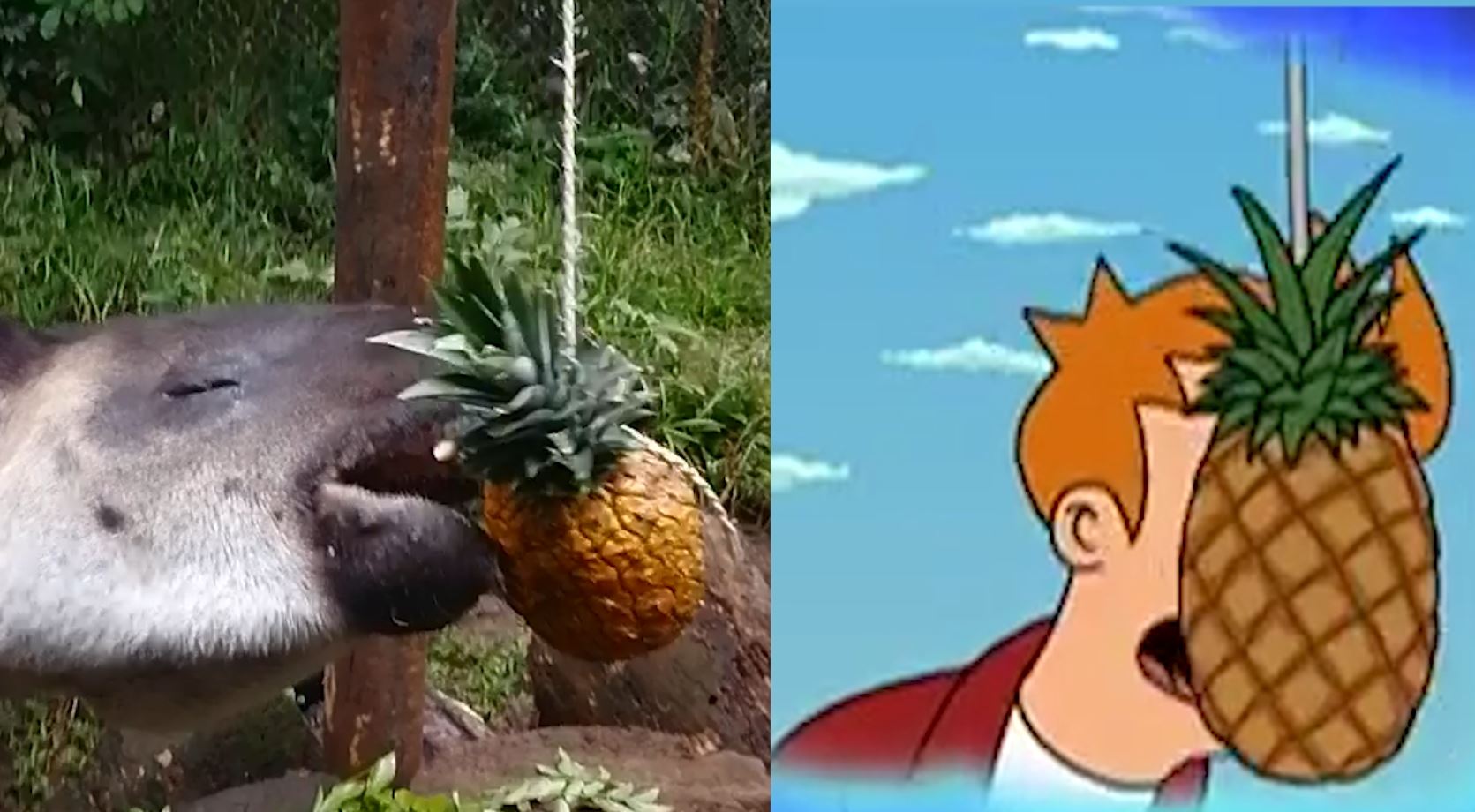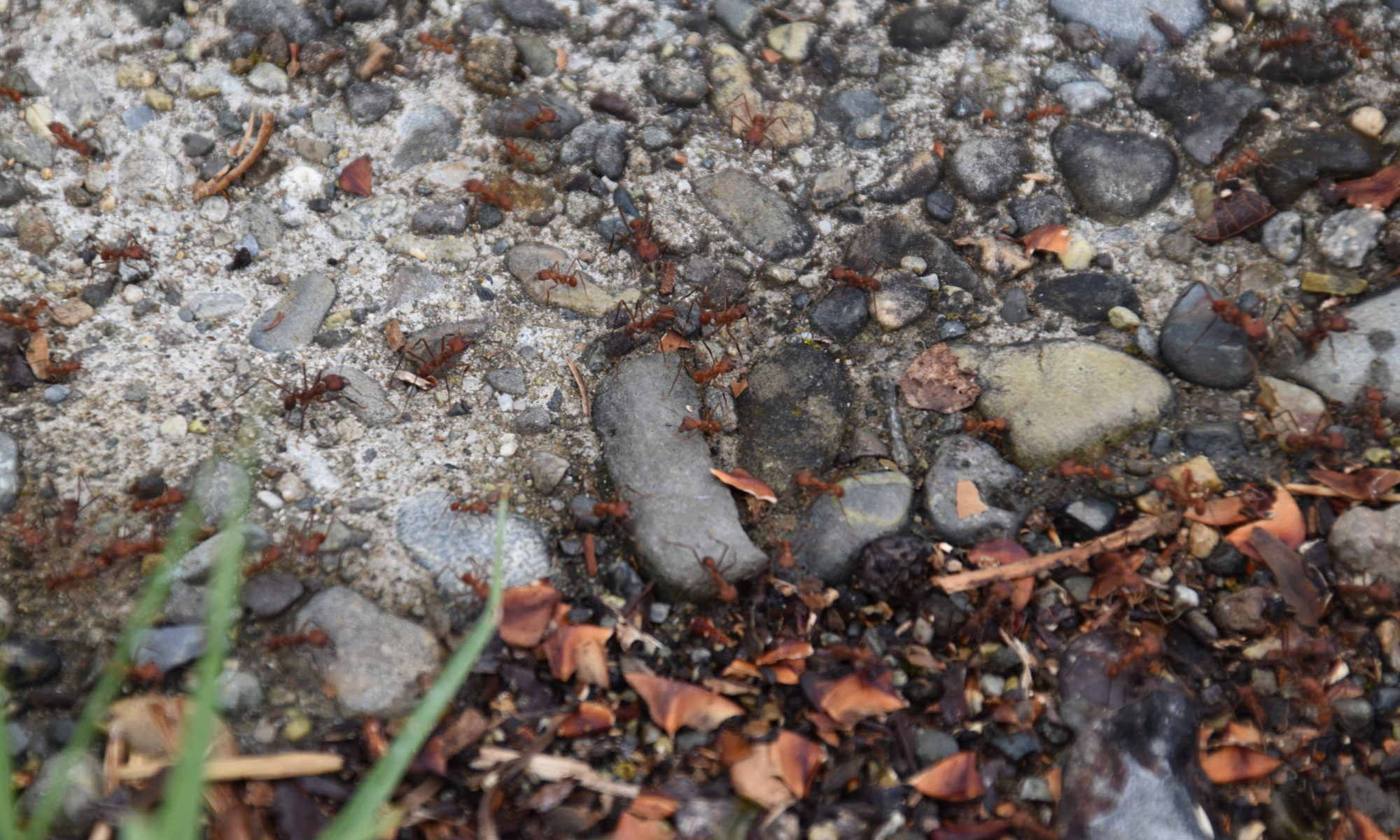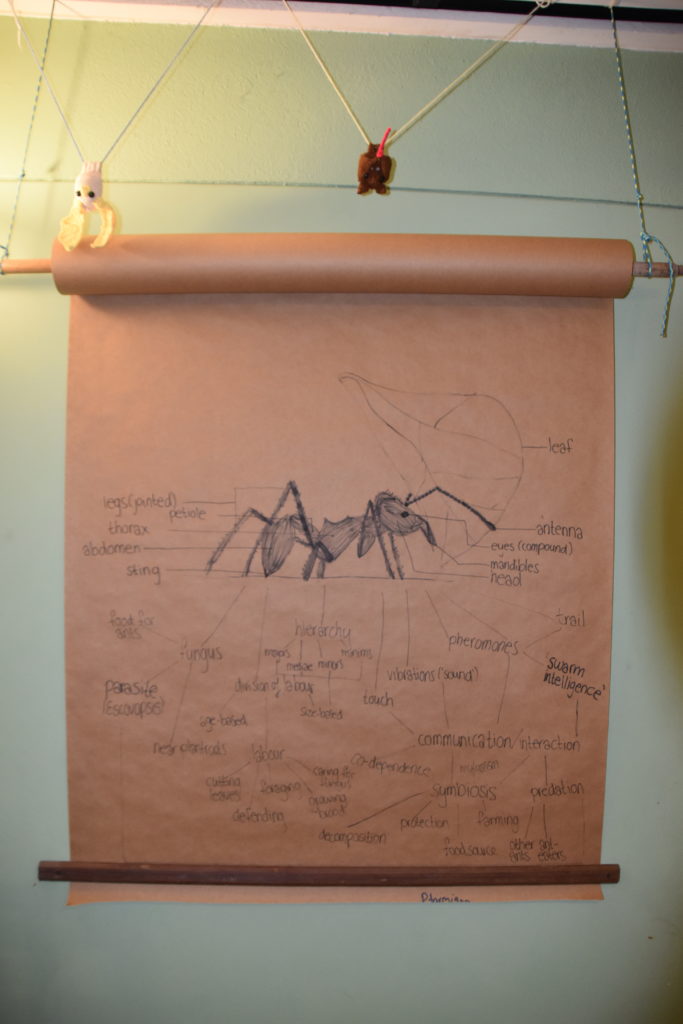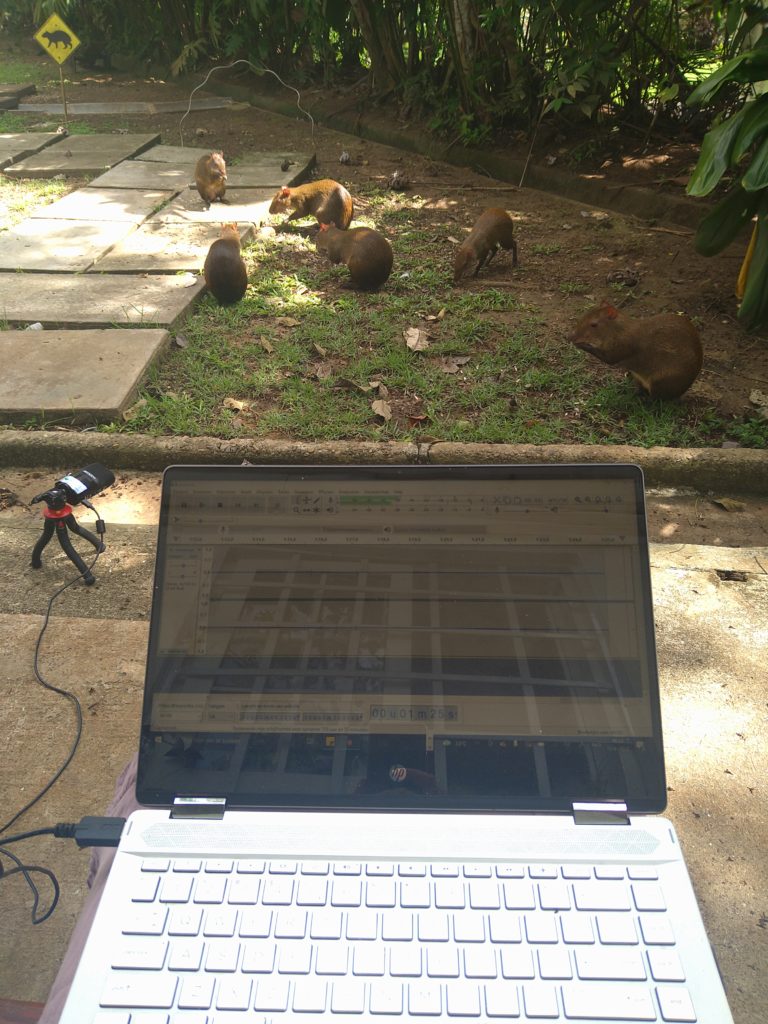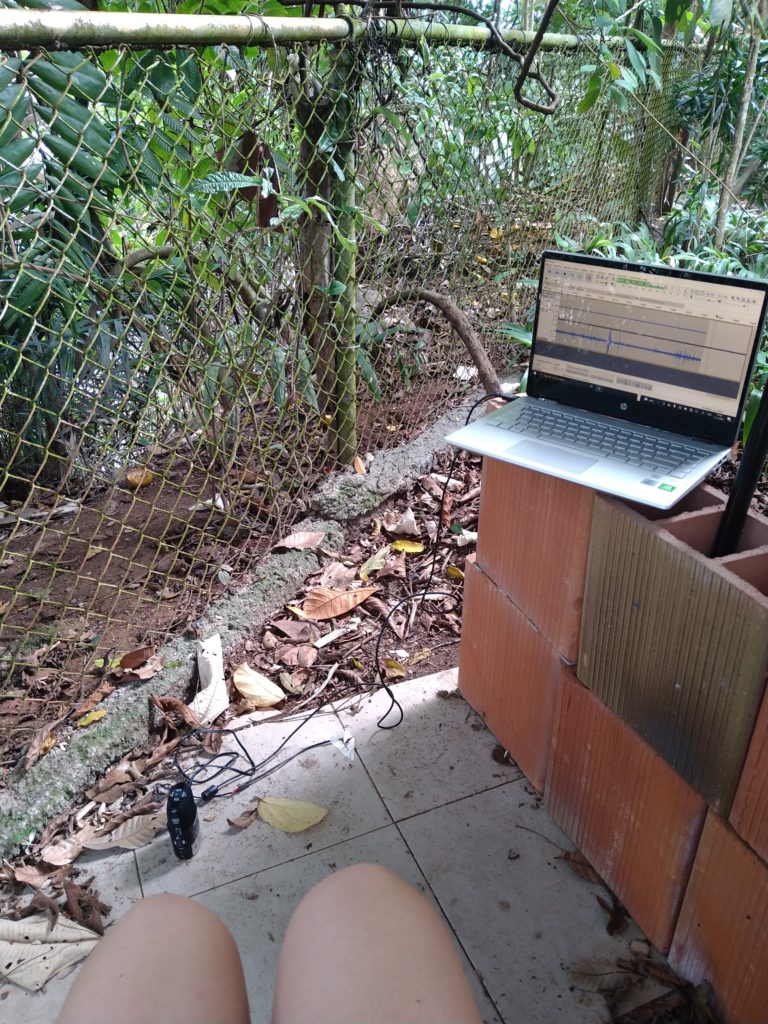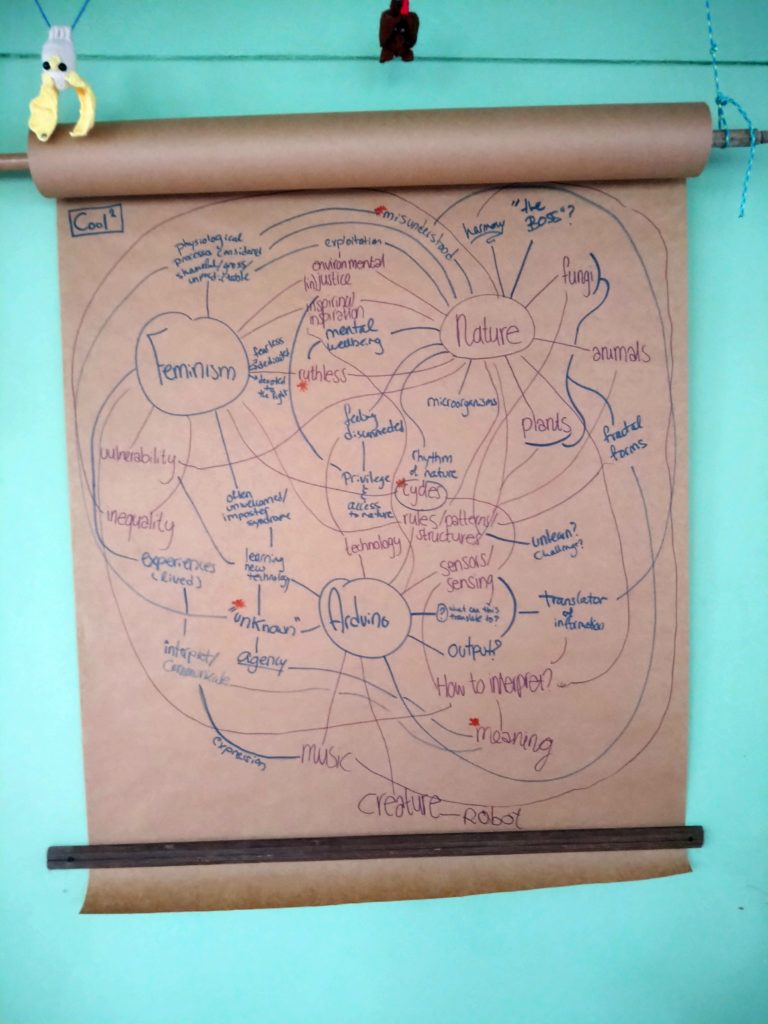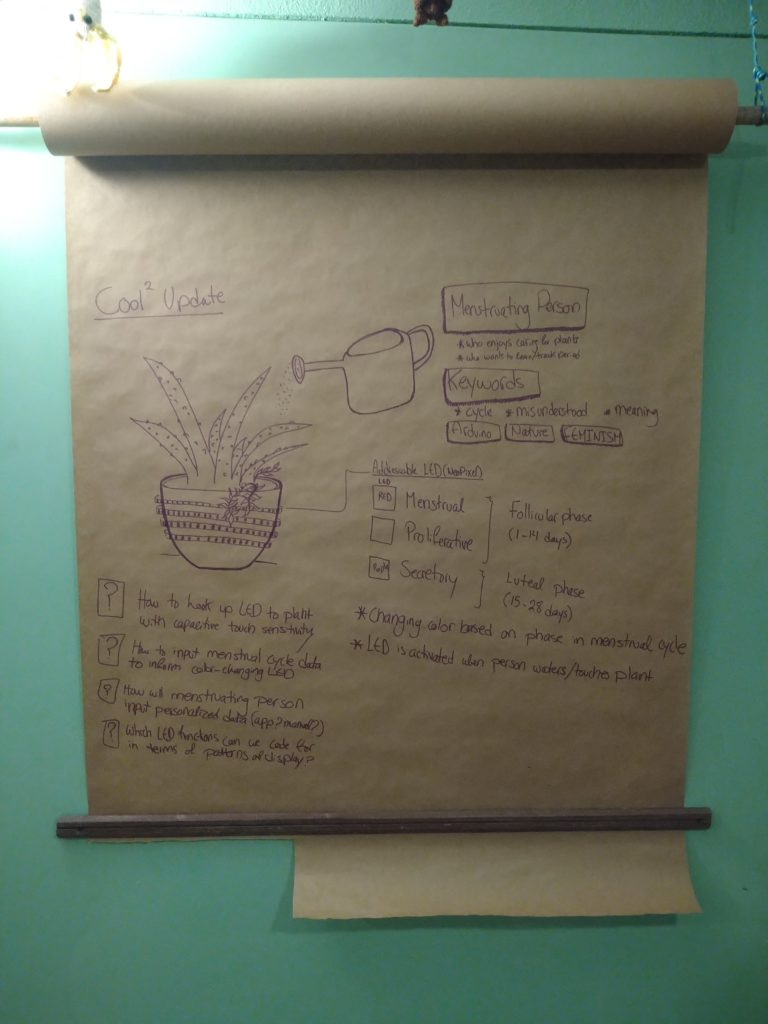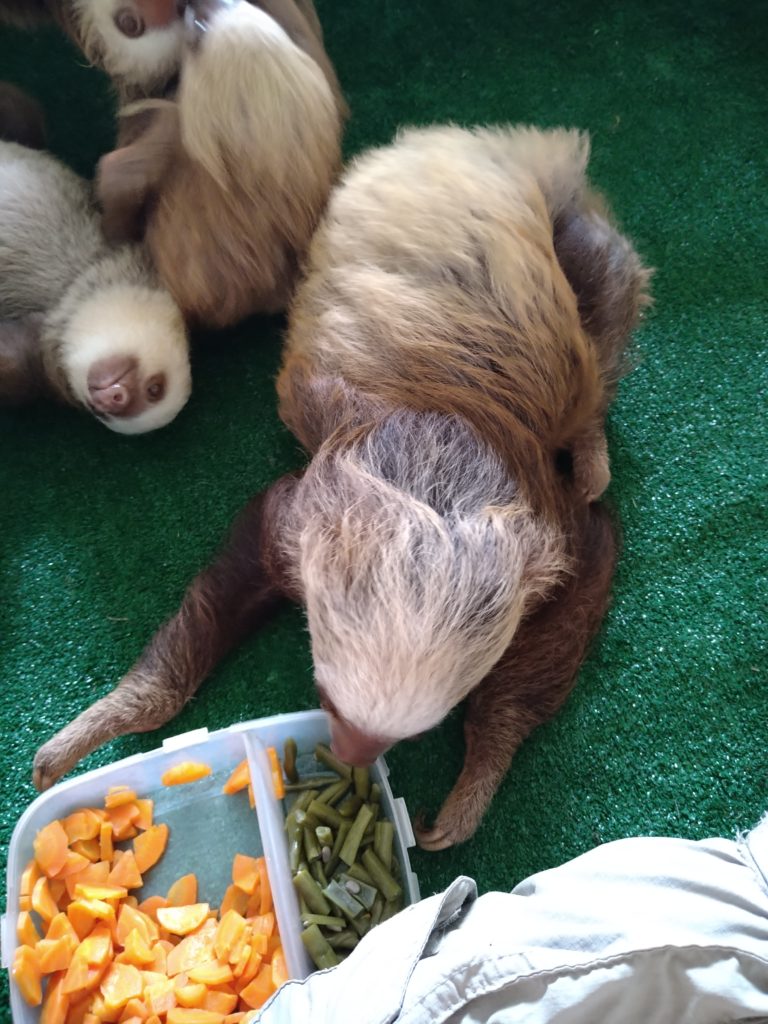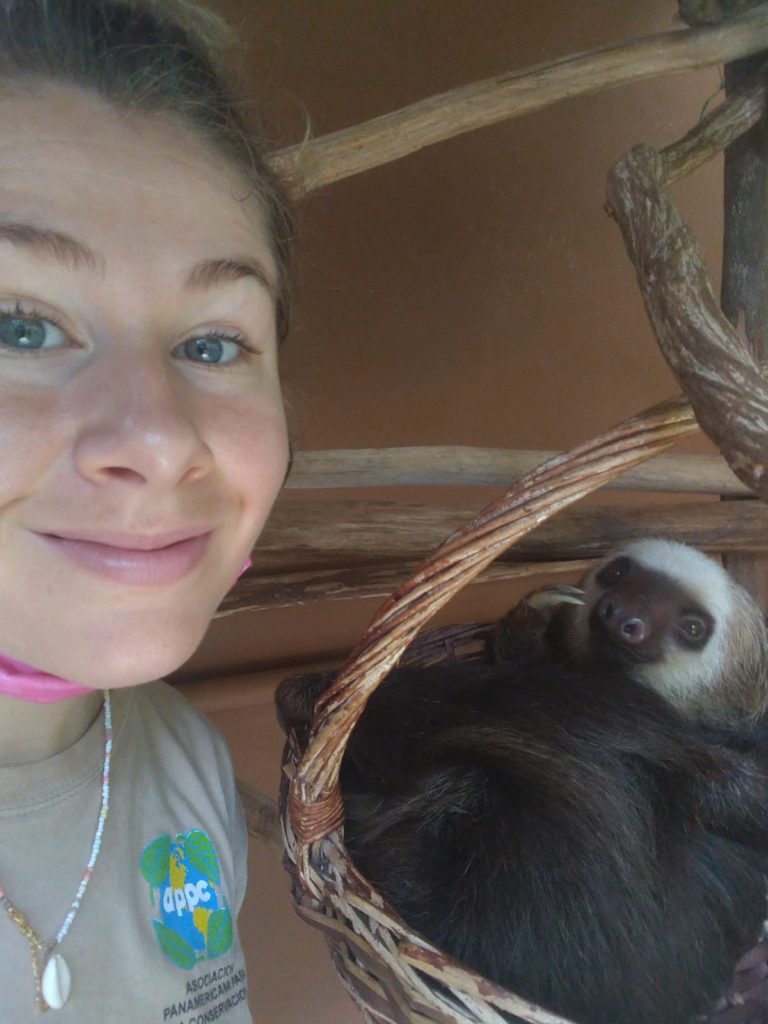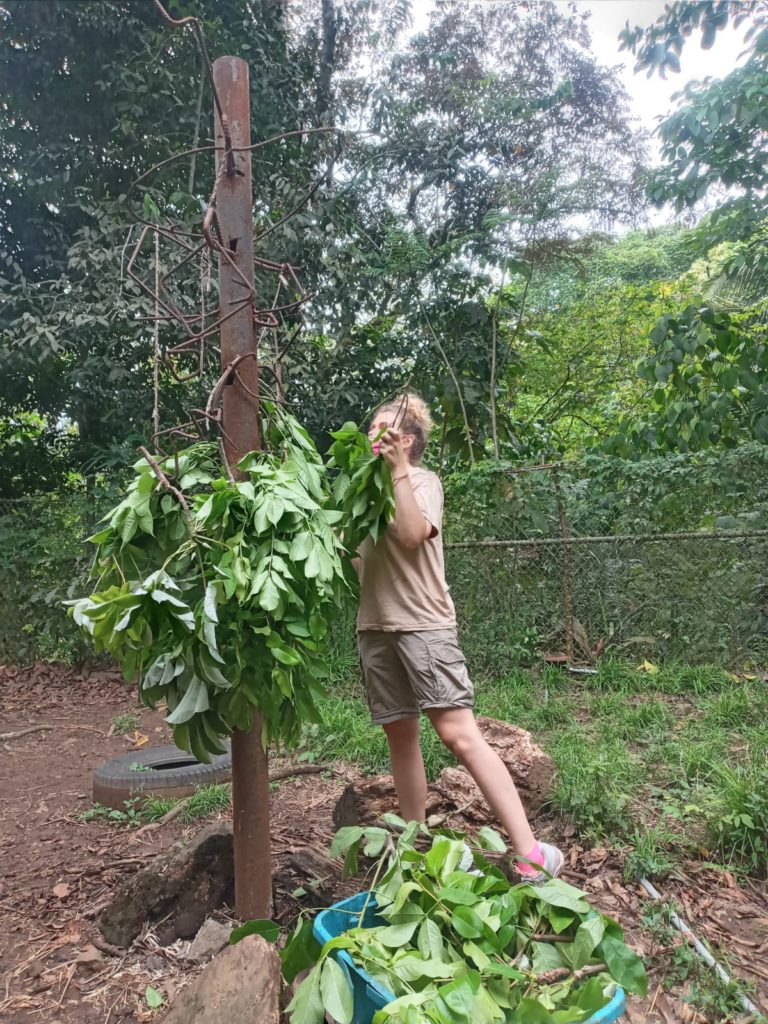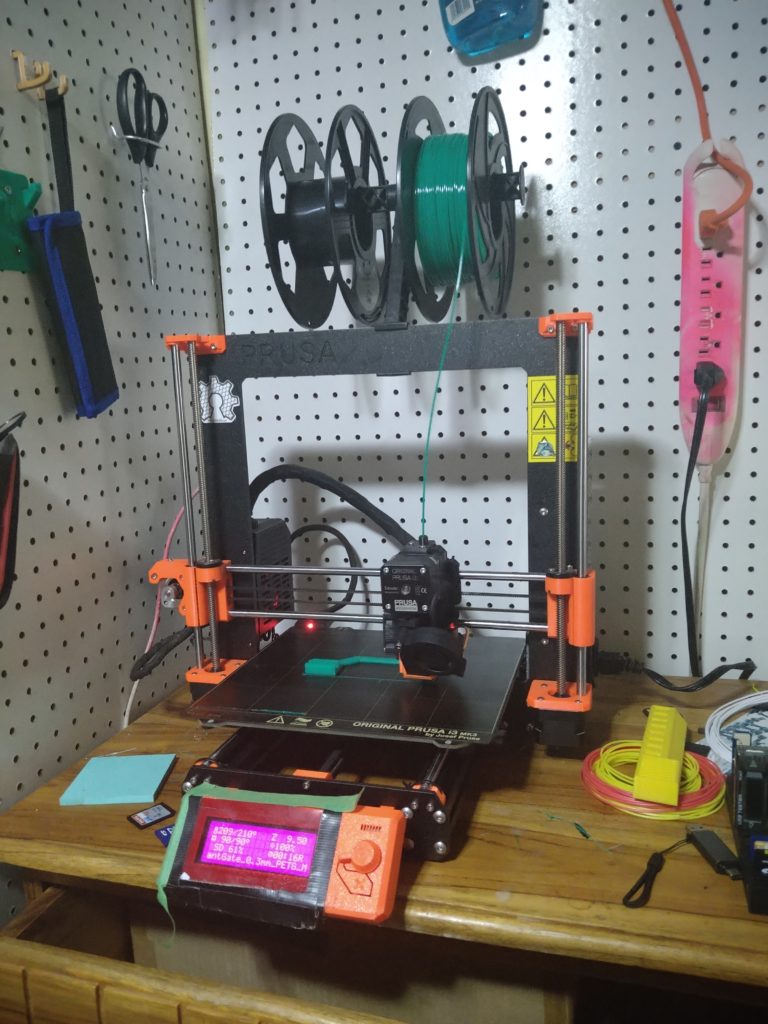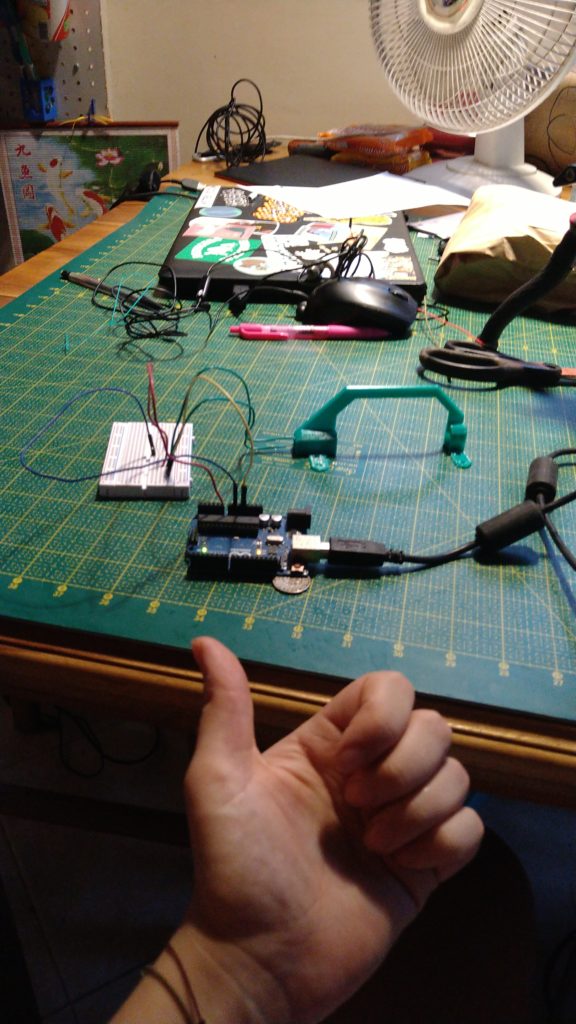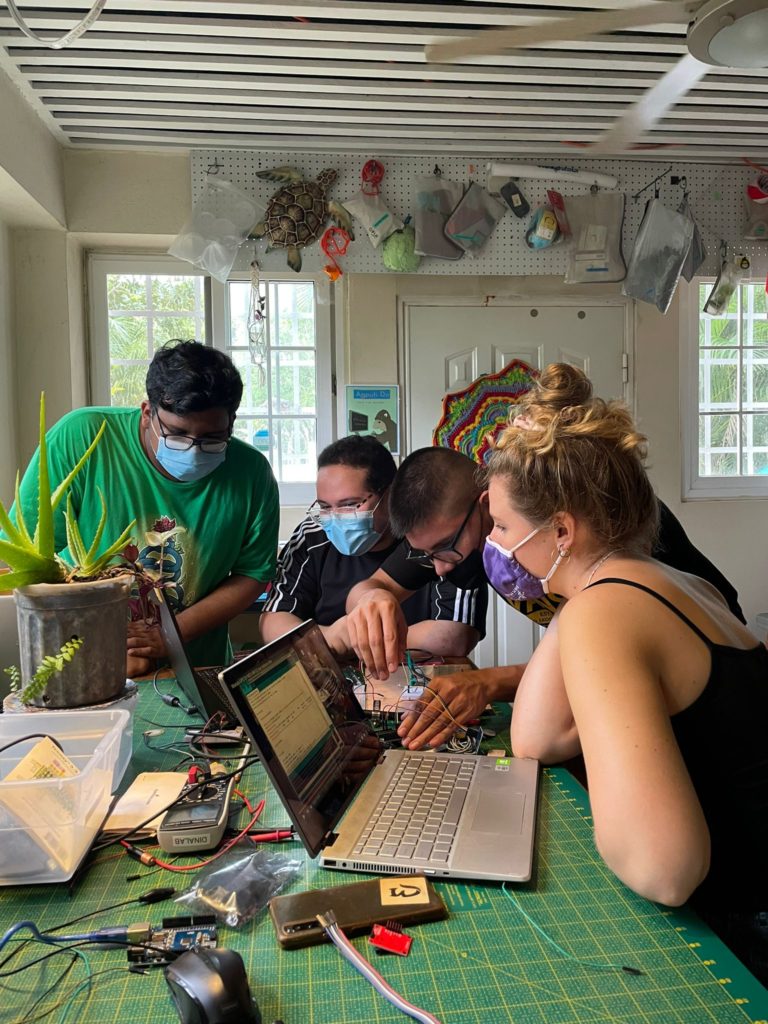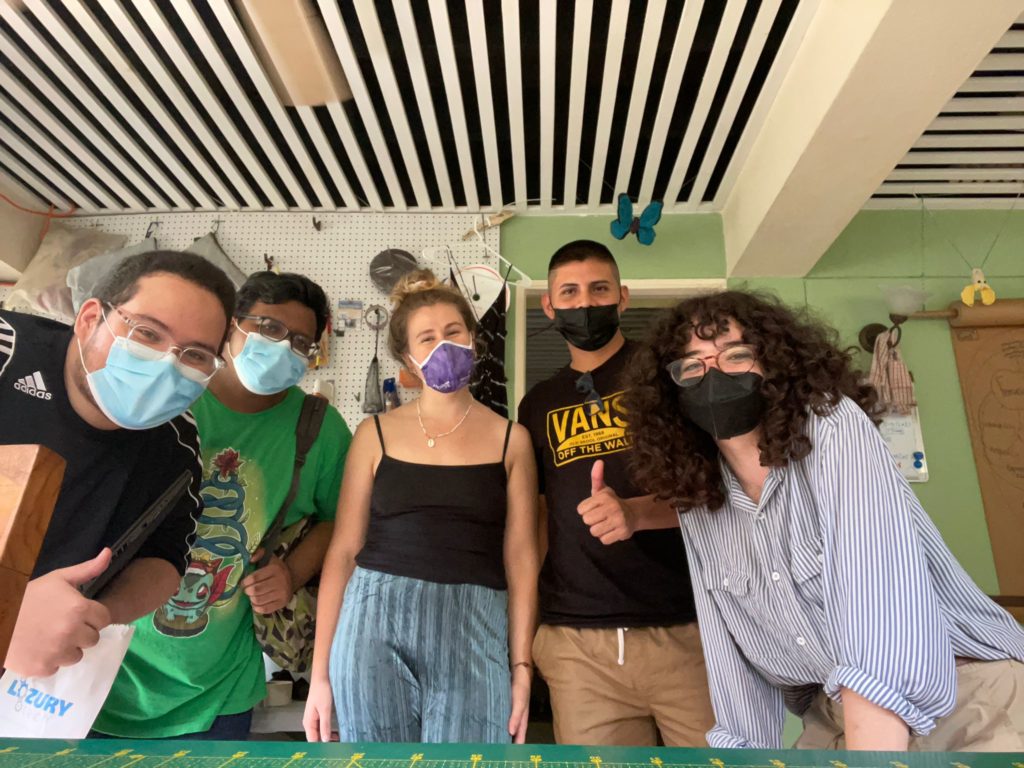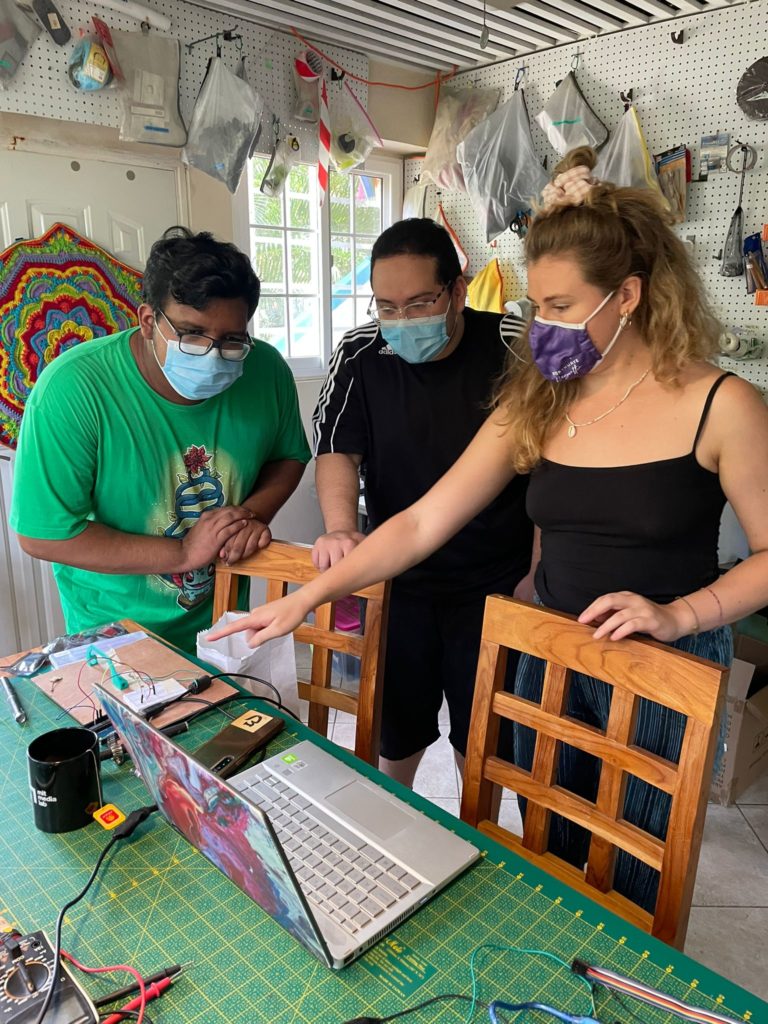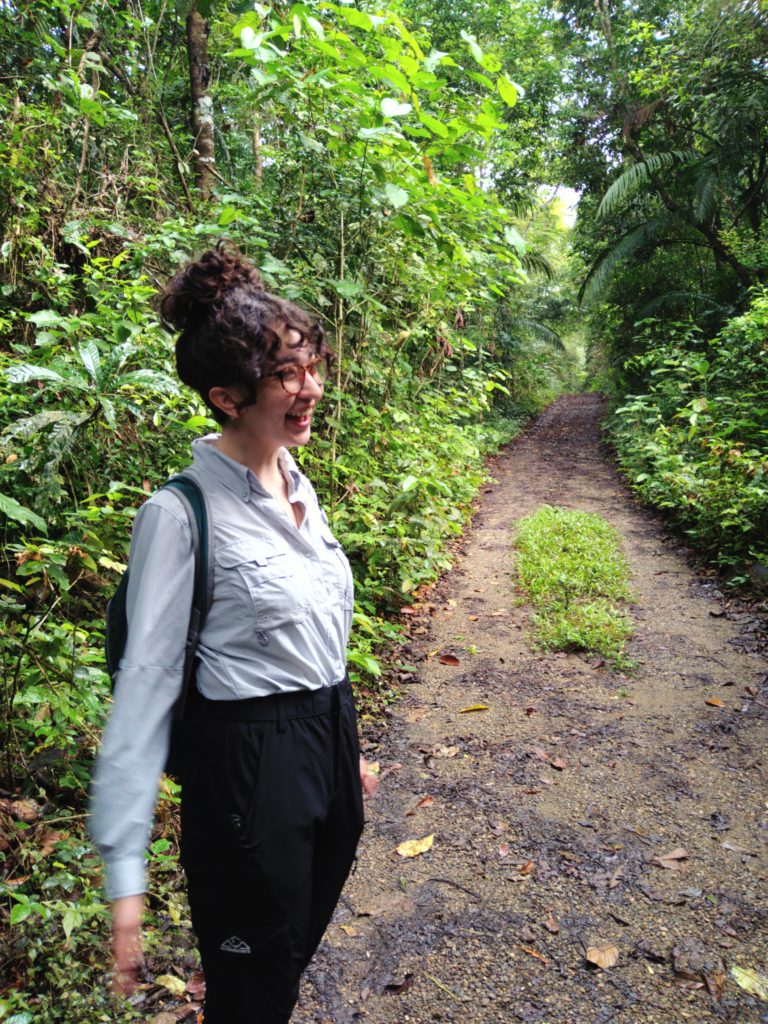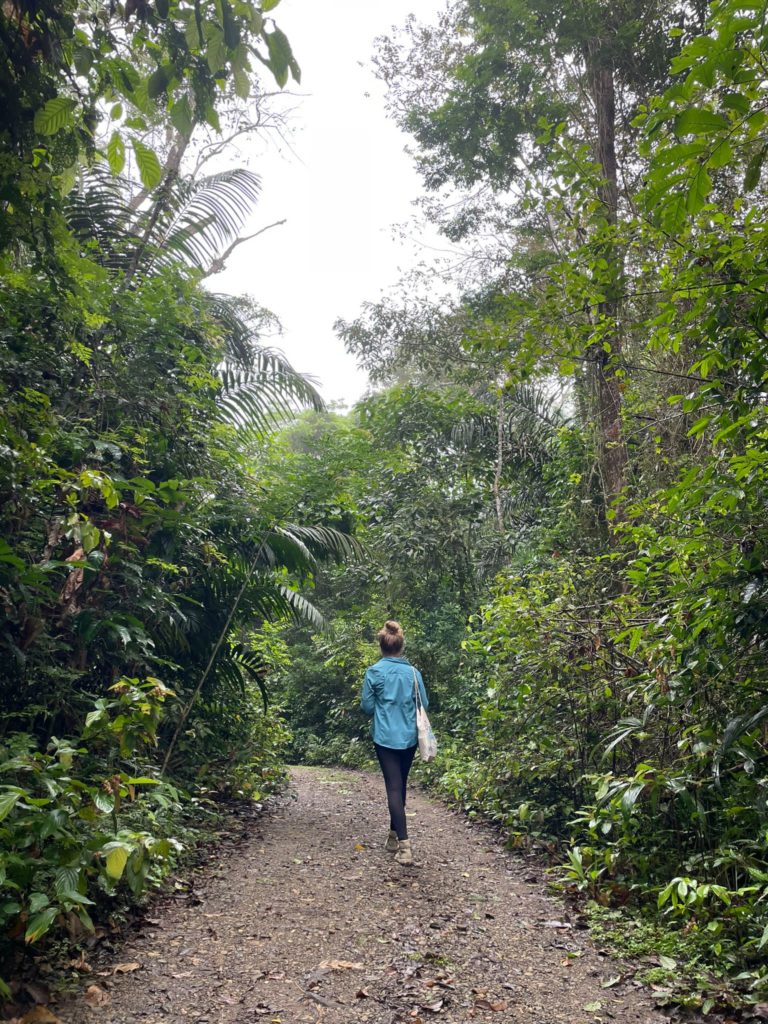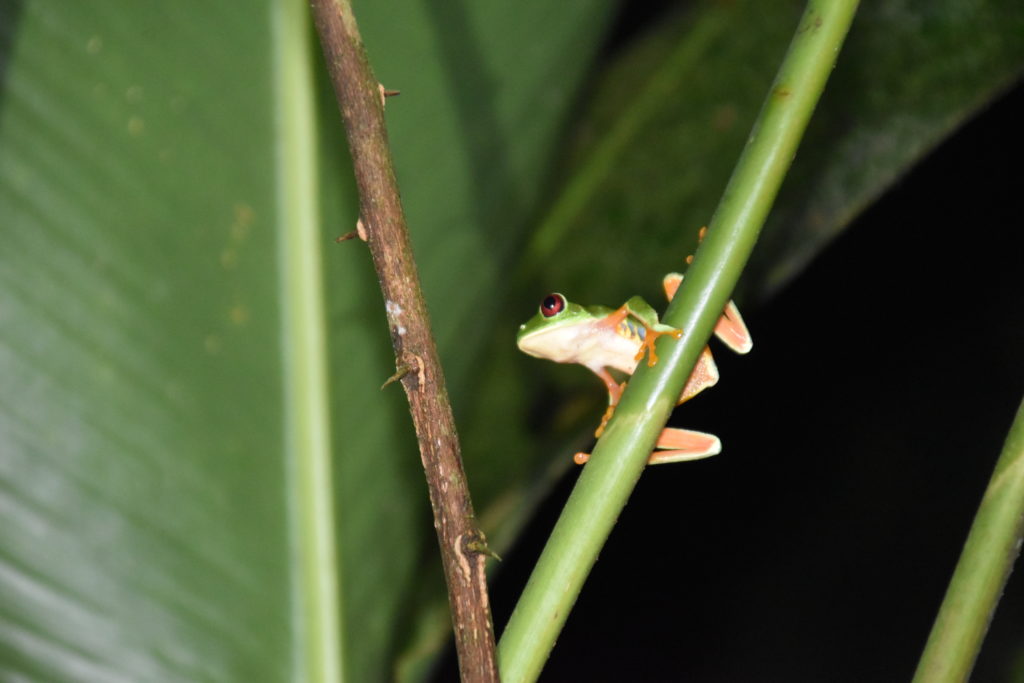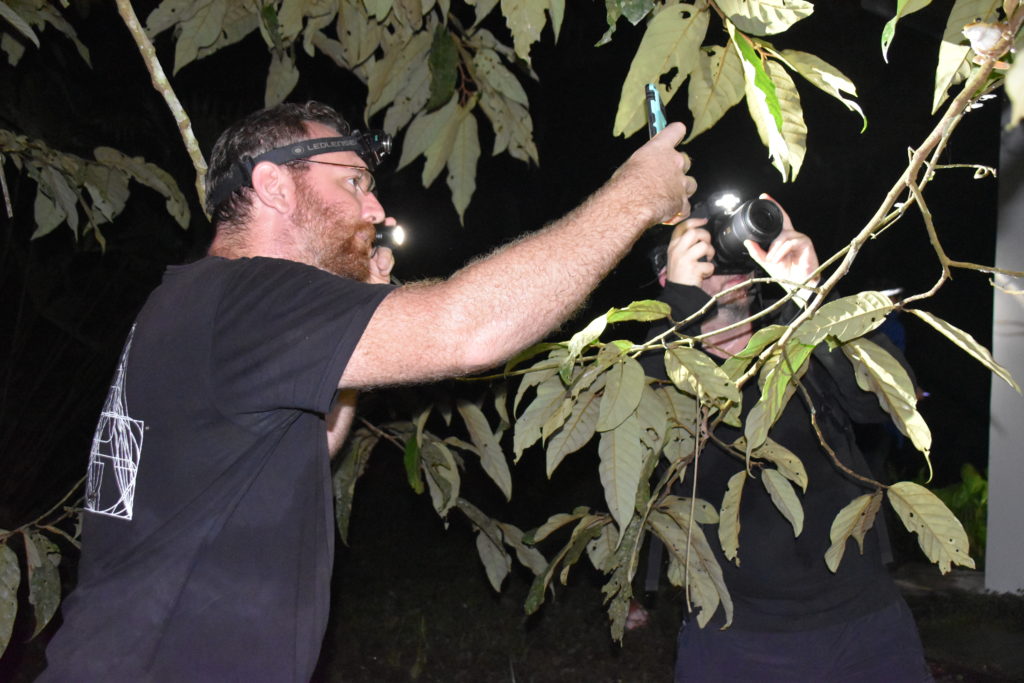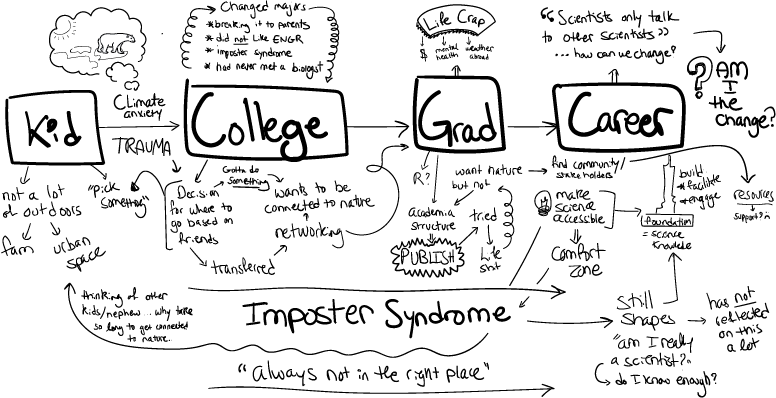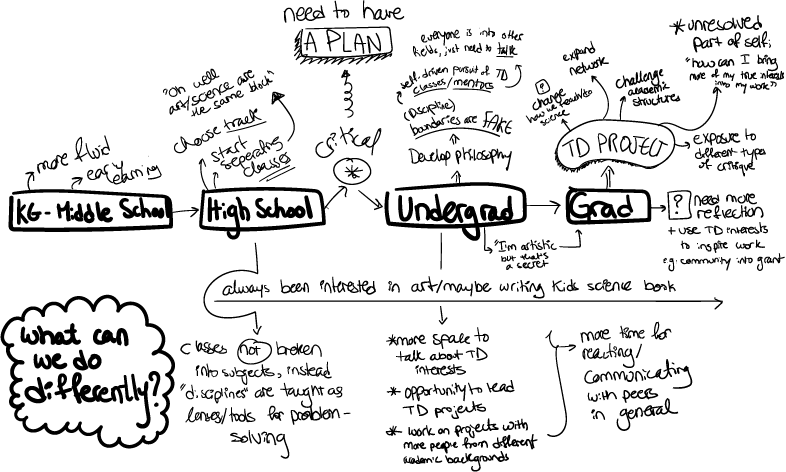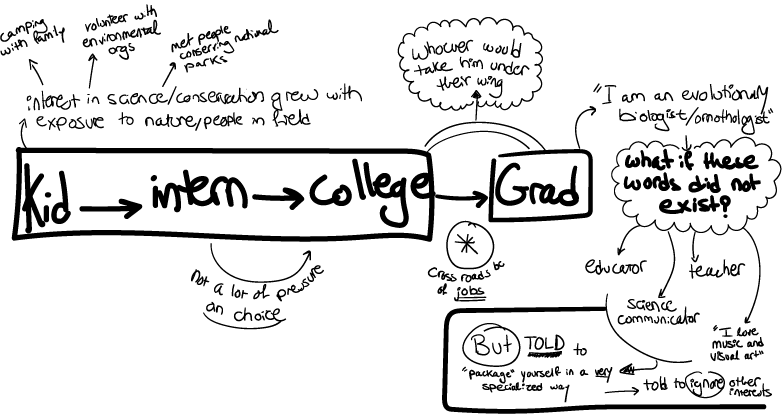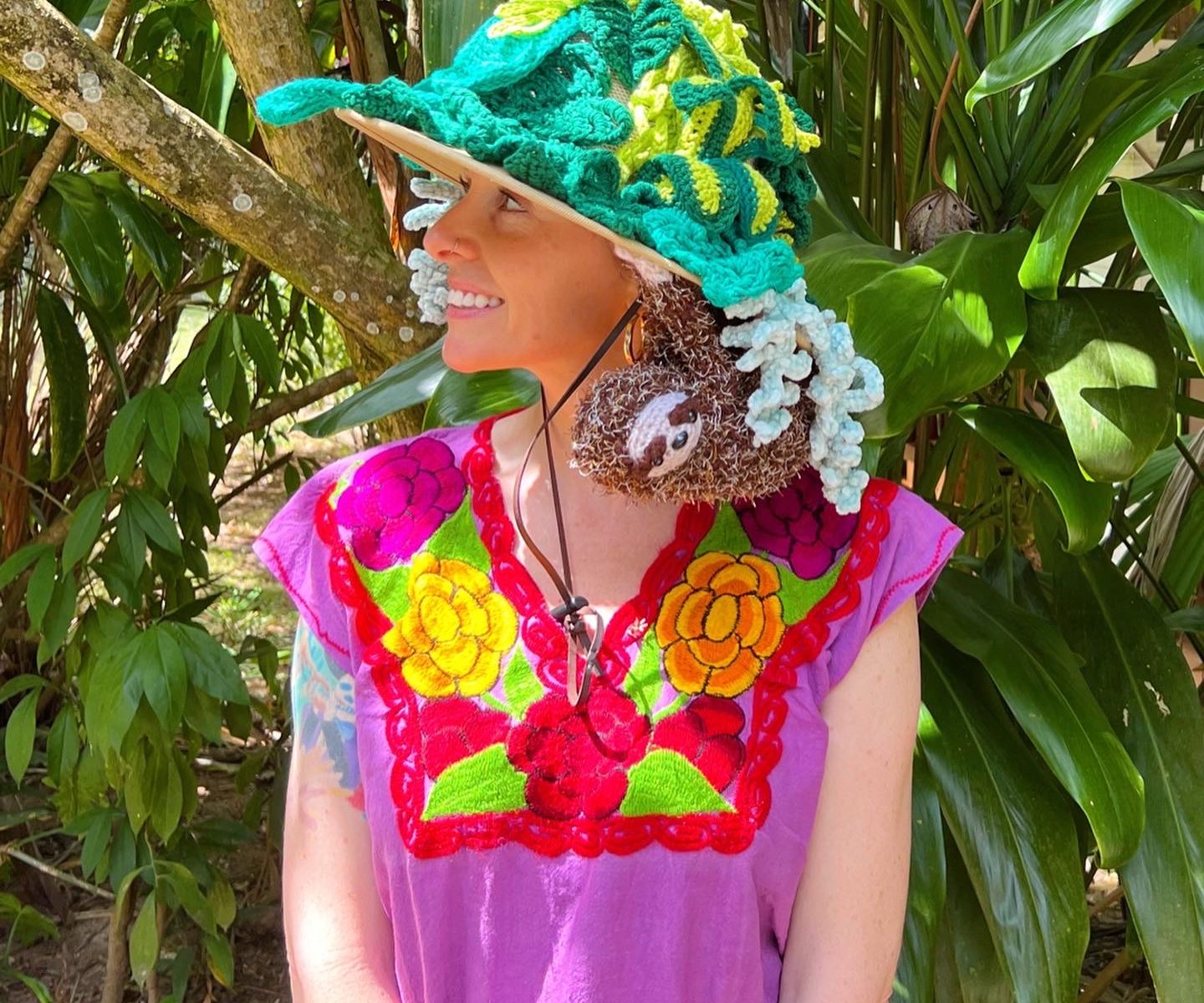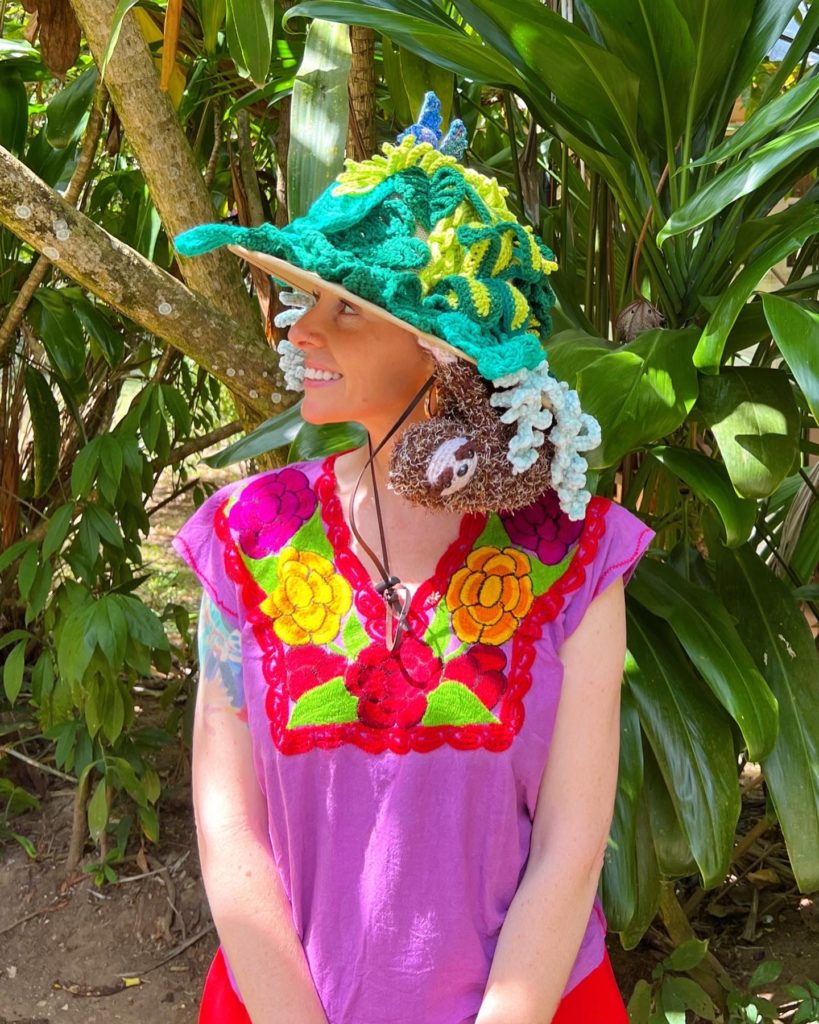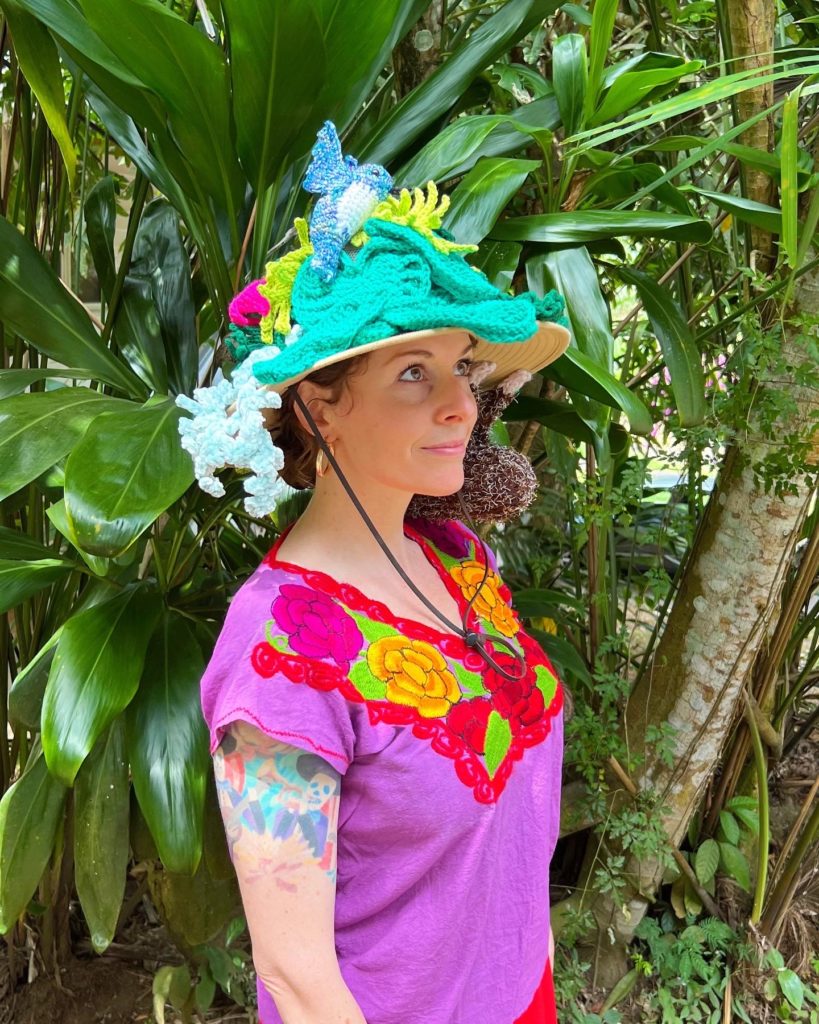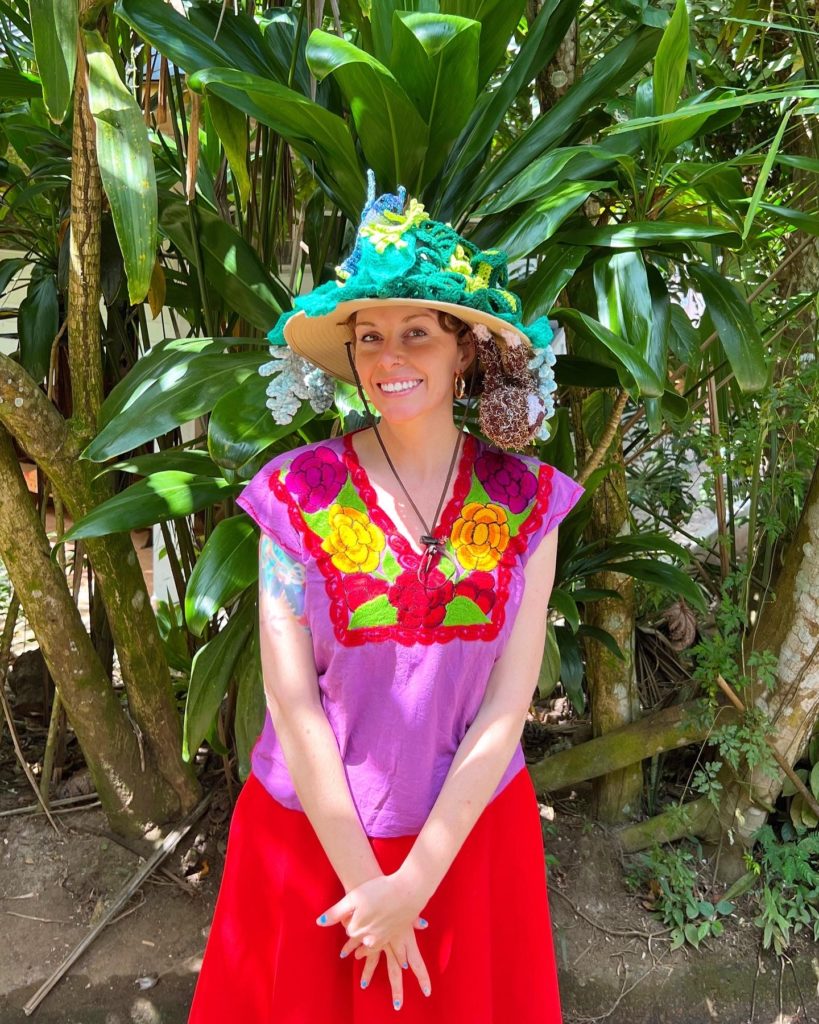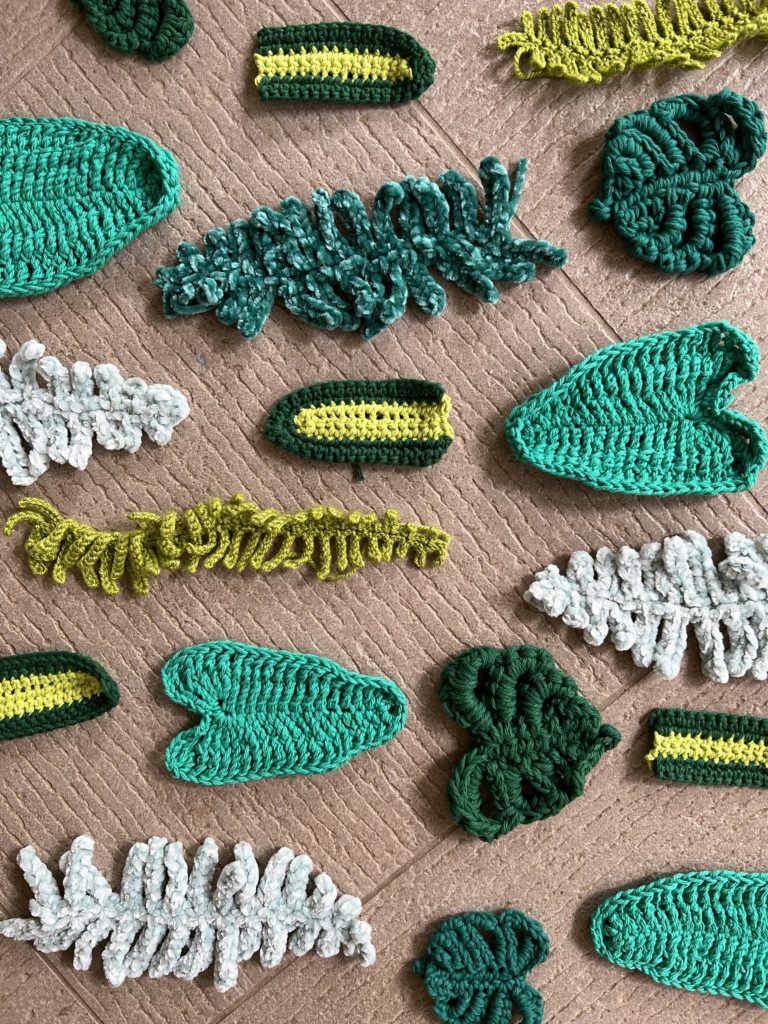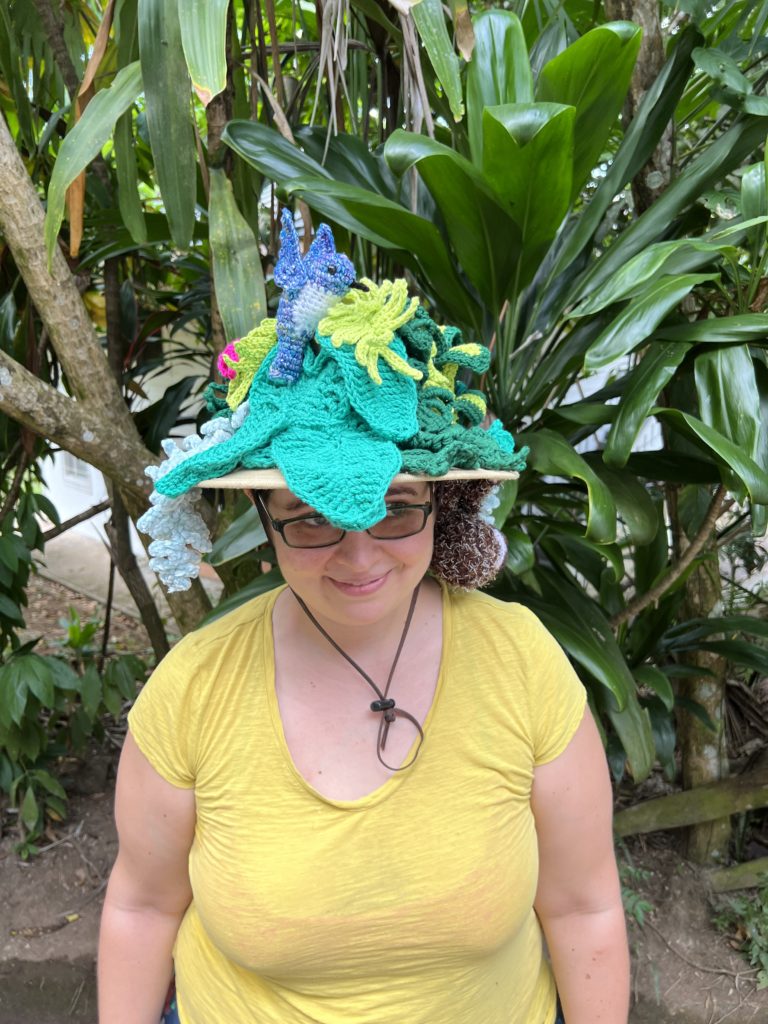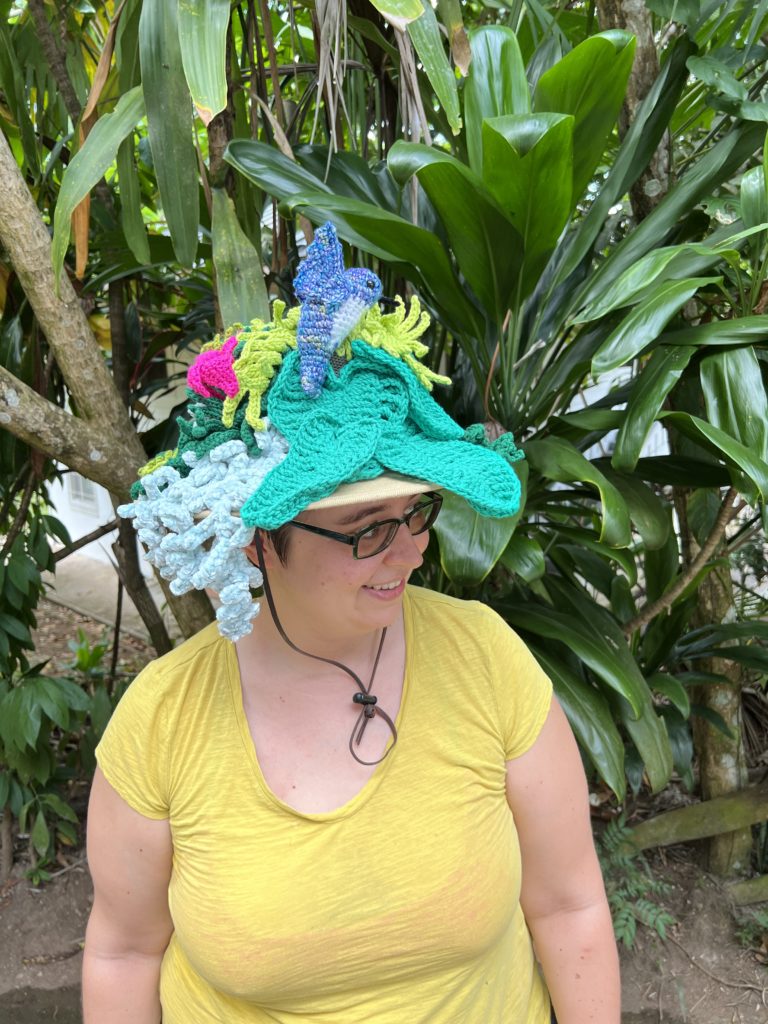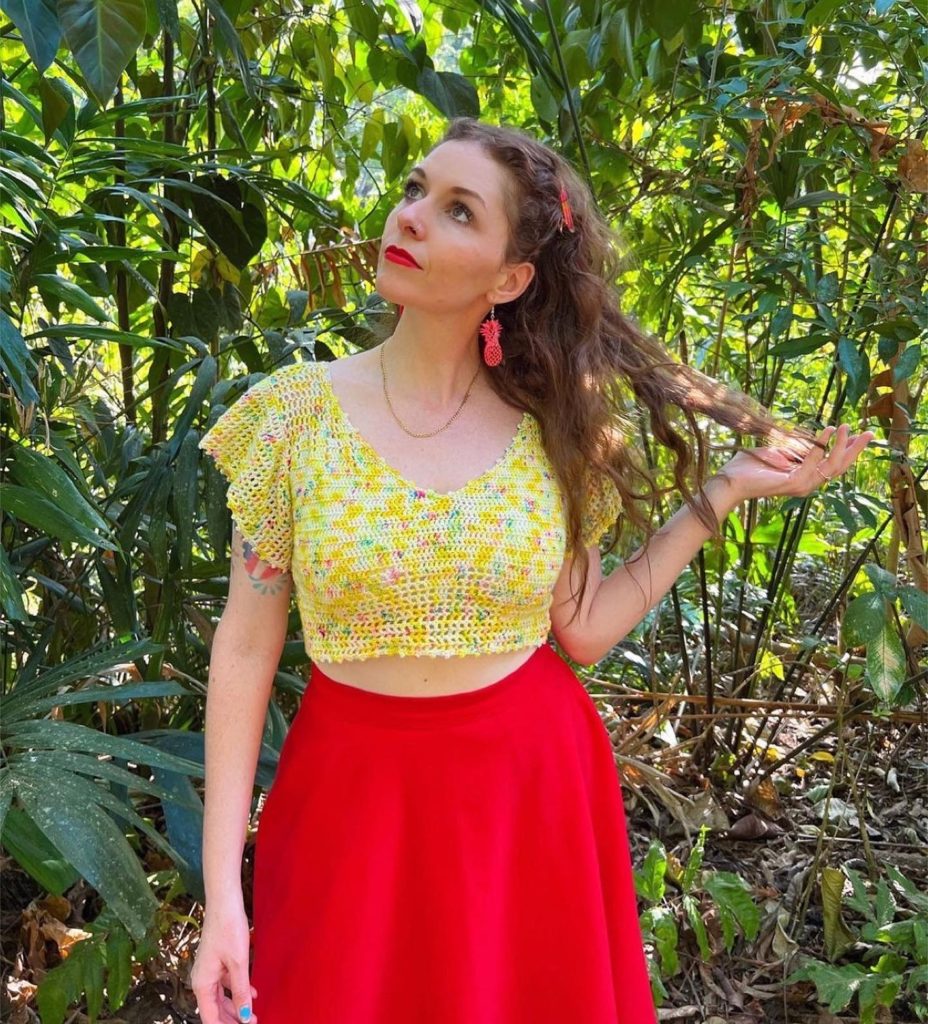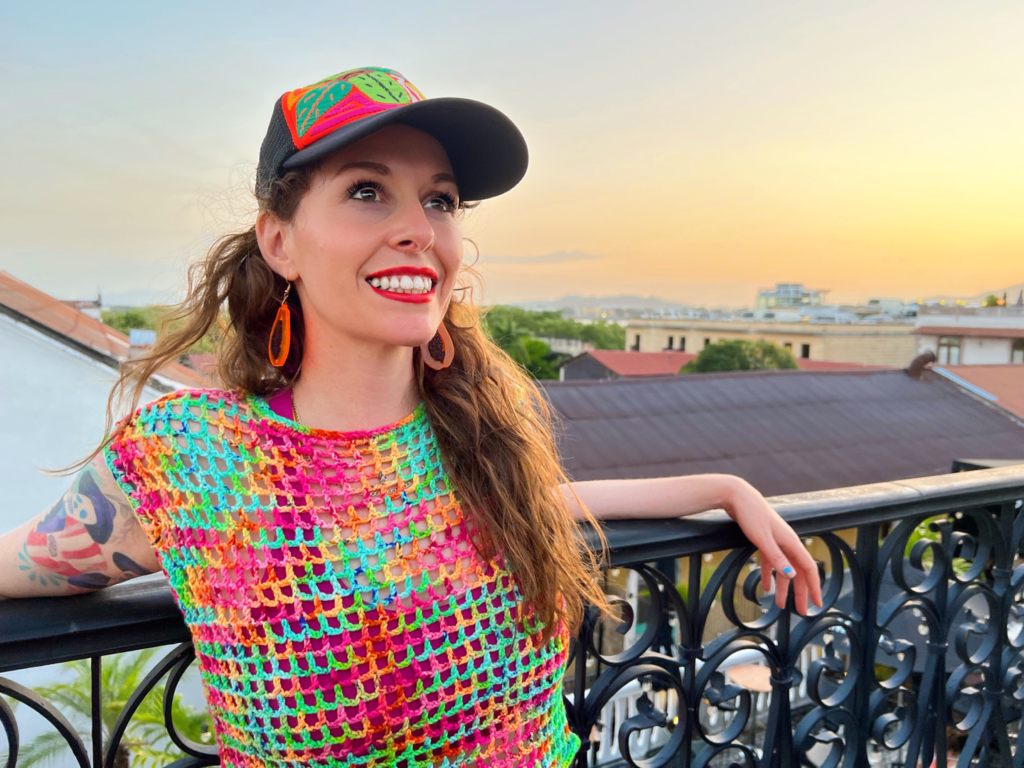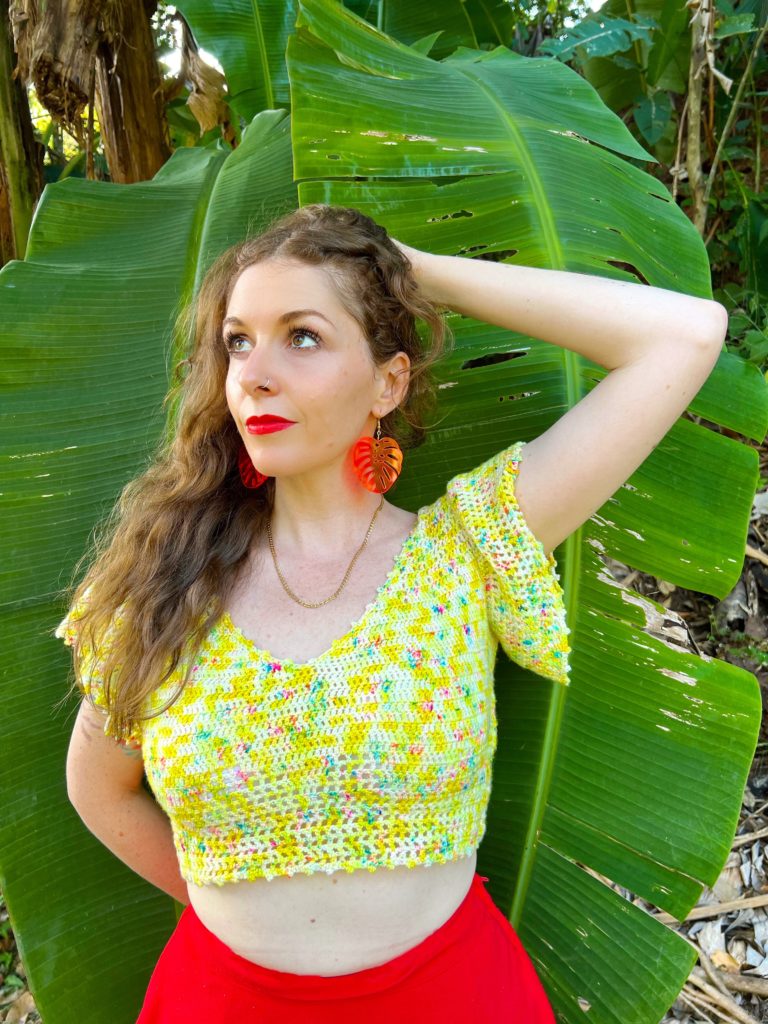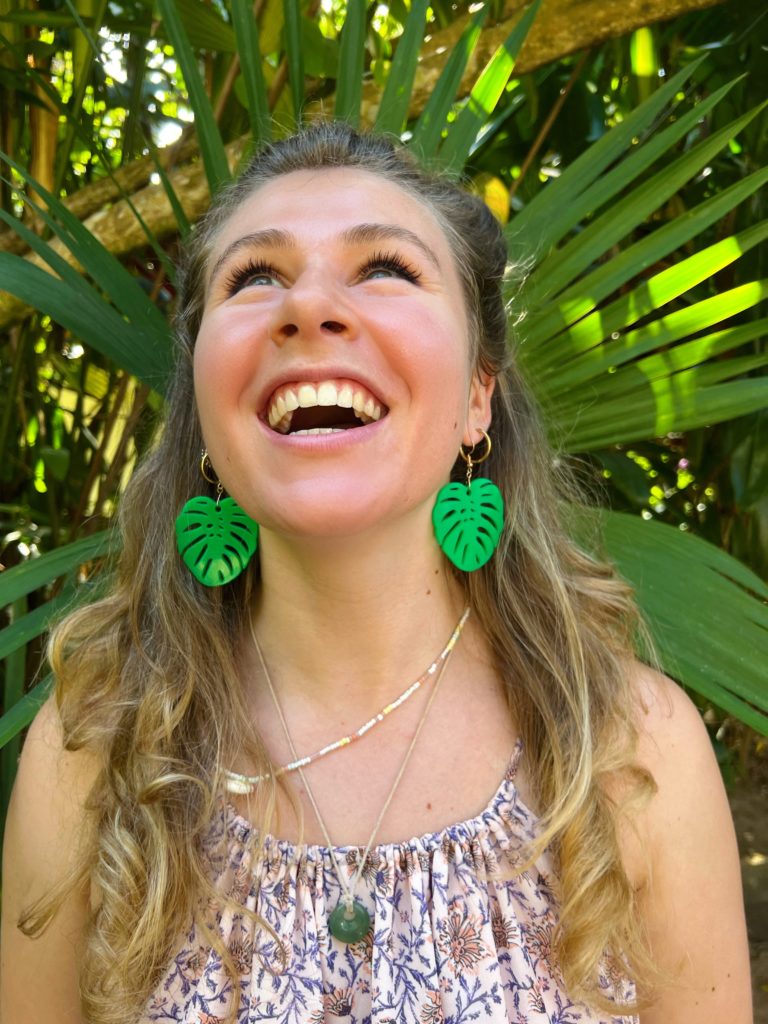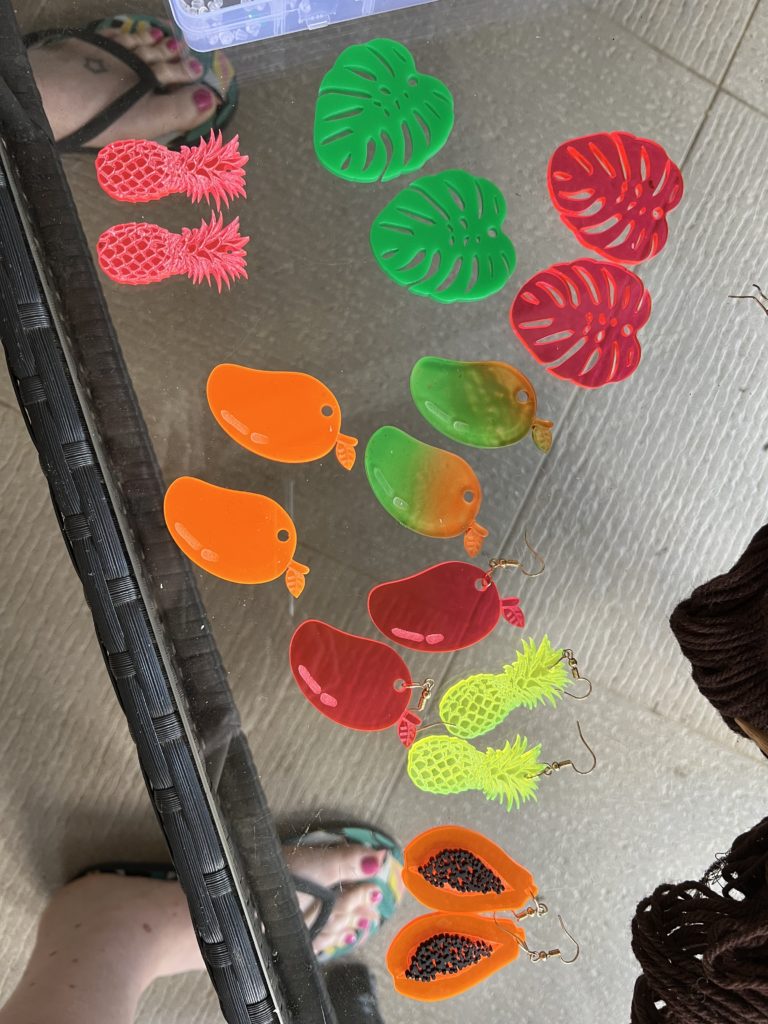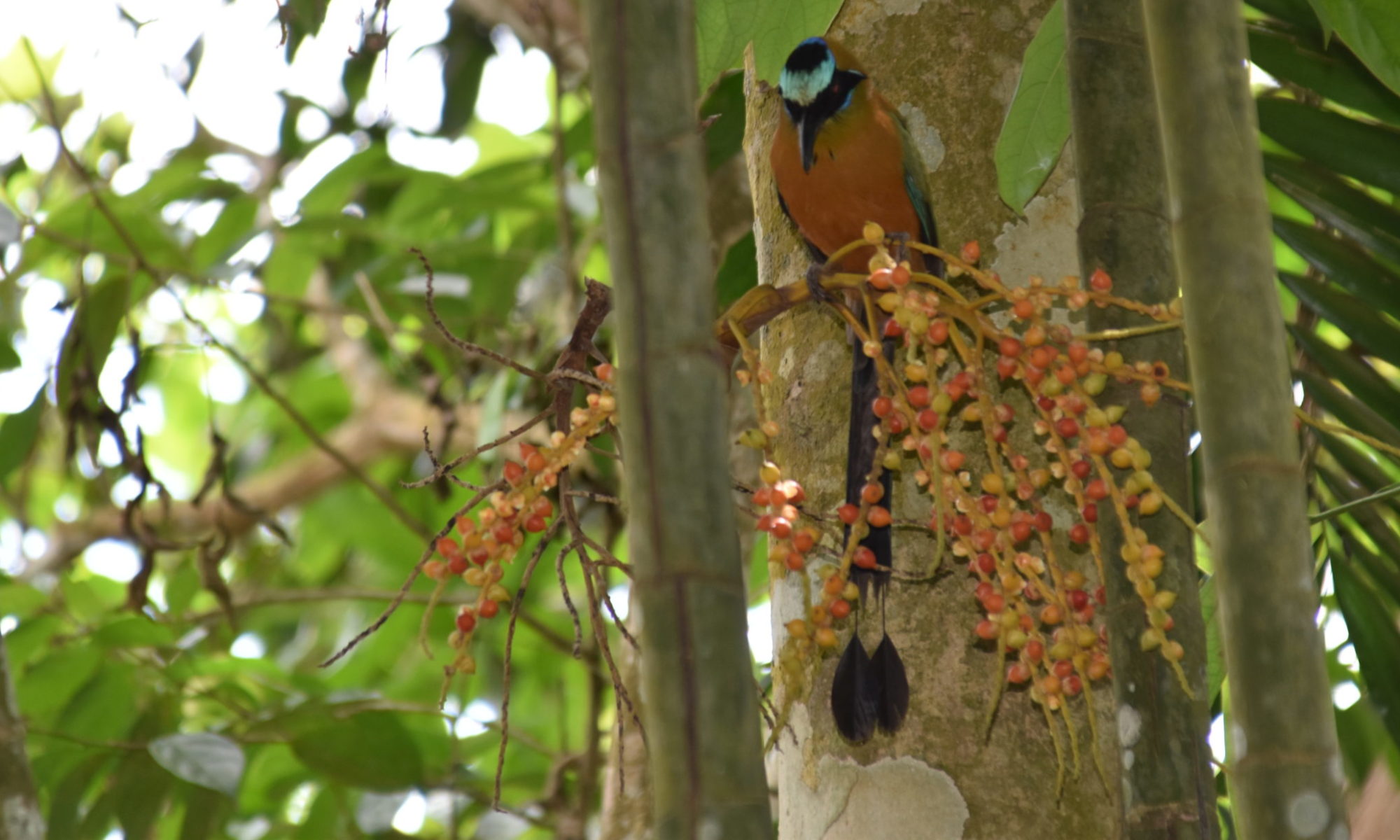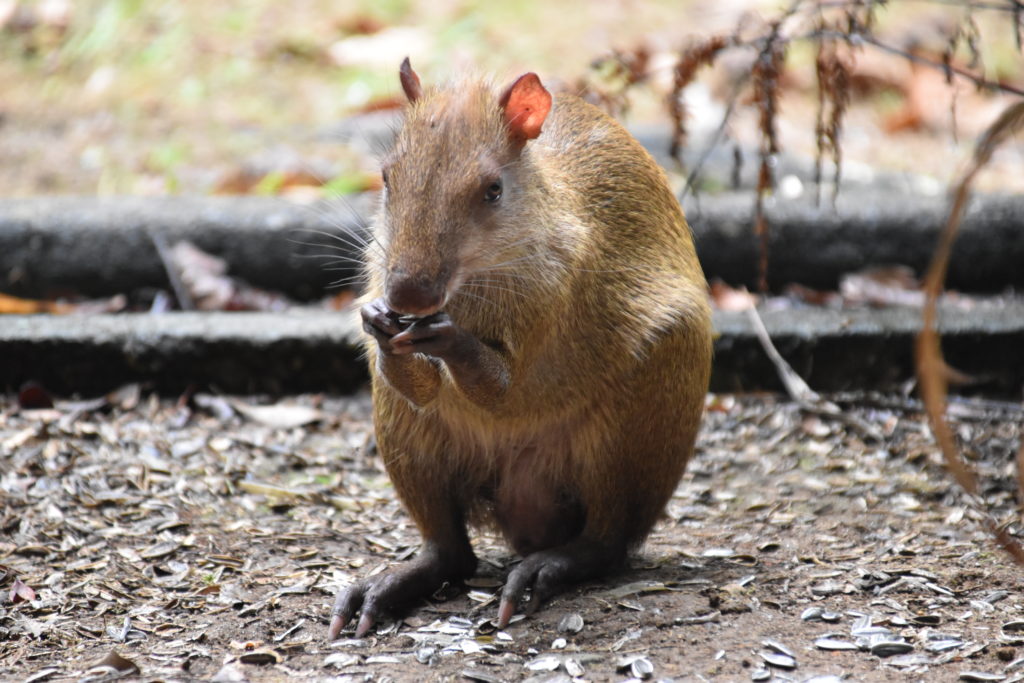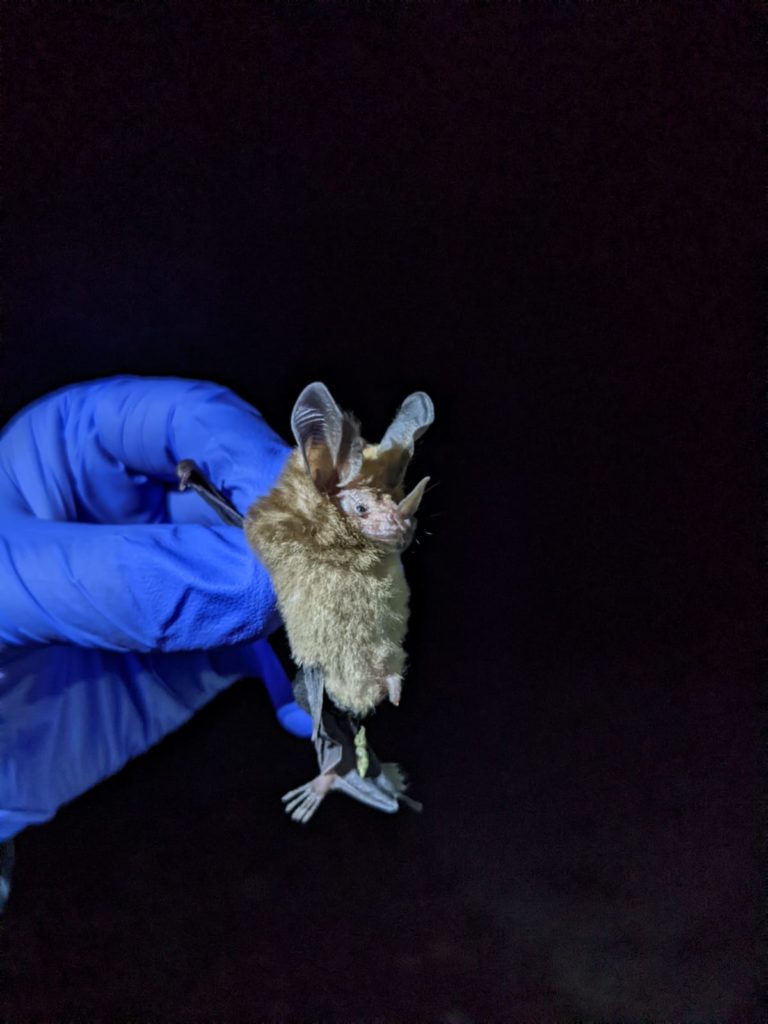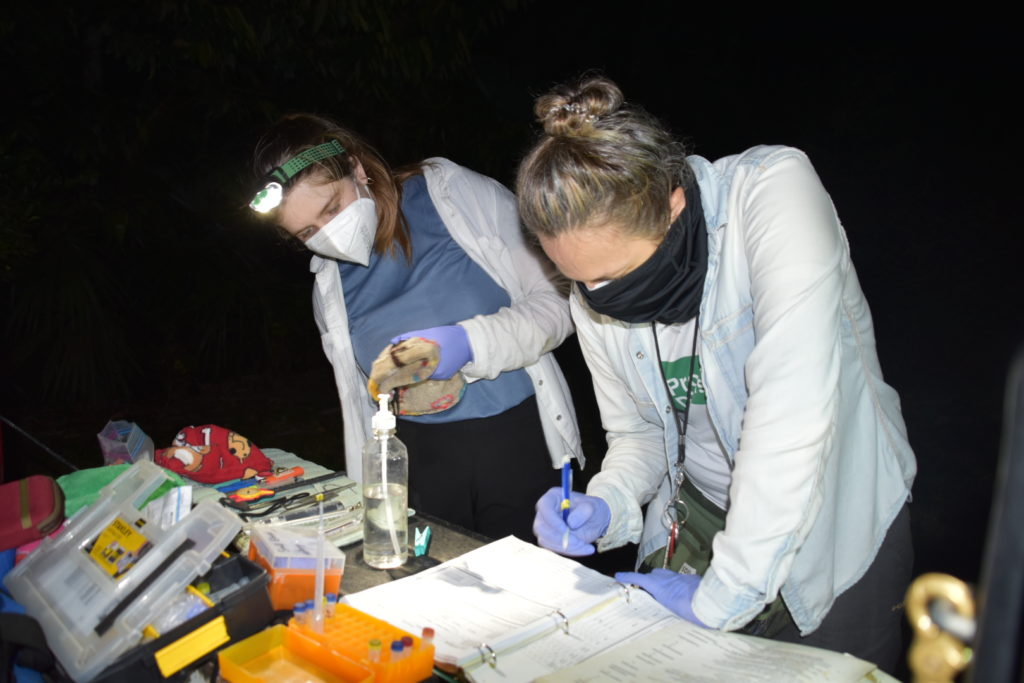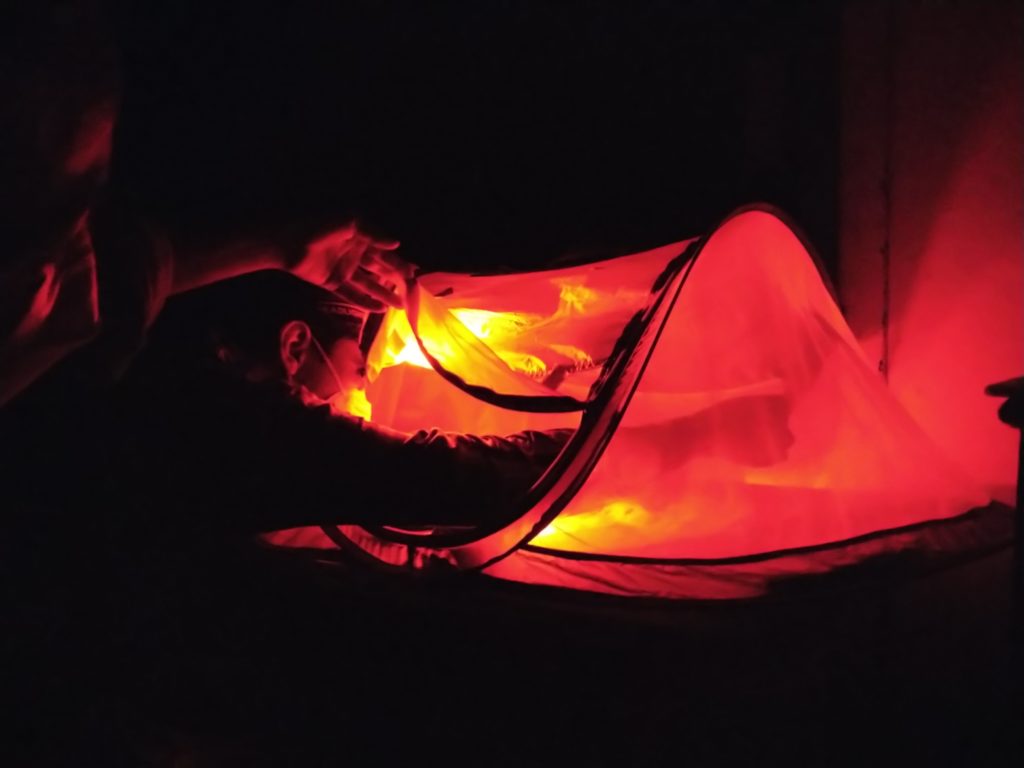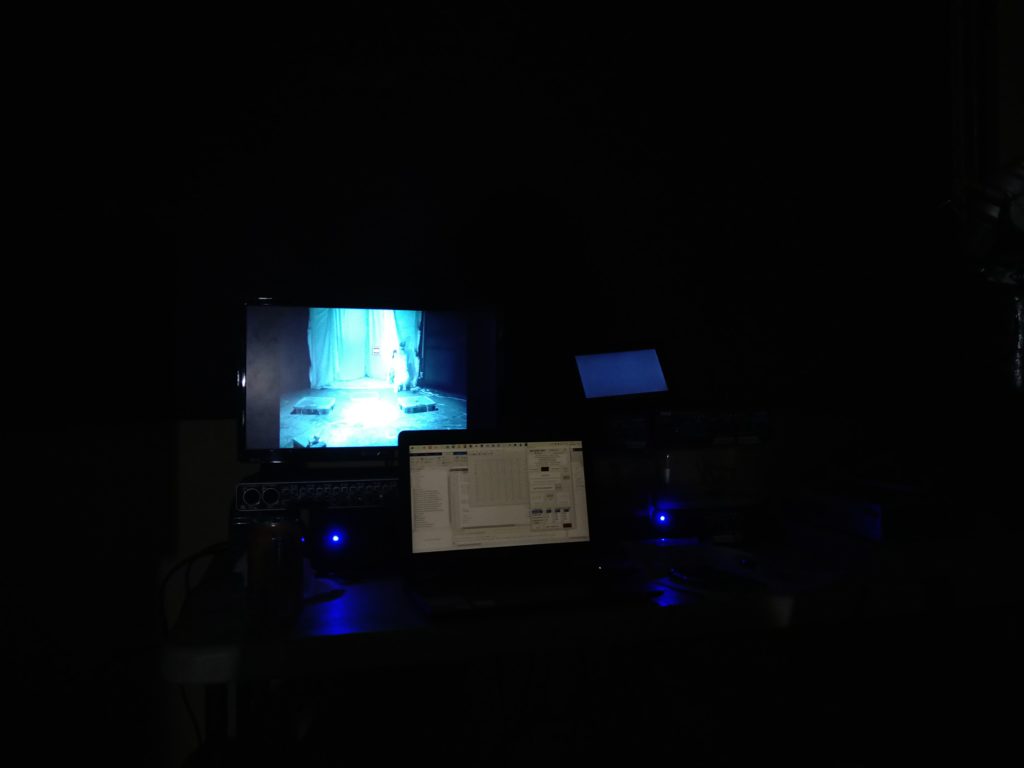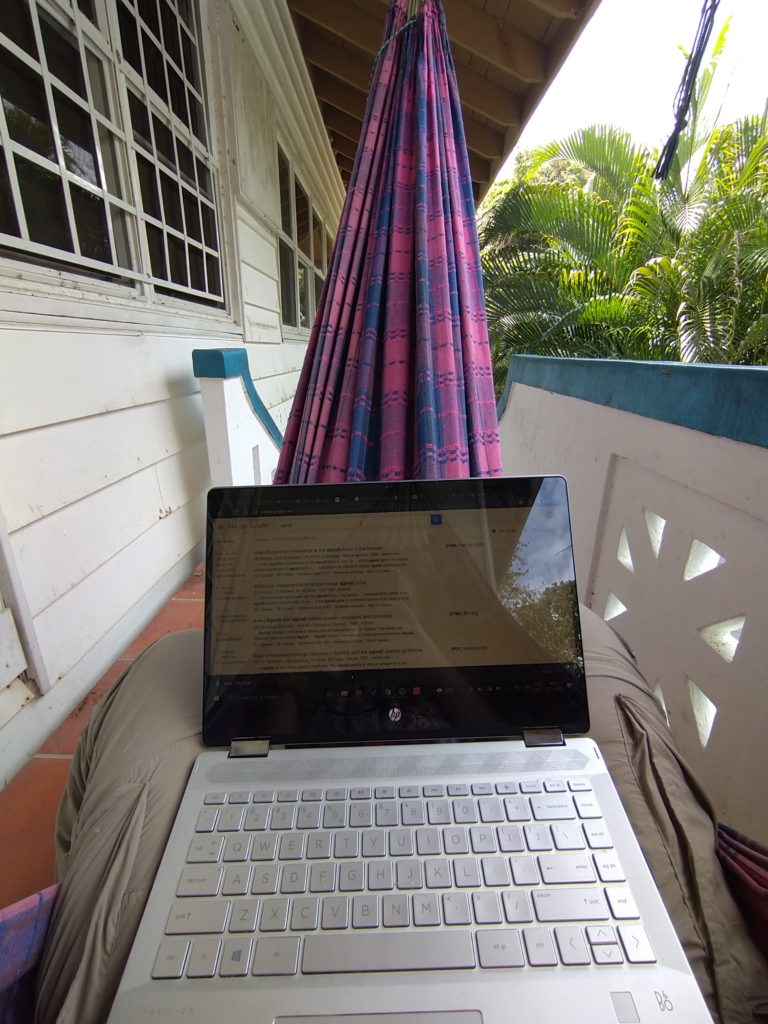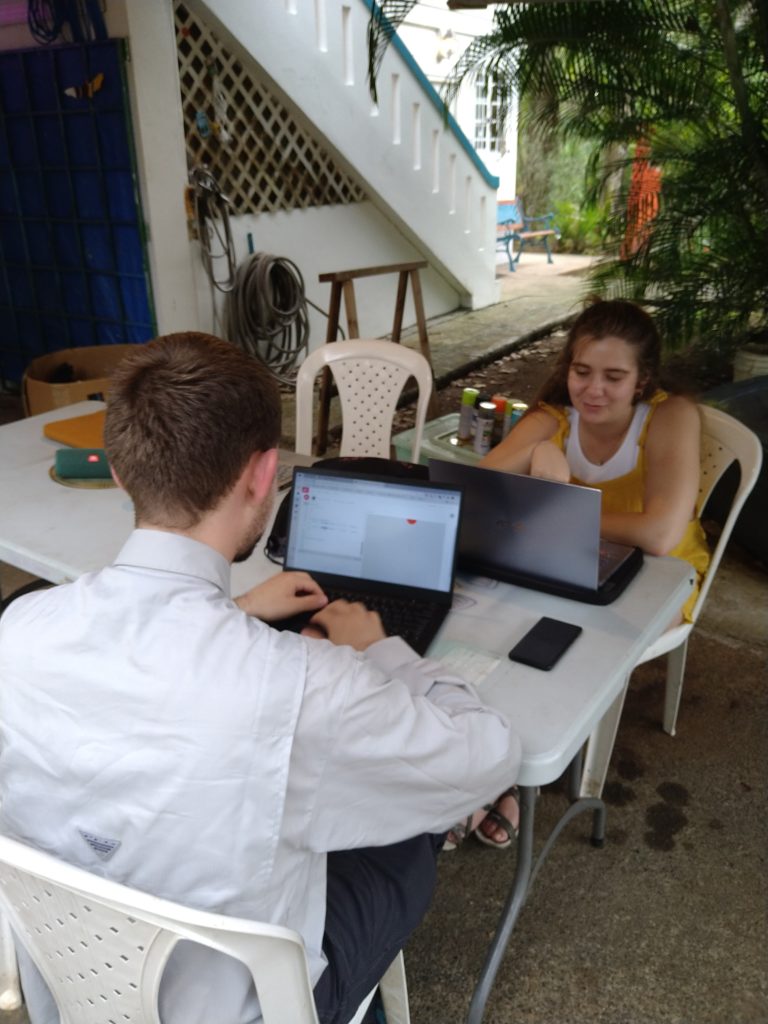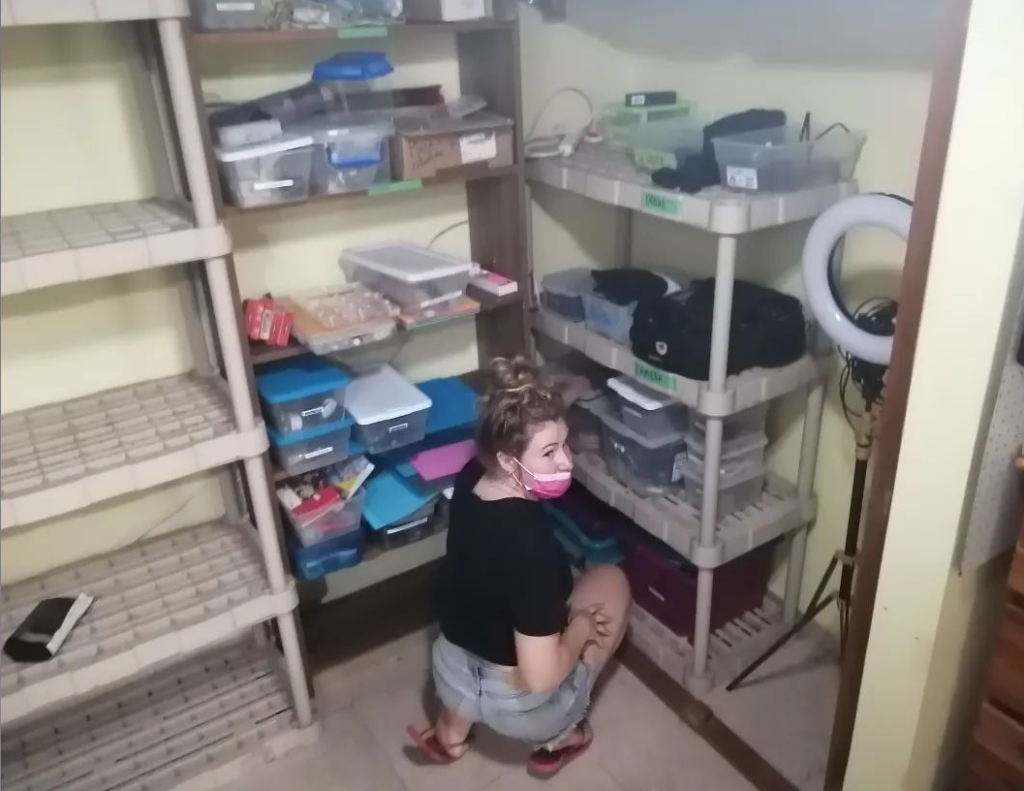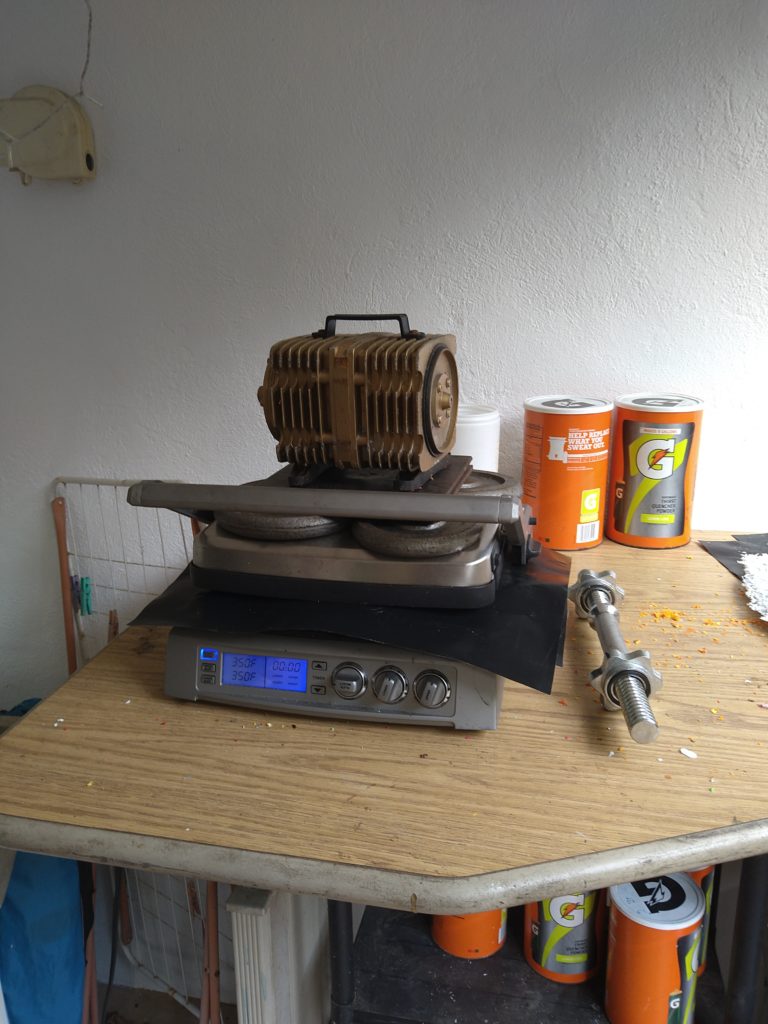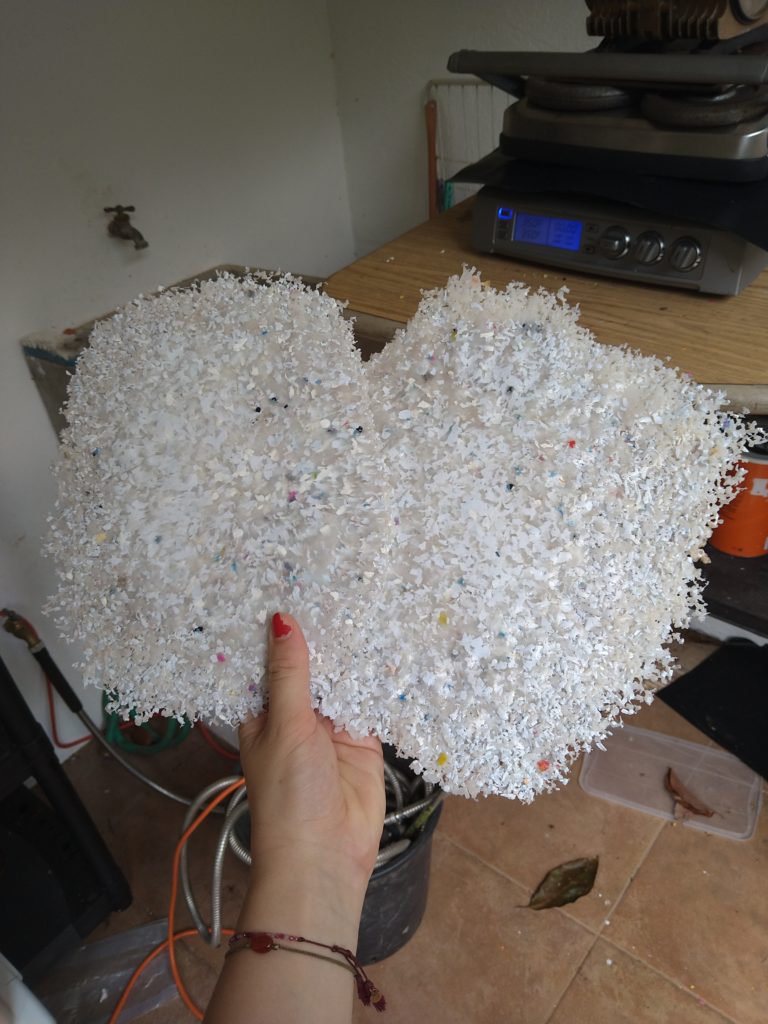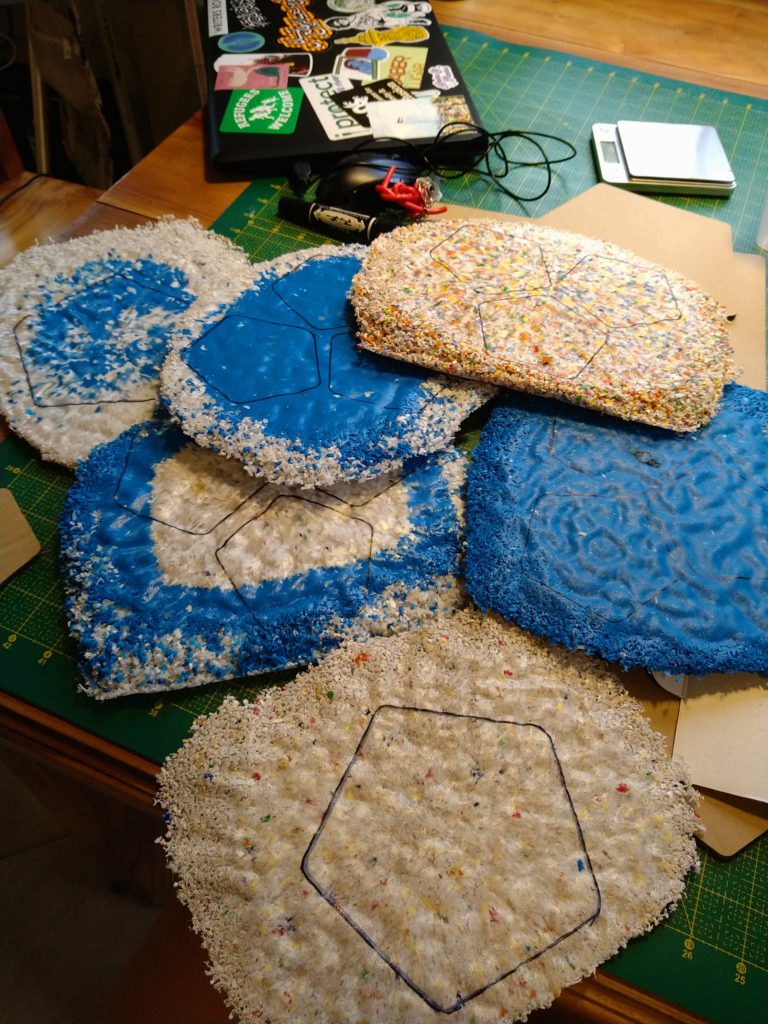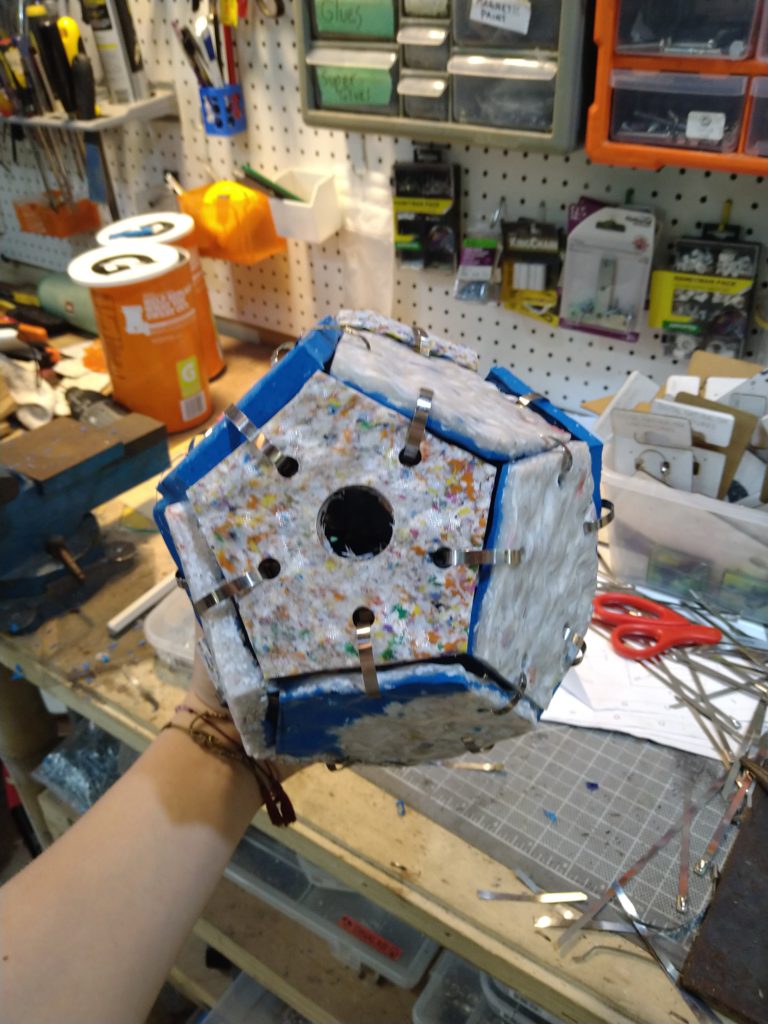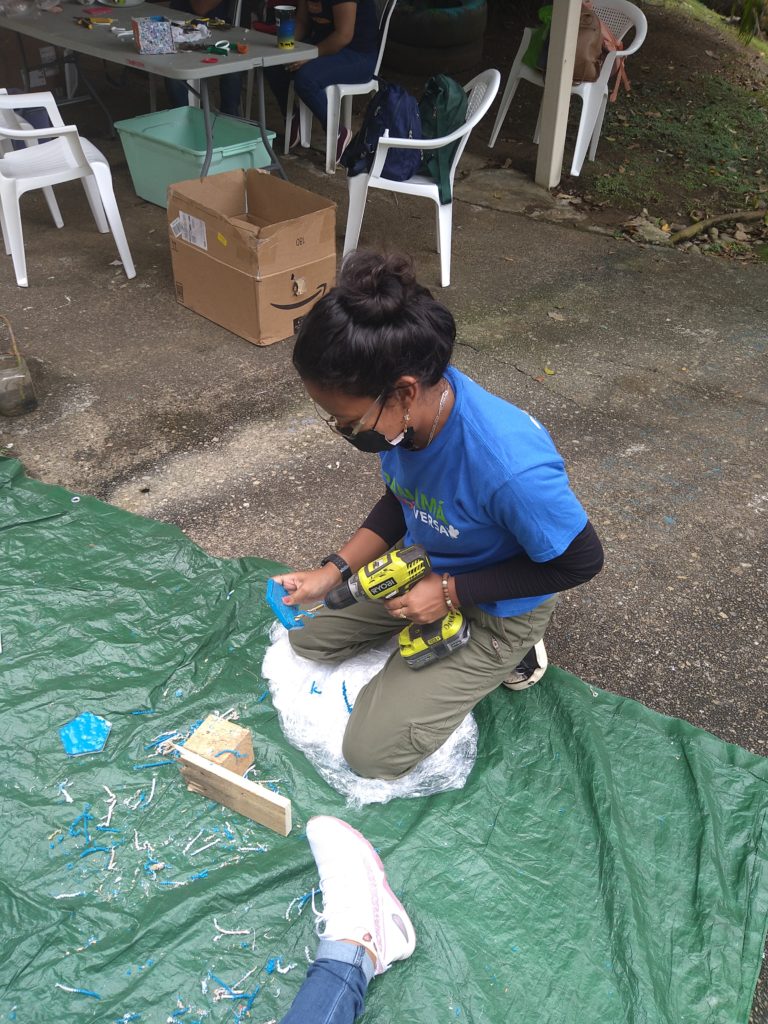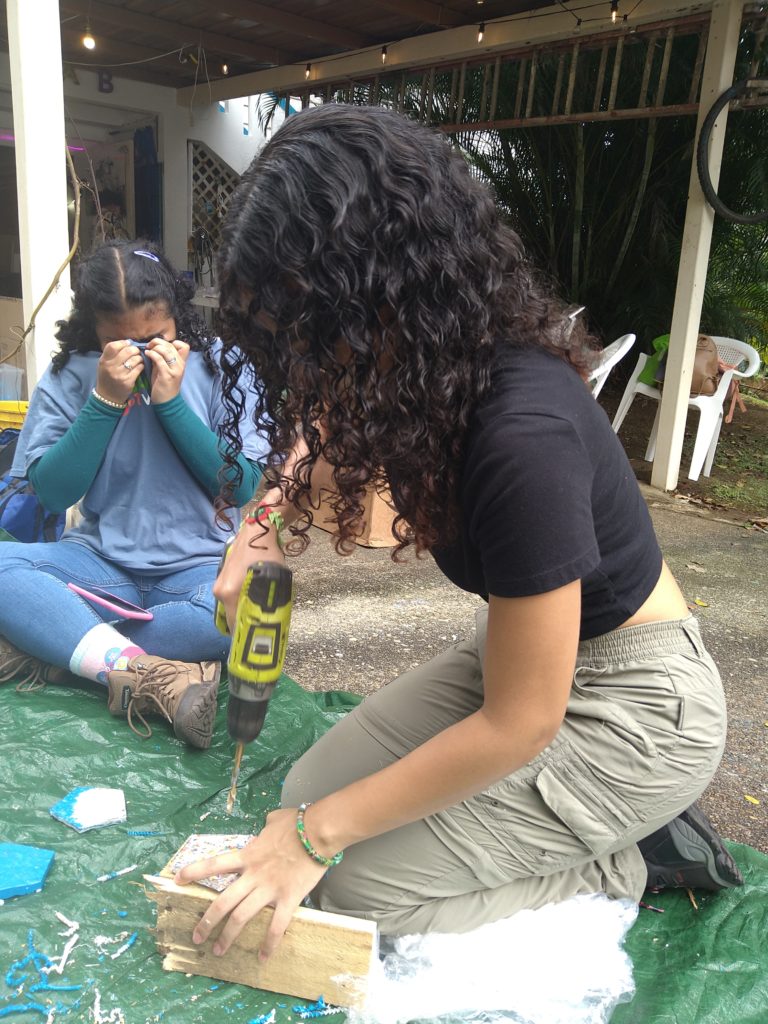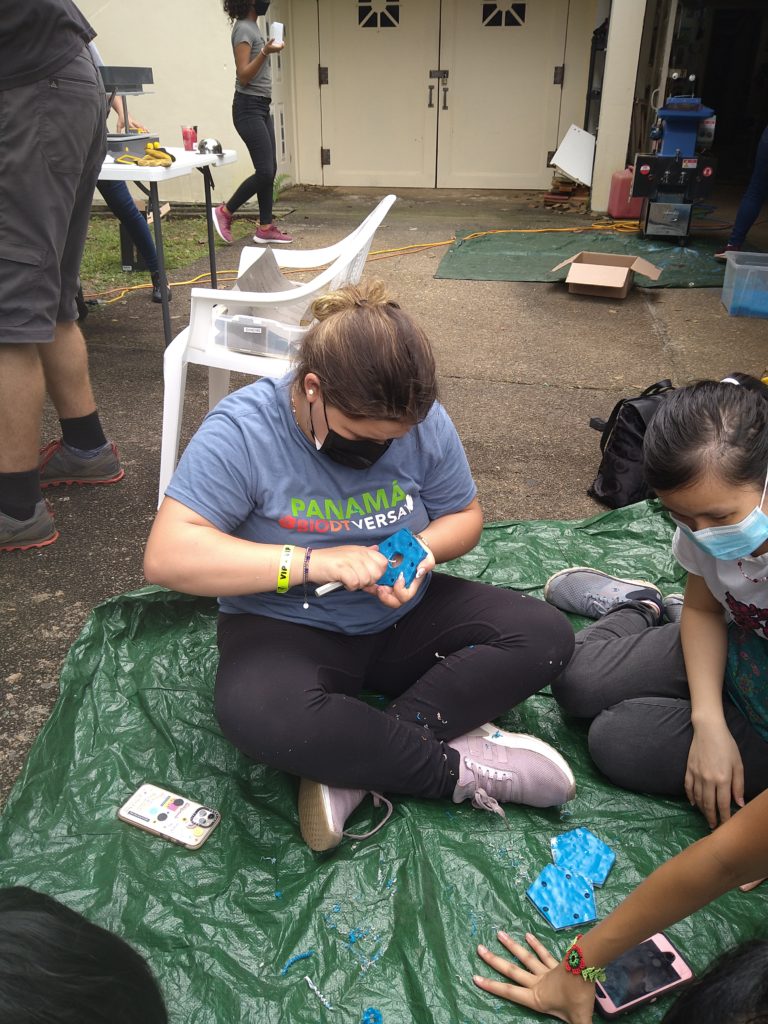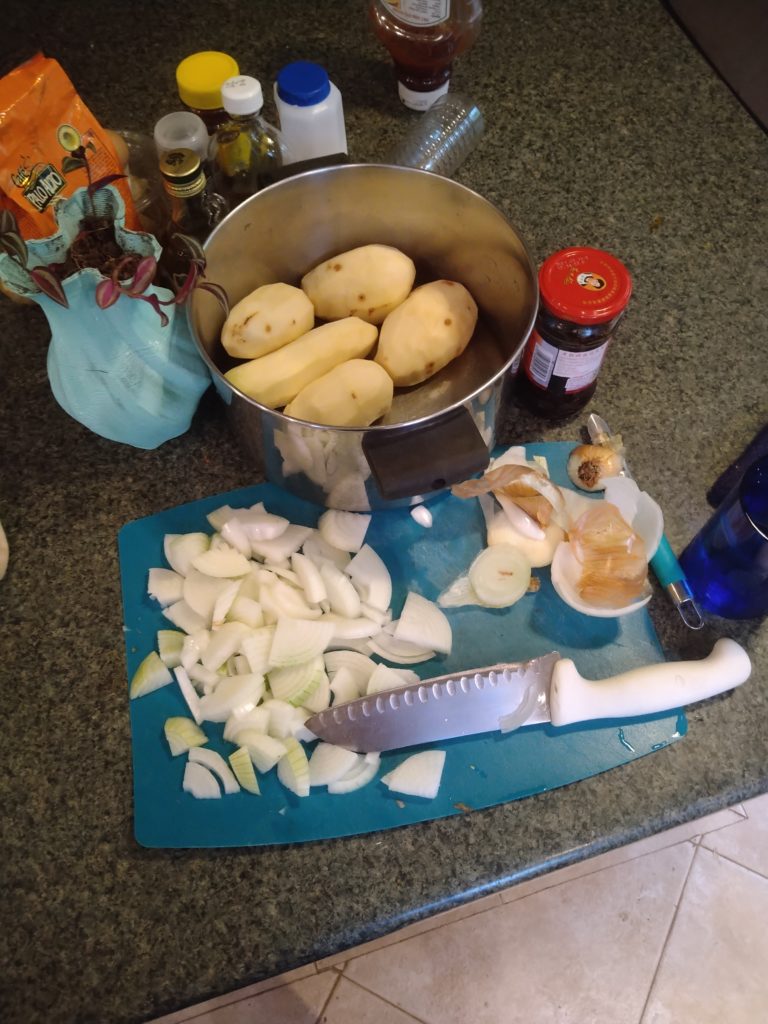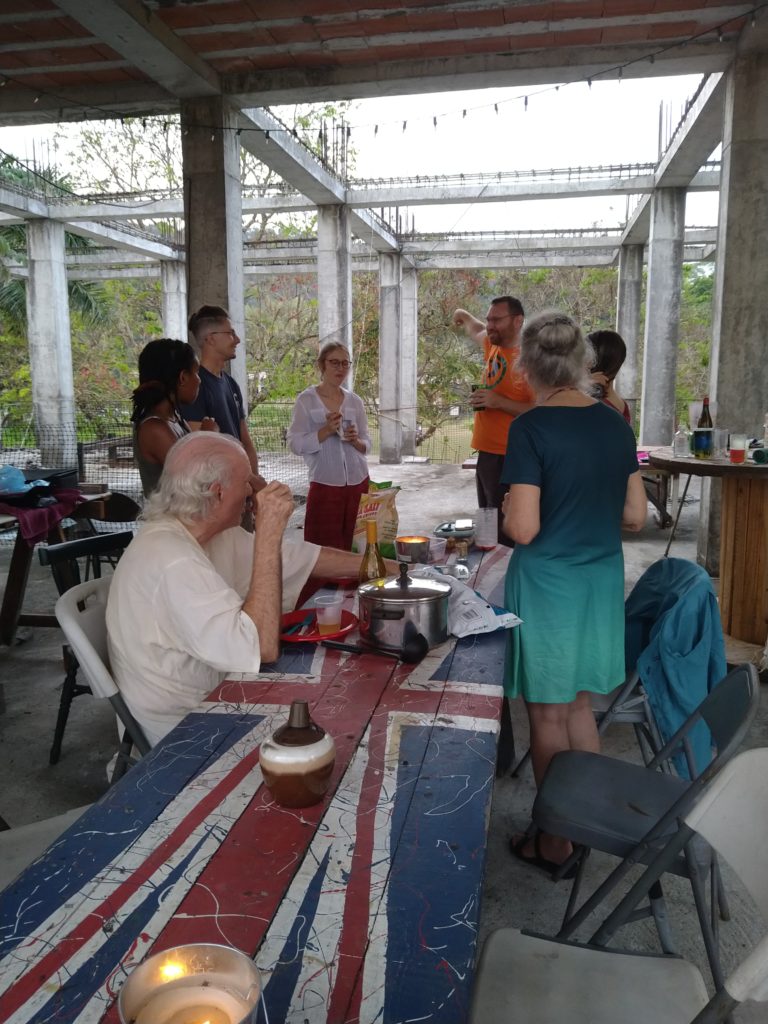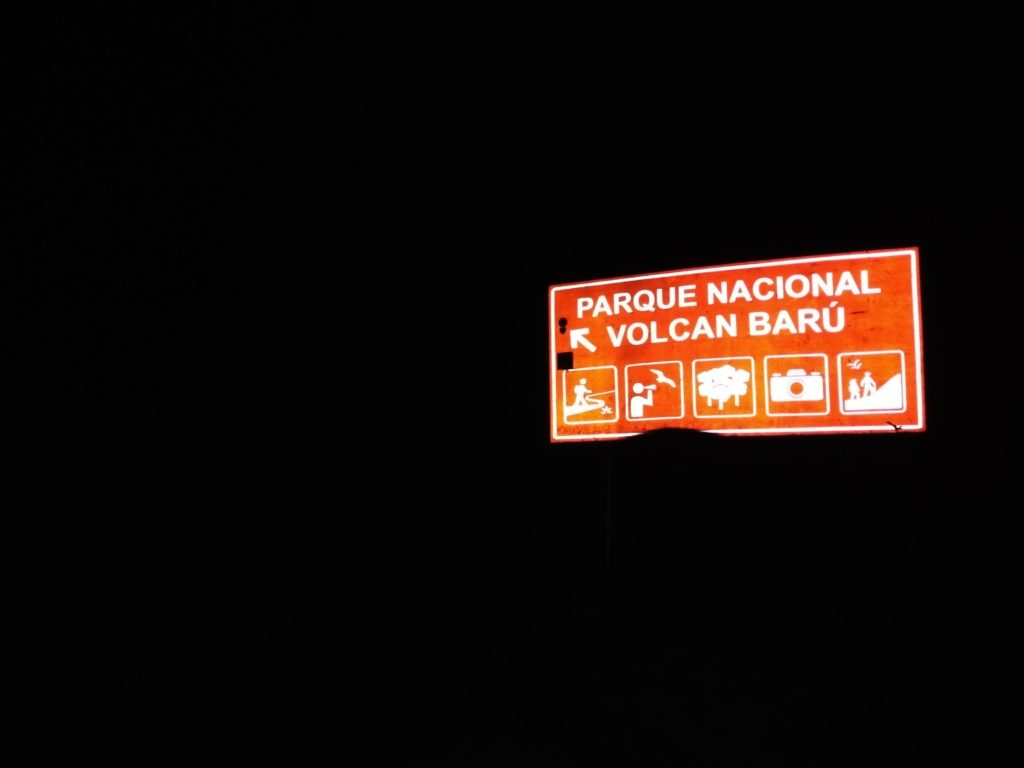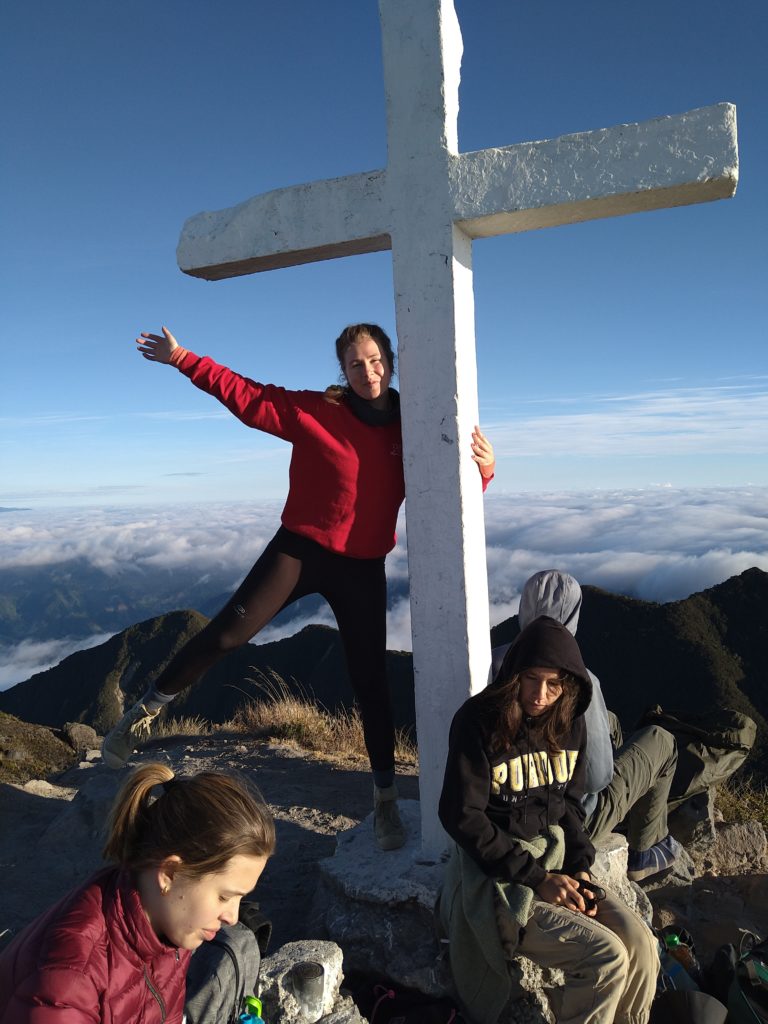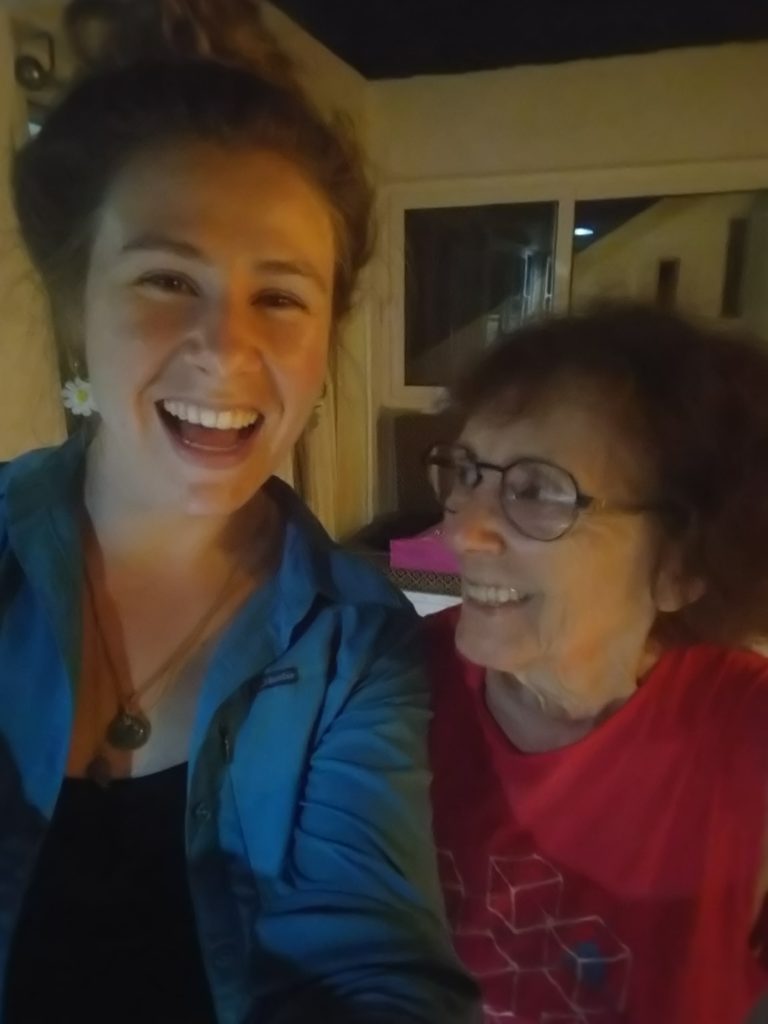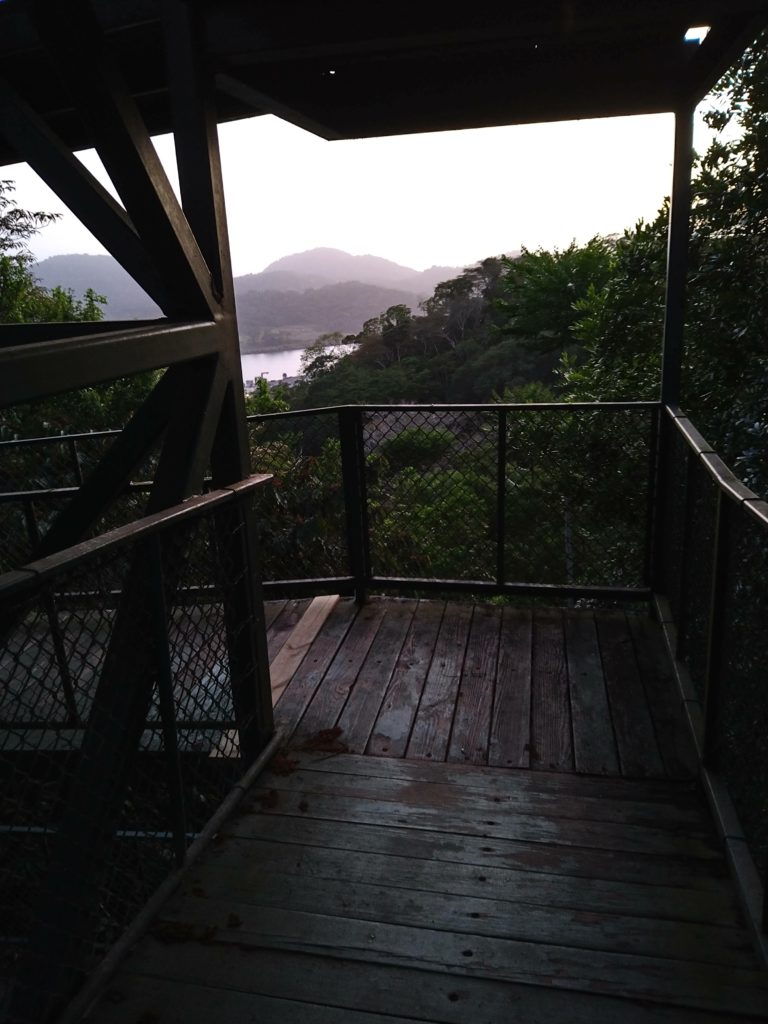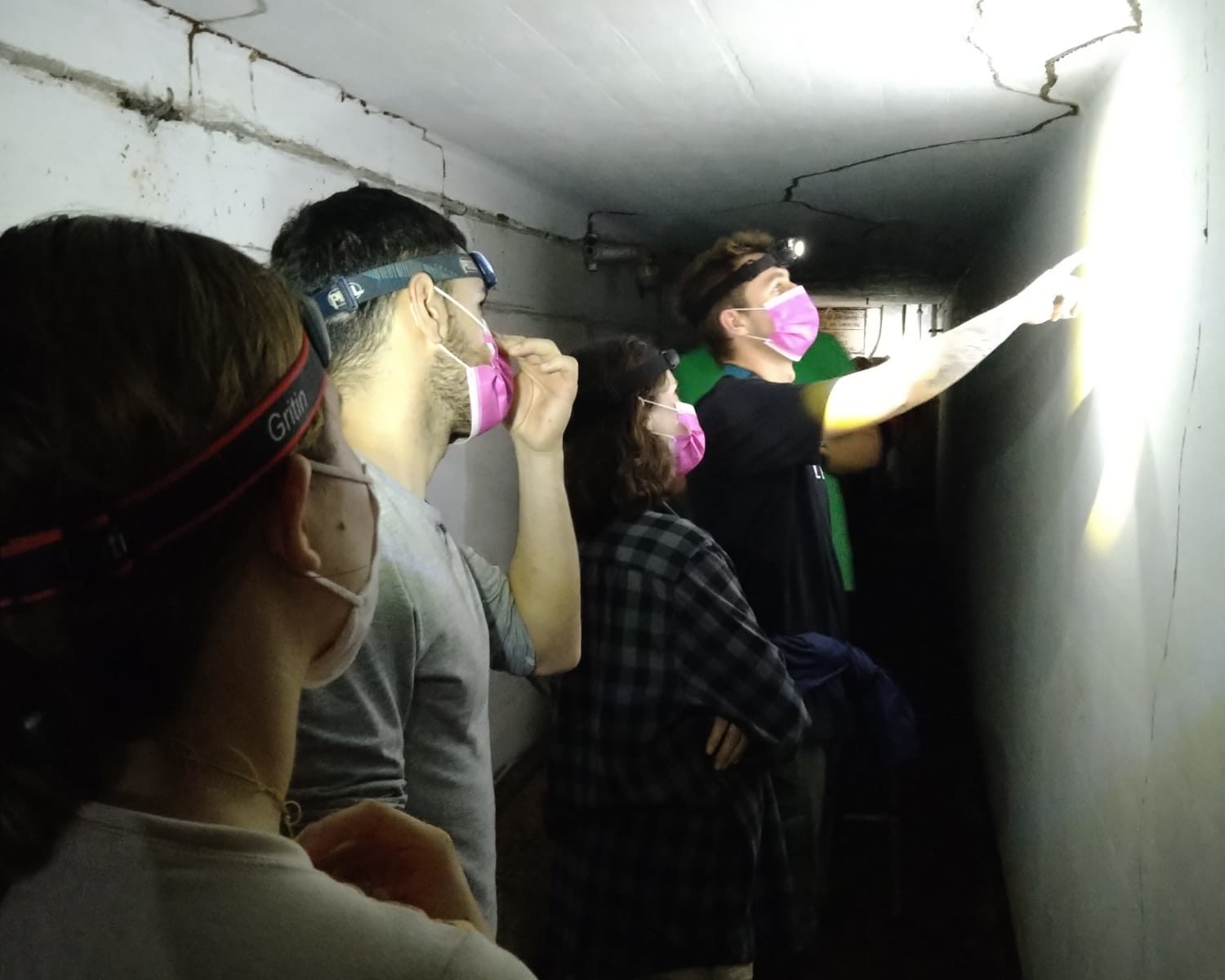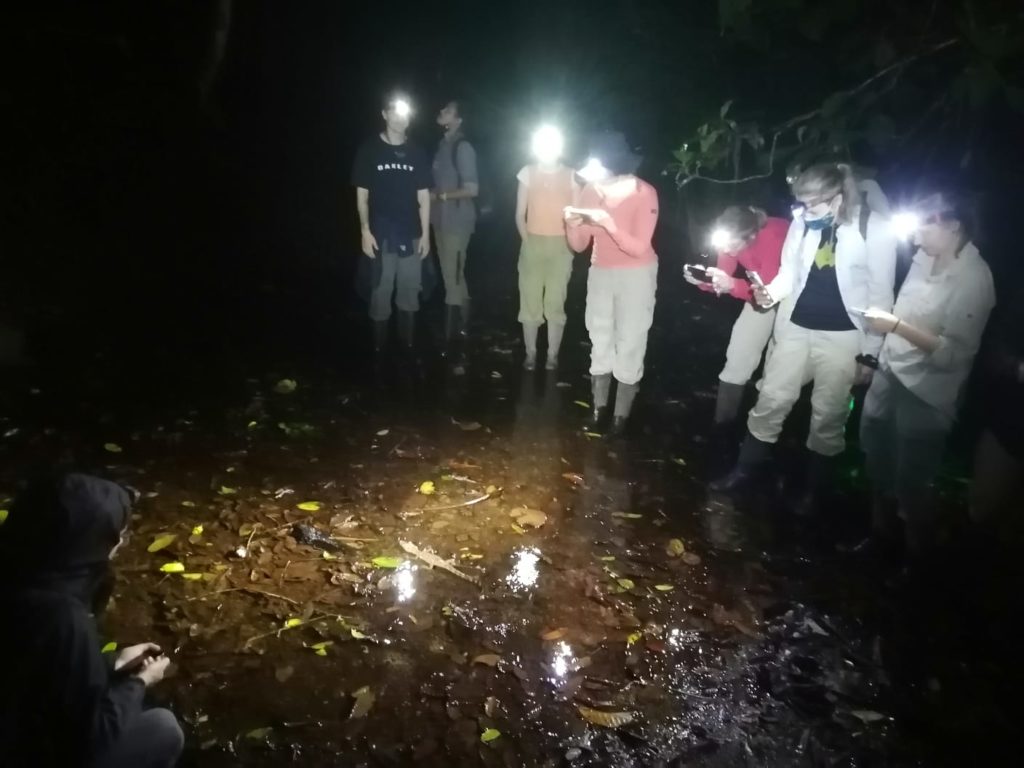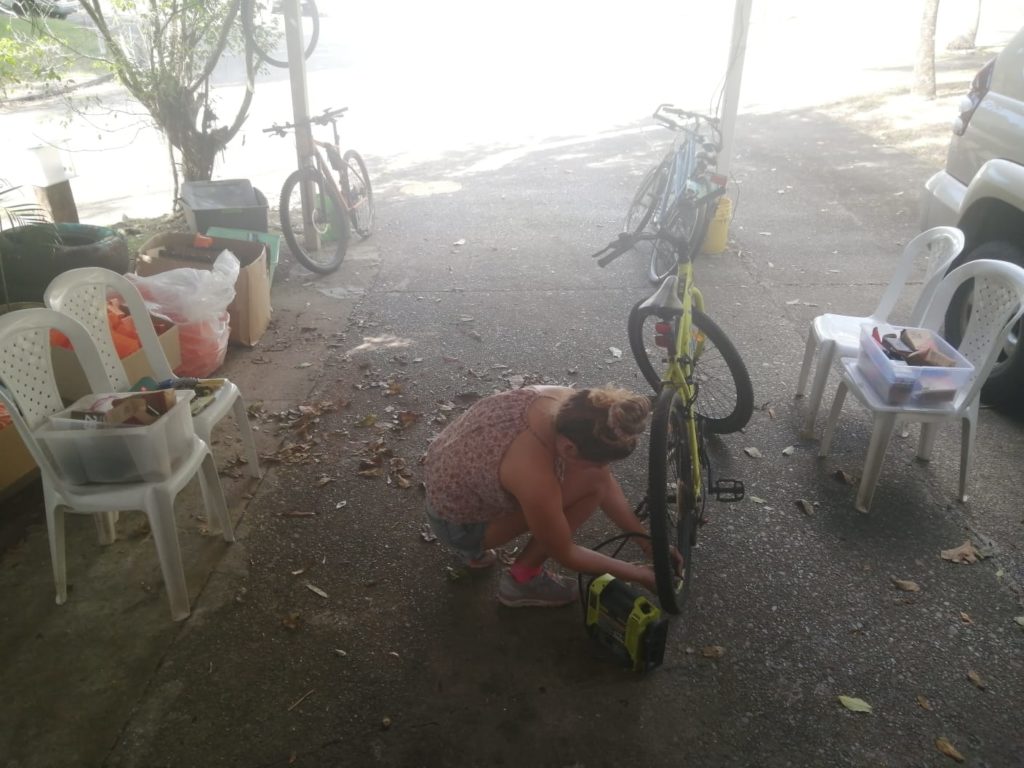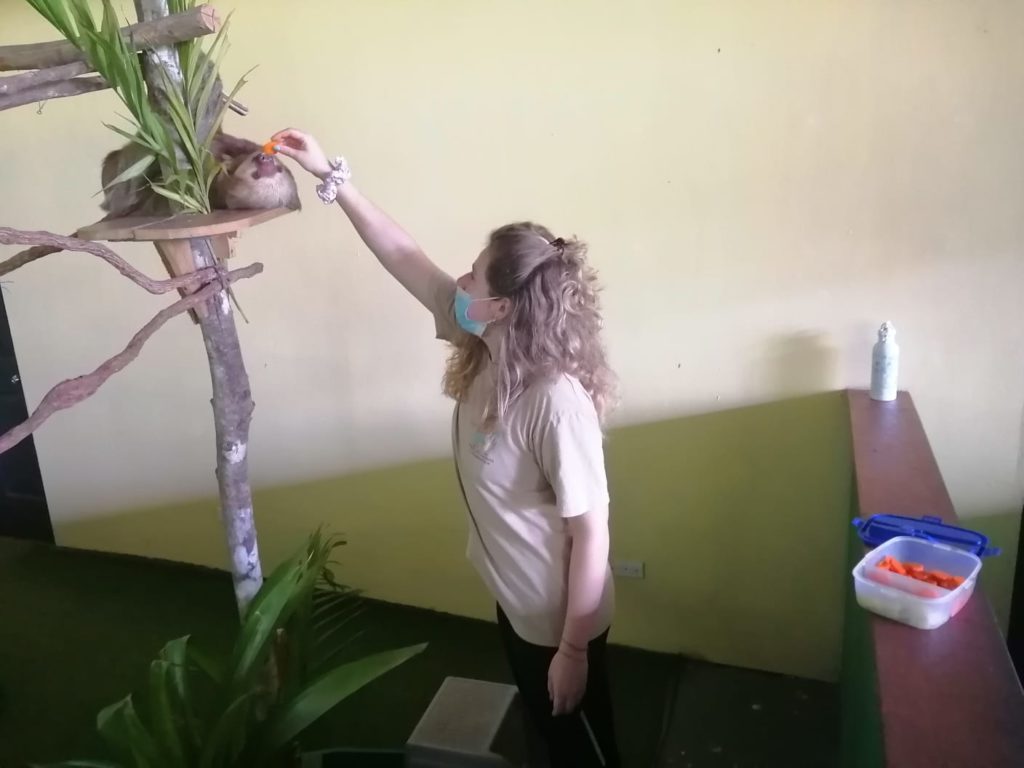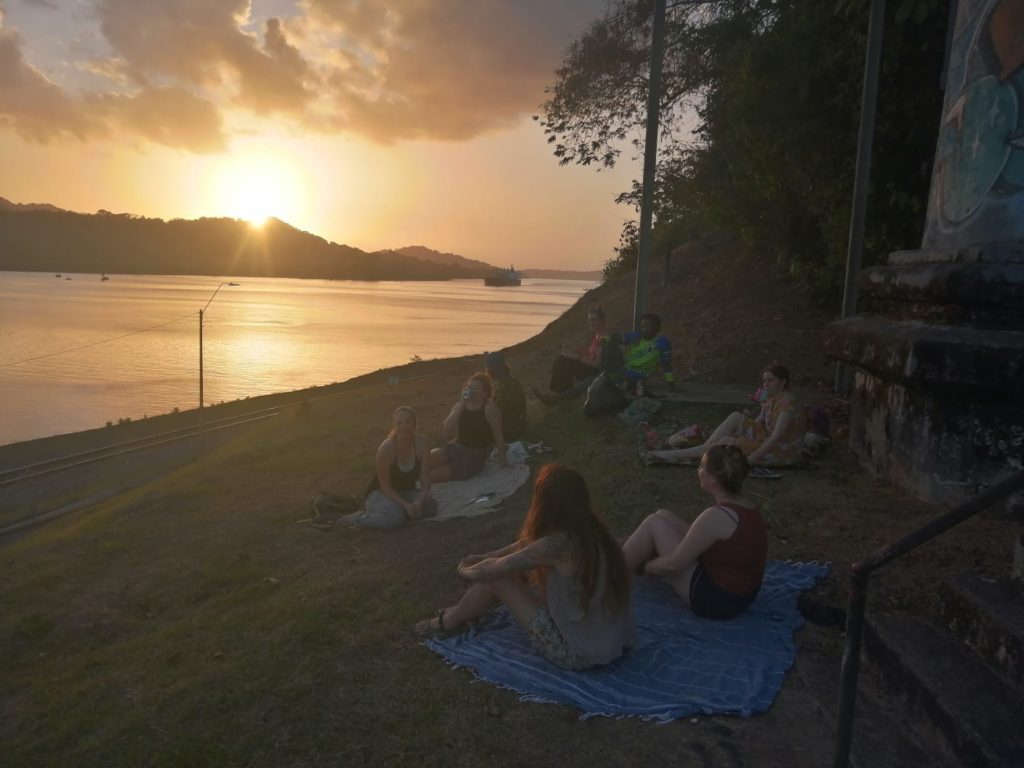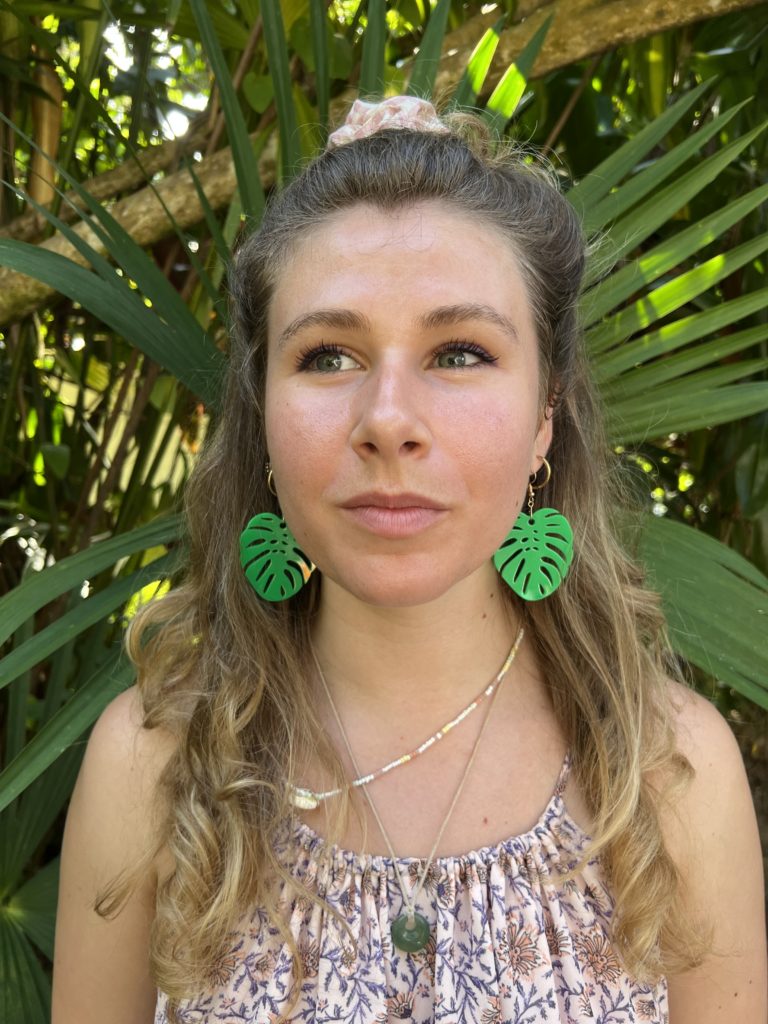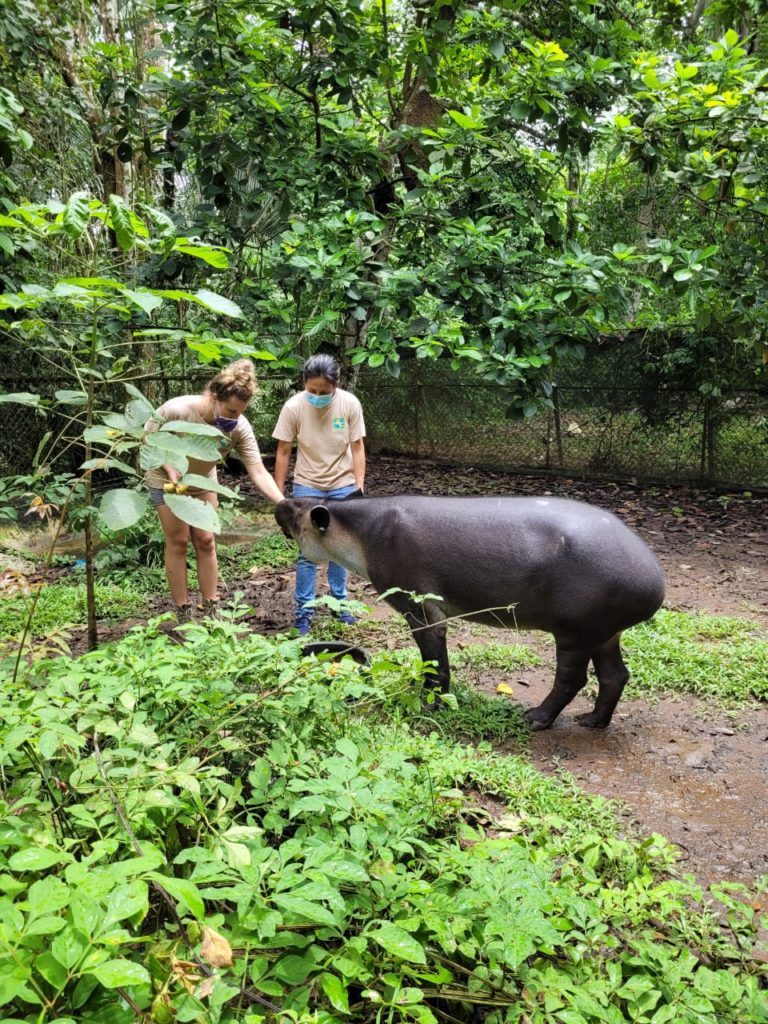
Always when I look back at my blogposts, it surprises me how quick time goes by and how much I have done and learned. Looking at ‘How to become an amateur biologist 103’, all the stuff that I wrote about seems so far away already. Also considering the progress of my project. It feels like ages ago that I have decided to something with sounds and vibrations in ants, but actually it is not even that long ago! Anyway, I guess that’s a good sign, right? Unfortunately, my stay in Gamboa and with that at Dinalab is coming to an end. With only two weeks left I am working hard to finish up my project and enjoy as much of Gamboa, the people, nature and all of its finest things and quirks as possible. However, for now I still have to tell you about everything I have done and learned these past weeks.
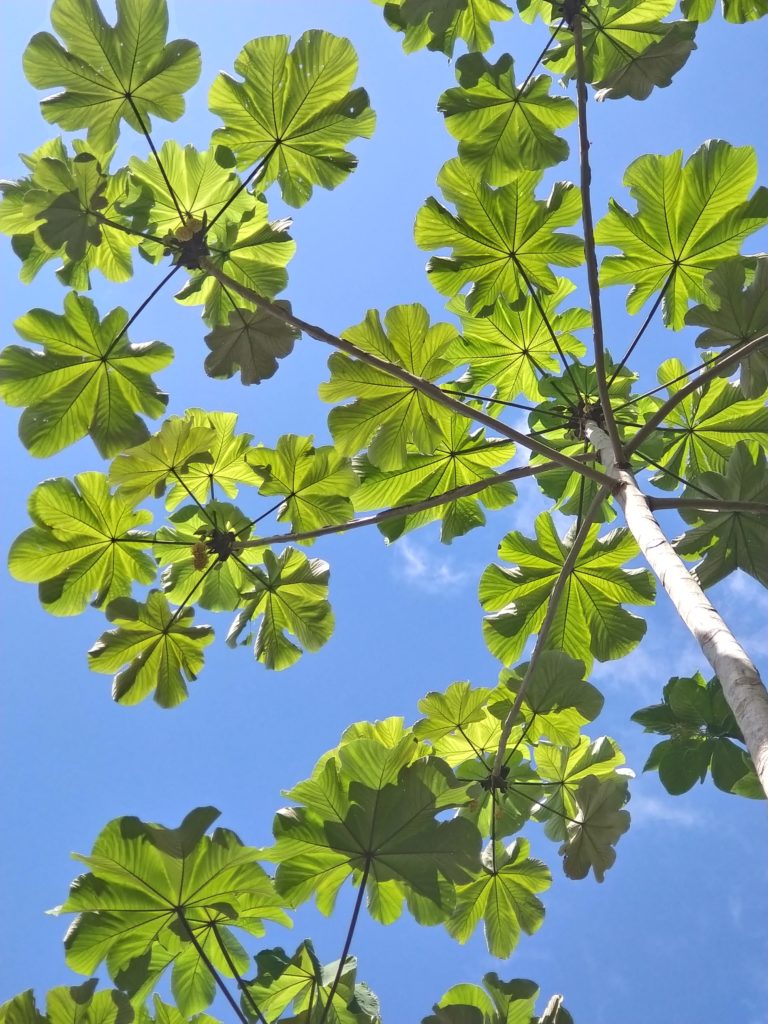
Pretty Cecropia tree 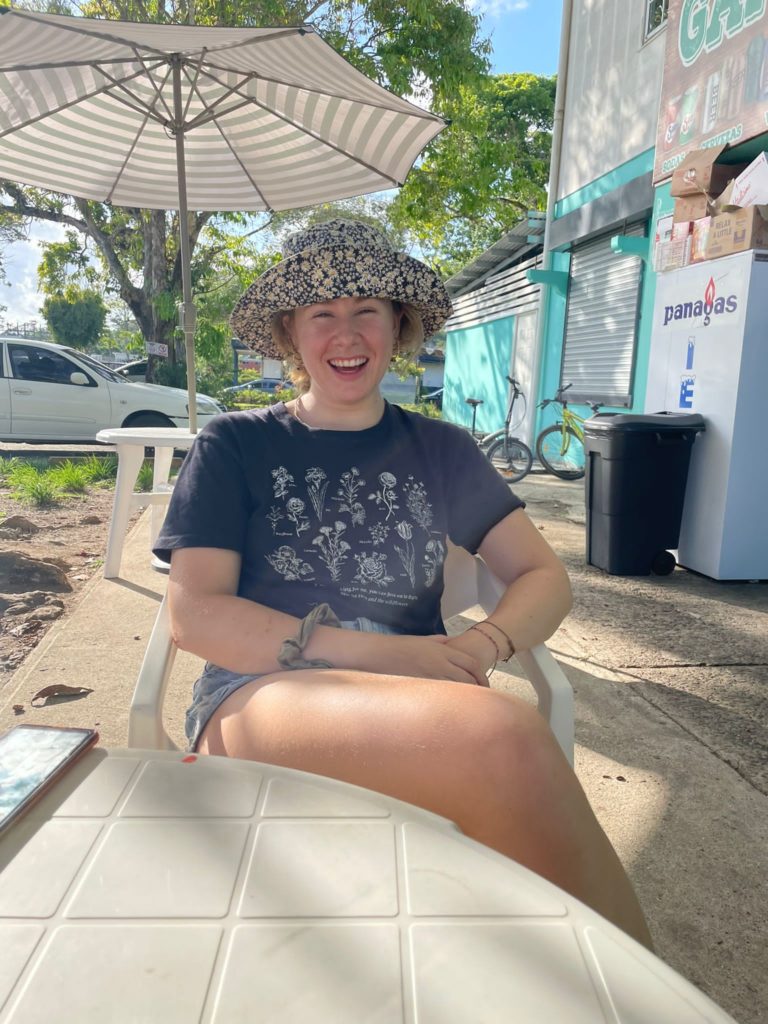
Ice cream time with Serena at the Tienda 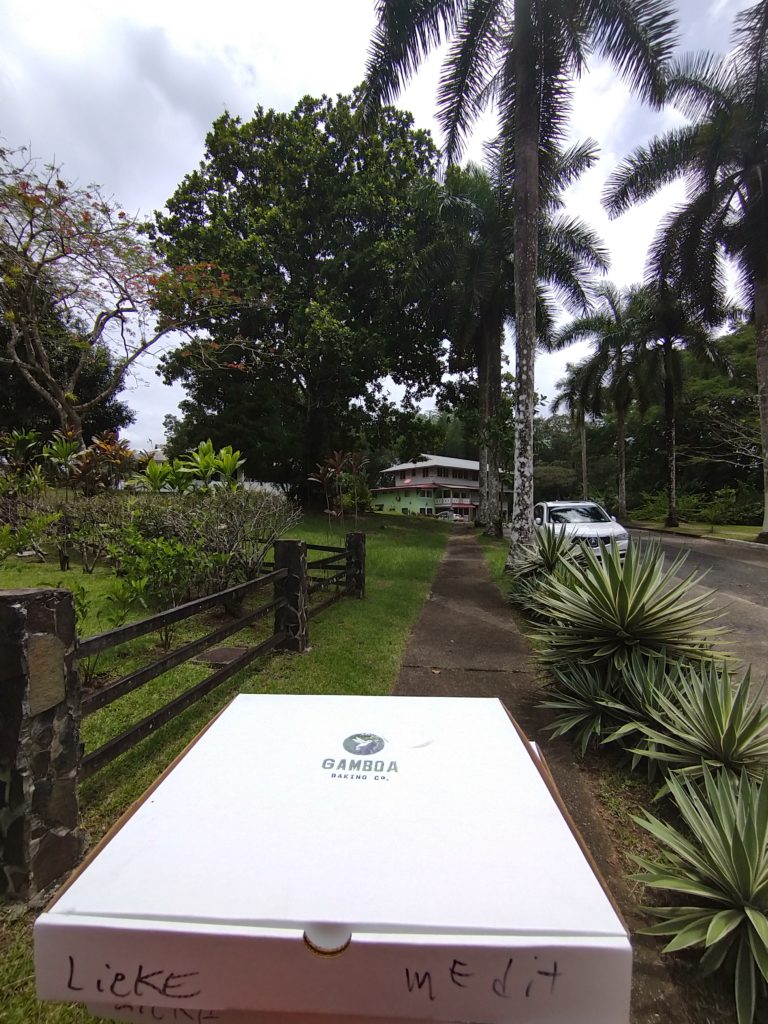
Pizza from Gamboa Baking Co. <3
A week is never the same here in Gamboa. You might have nothing planned in the night and then someone texts you: “We are leaving to go lizard seeking in five minutes, you wanna join?” And in five minutes you find yourself in your field clothes, boots and headlamp, weaponed with your bugspray , ready to seek some lizards. This actually happened. The Gamboa life, or in general the Latin-America lifestyle, with its chaoticness, leaves more room for spontaneity which I love! It has been a breath of fresh air from the lifestyle in the Netherlands, where everything is very much structured and planned weeks in advance. It is going to be hard adjusting back to these habits in September 😉
The only constants here are doing my project at Dinalab and going to APPC on Friday’s. Scrolling through my pictures, you will mostly find stuff about my project and adorable (and occasionally also scary) animals. APPC has been great, and I am still very much loving my quality one-on-one, or one-on-many time with the sloths. I really am gonna miss them when I leave. Oof, I am already becoming sentimental. I will try to save that for the last one in this series of blogposts. Anyway, new sloth fact: Sloths closest relatives are anteaters and armadillos, and they descent from this massive terresterial sloth that were as big elephants 😮
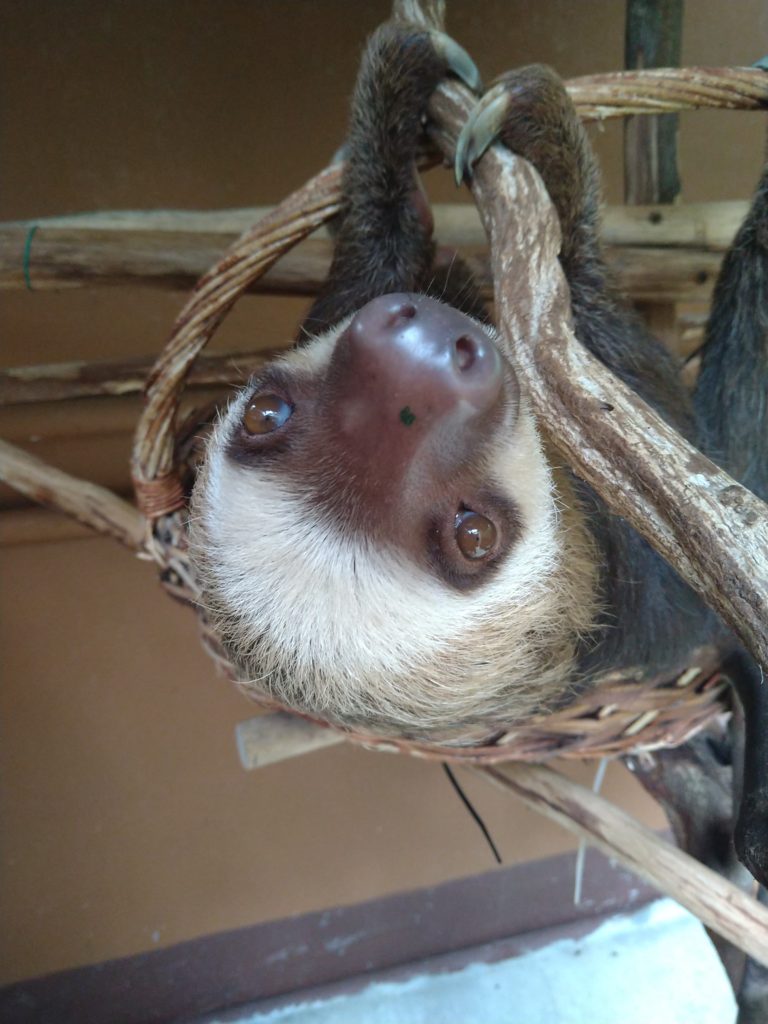
Ingmar 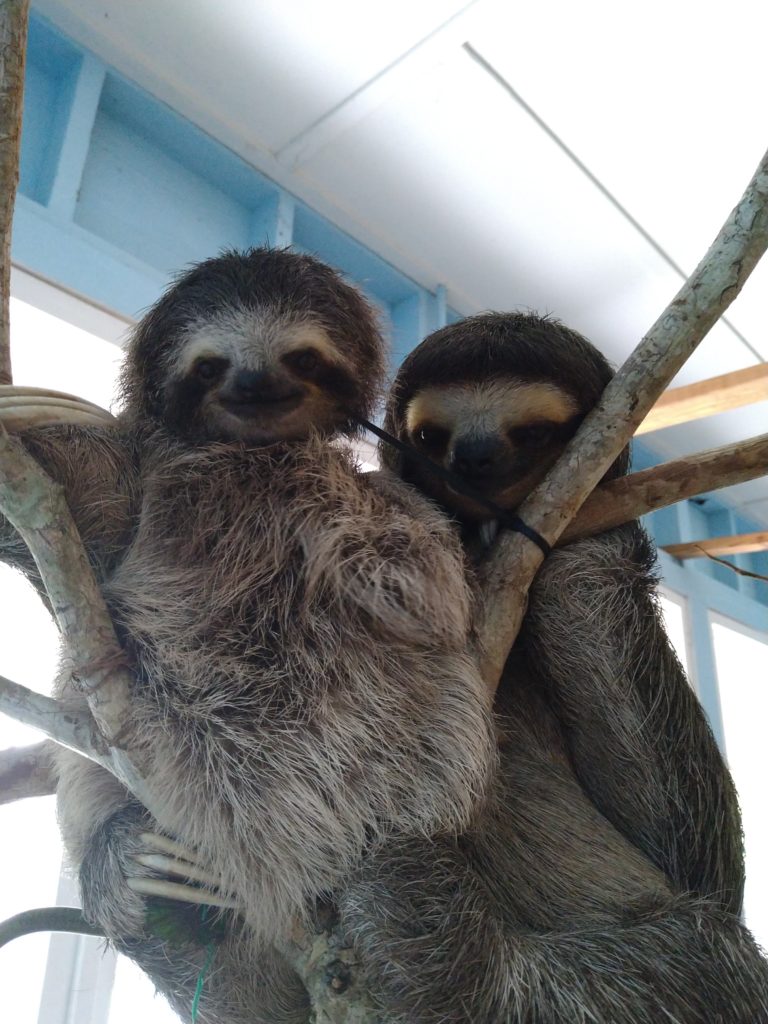
Hugging three-toeth sloths (or Bradypuses) 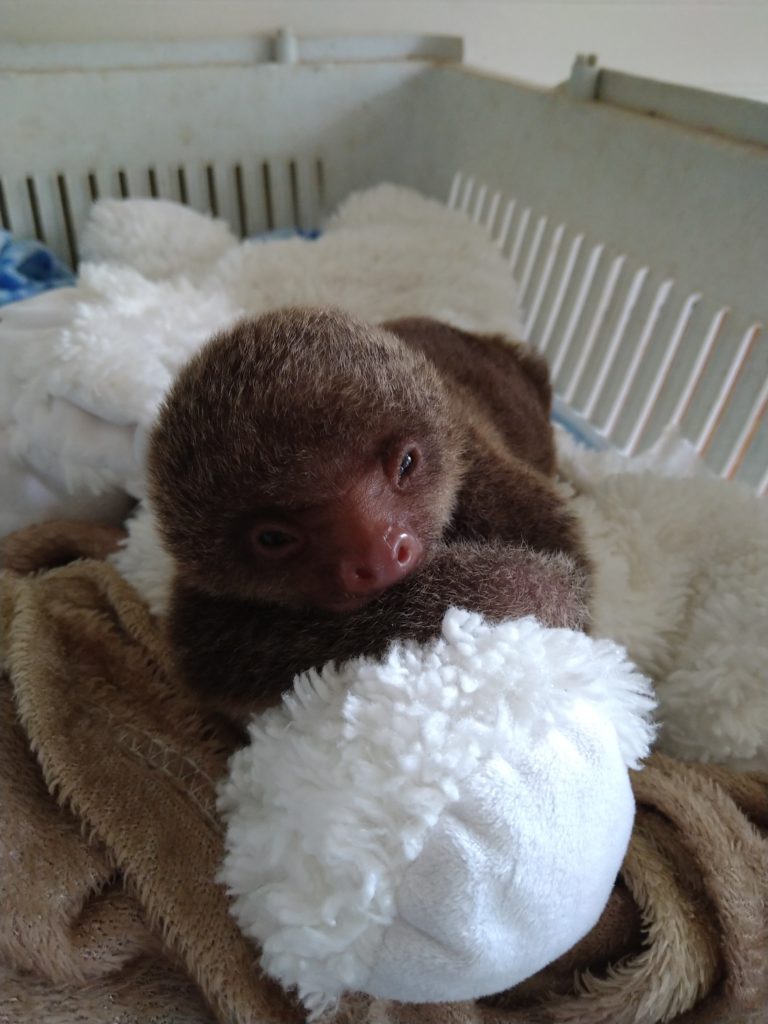
Teeny tiny baby sloth
For my project I was testing out different frequencies and patterns of frequencies on the Leafcutter Ants in front of Dinalab. At one point I noticed that there was some yellow-orangish substance on the piezo disk, which I hadn’t seen before. I cleaned the disk and tried it again on a different part of the trail with the same vibration settings (100hz with a duration of 100ms). Then I saw with my own eyes that (one of) the ants was/were secreting this substance. How exciting!!! But why, what, how and when? 🐜
The vibration pattern seems to elicit some kind of ‘distress’ response in the ants. They start attacking the piezo disk like crazy and try to bite/cut it. Also, when the other ants smelled the substance, they flinched away. The entomologists I have spoken to think the substance is something like faecal matter, or in other words, ant poop. 💩 They told me that, apparently, the matter serves as a fertilizer inside of the nest and as a deterent outside the nest. Maybe when excreted in ‘fear’, an additional chemical compound is added to the excretion, which is called context-dependent chemical signaling. One of the entomologists, Alissa, wants to check what the chemical substance is in the lab, which is super exciting!! Probably it is ‘just’ poop, but it is still very interesting why they excrete this with this type of vibration.
For my end product I am making an installation where people can experience the vibrations that leafcutters make accompanied by the sound that it makes for us. It is literally going to be an experience how it is ‘to stand in someone else’s (in this case something else’s) shoes’. I will not tell you too much details yet; you can see the endresult in the last blogpost or at the exhibition 😉 I have still a lot of work to do in one week, but I hope and believe it’s going to pay off!
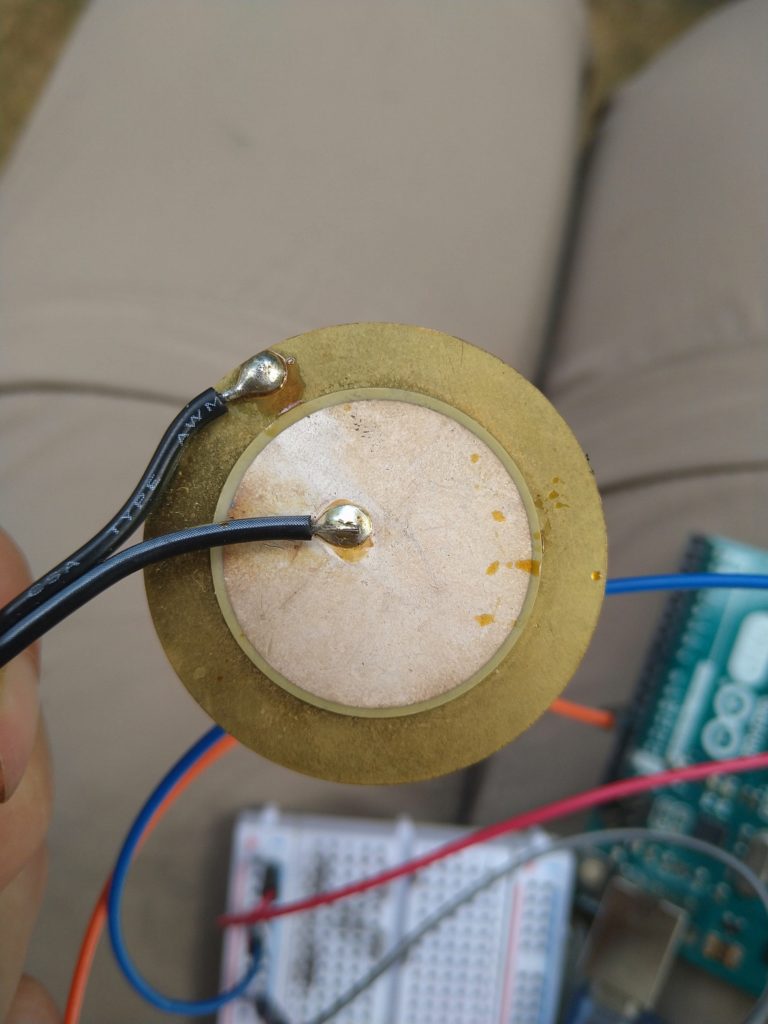
Ant poop?
Furthermore, recently two new entomologists, or more specifically, myrmecologists, have arrived in Gamboa. Alissa and Stephanie are studying fungus-growing ants (but not the leafcutters) and they have taught me so much new stuff about ants! One time they took me ‘ant digging’, which was so cool and so much fun. I even got to dig up ‘my own’ colony and write my initials on the sampling cup. The species we dug up is Serciomyrmex Amabilis, a little fury fungus-growing ant. The cool thing is that some colonies are infiltrated by a certain type of ant, Megalomyrmex symmetochus. These ants are not fungus-farming ants, so they don’t help with caring for the garden and thus they are seen as parasites. Mega is a social parasite since it lives together with the host. Unfortunately for Sercio, they do eat from the garden and profit from it. At first instance this seems like parasitism (thus the name parasite as well), however, the parasites do protect the fungus by attacking other intruders. Alissa, Stephany and their research team say it may be a context-dependent mutualist since it also defends their host from other threats! Super interesting, right?
I have also starting to make two designs for the recycled plastic keychains that Kitty and Andy make and sell for the APPC. I really like the shape of the Cecropia leaves, which I see a lot around here because that’s what we get for Valencia the Taipir and the three-toeth sloths a lot, since it’s their favourite. Another design I made is, of course, of the leafcutter ant! I have spray painted them with some pretty colours and now they are almost ready to be sold! Actually I already sold my first (cecropia) design and I hope to sell more on the exhibition I am going to give at the end of my stay here 😊
Cool2 is also still in the game. We have been playing around more with Arduino and an LED strip. Slowly but steadily we are making progress and hopefully in one or two weeks we have a prototype to show and present! Besides our menstruation plant, Kitty taught Cool2 how to crochet. Kitty was an excellent teacher but crocheting is not my calling. It was nice, but I am a bit too restless for such detailed work. Serena loved it though and she made some really cool stuff, which you will probably see in one of her blogposts 😉
Serena organised a jungle crafting afternoon where we got to make something out of the materials that we found in the forest, to explain a (scientific) concept with. Although my thing didn’t fully work out as I wanted, I really did learn to get outside of my head. It was a super fun experience!
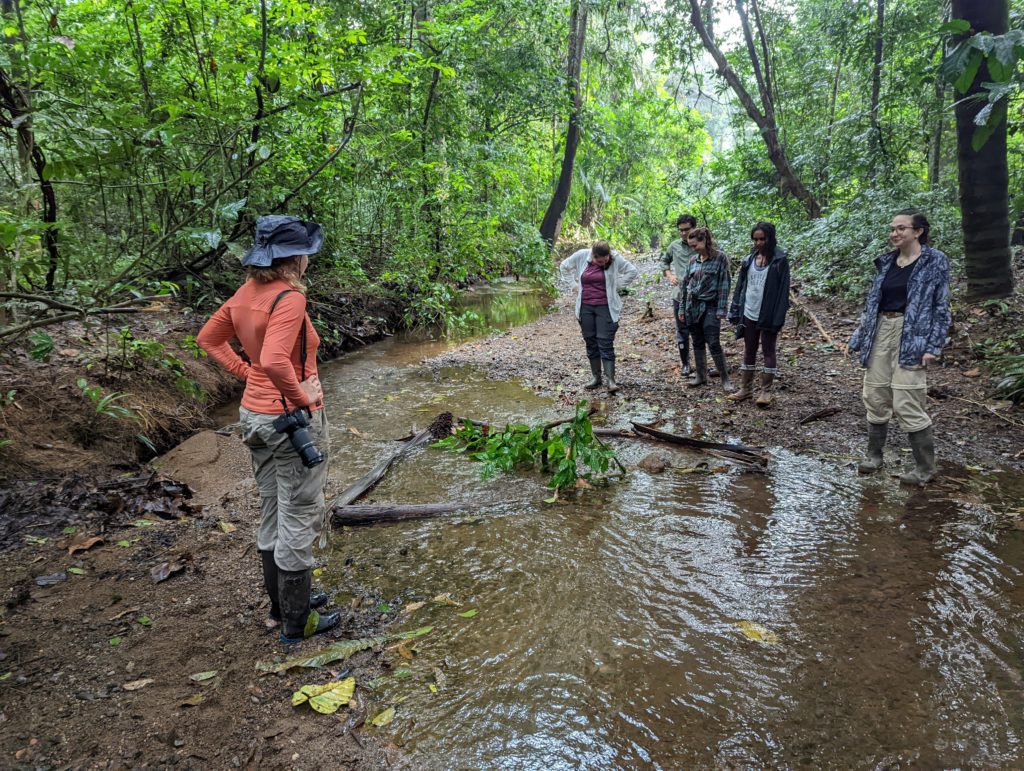
‘Can you hear it?’ 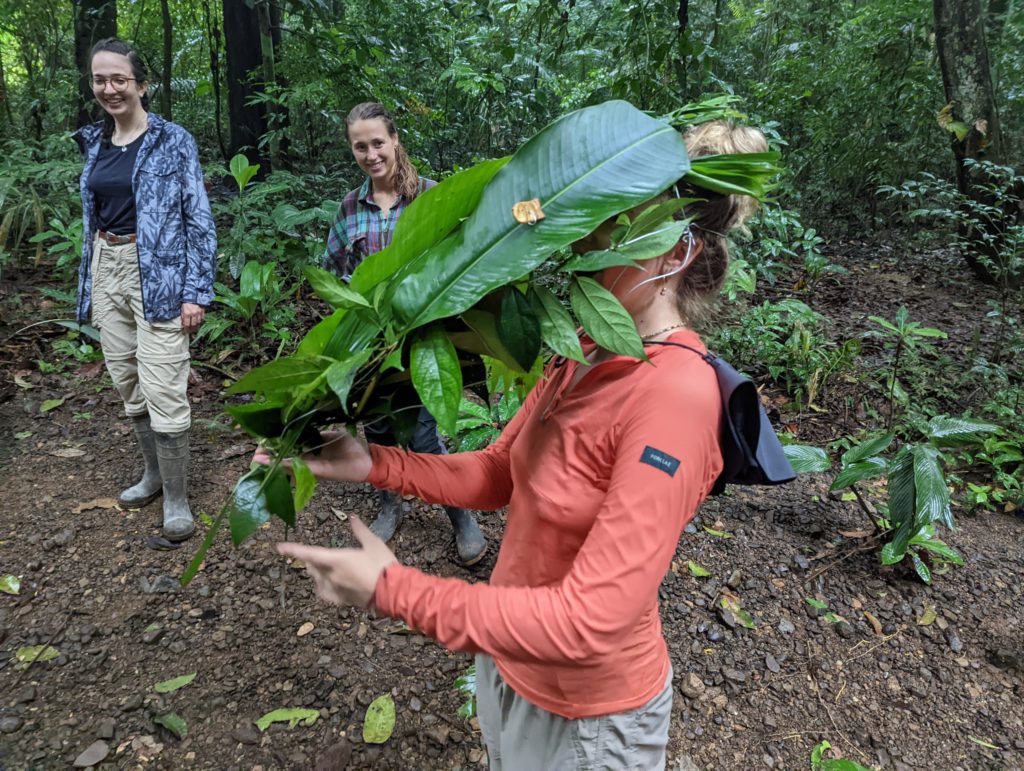
Andy’s anteater 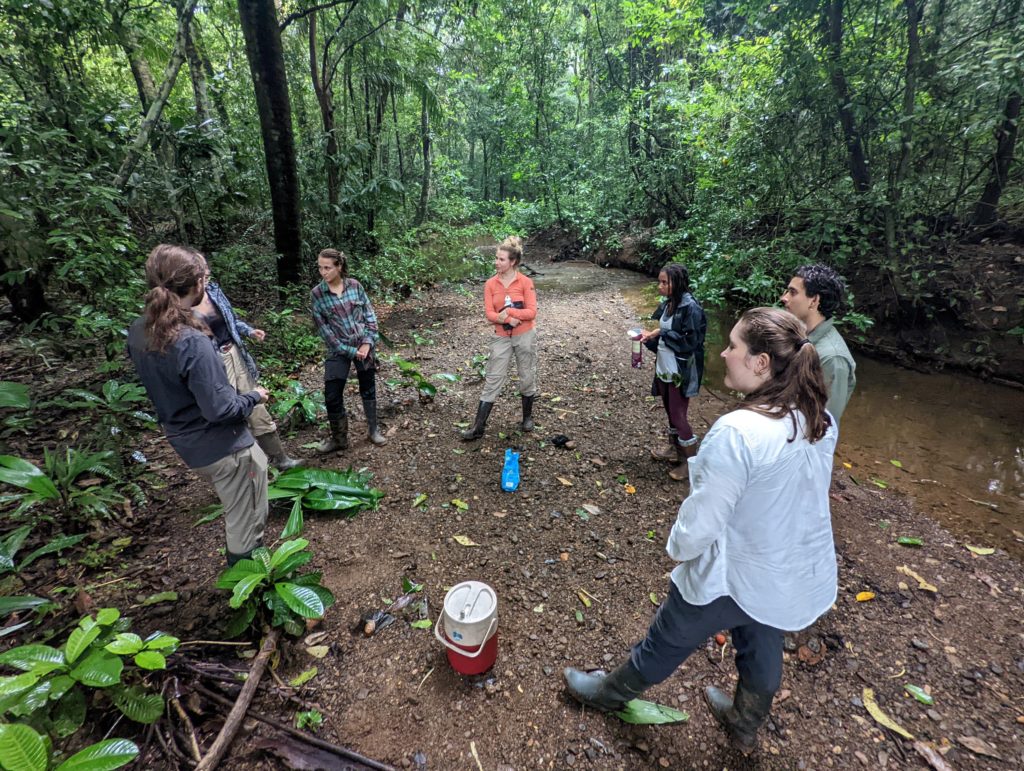
Jungle Crafters
Lastly but not least, I did a bunch of fun stuff here with my amazing Gamboa friends. We went a drag contest in the city, we visited the Biomuseo, Team Dinalab (me, Serena, Andy & Kitty) had a nice beachday at Forte Sherman, we had our second ruin party, we played Capuchin Heights (Andy’s self-made Carcassonne), went on a few night hikes/walks and of course some good old sunset hangouts!
See you until my last blogpost of this series:
‘How to BE an amateur biologist’ 😎
Lieke
